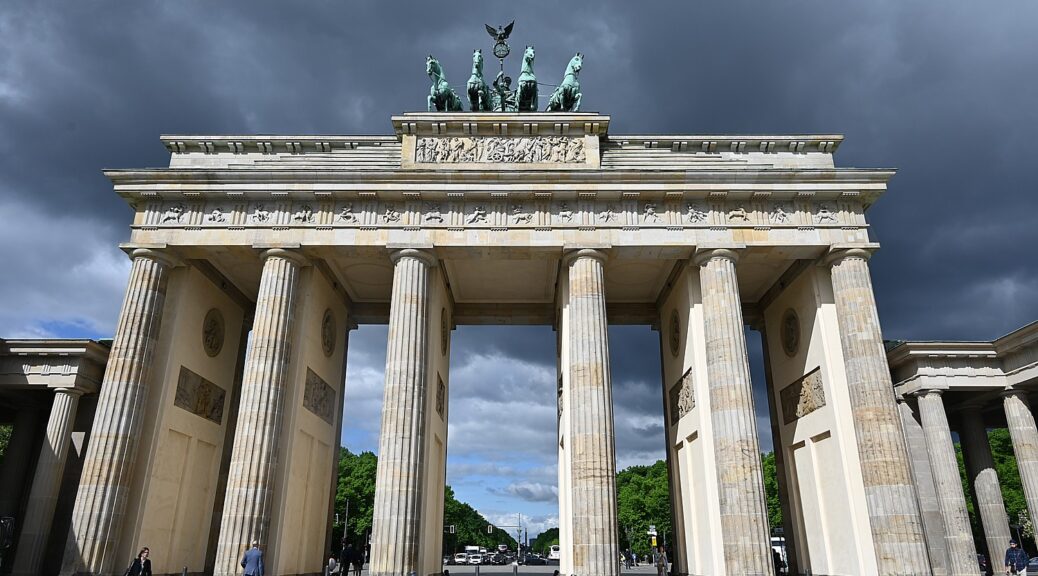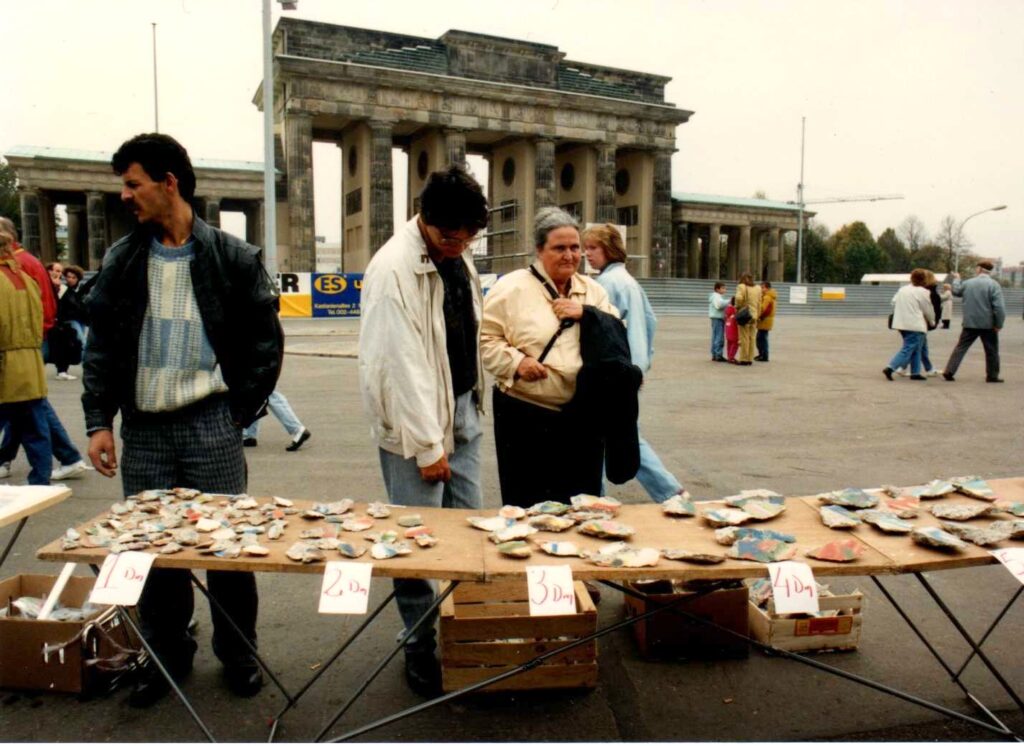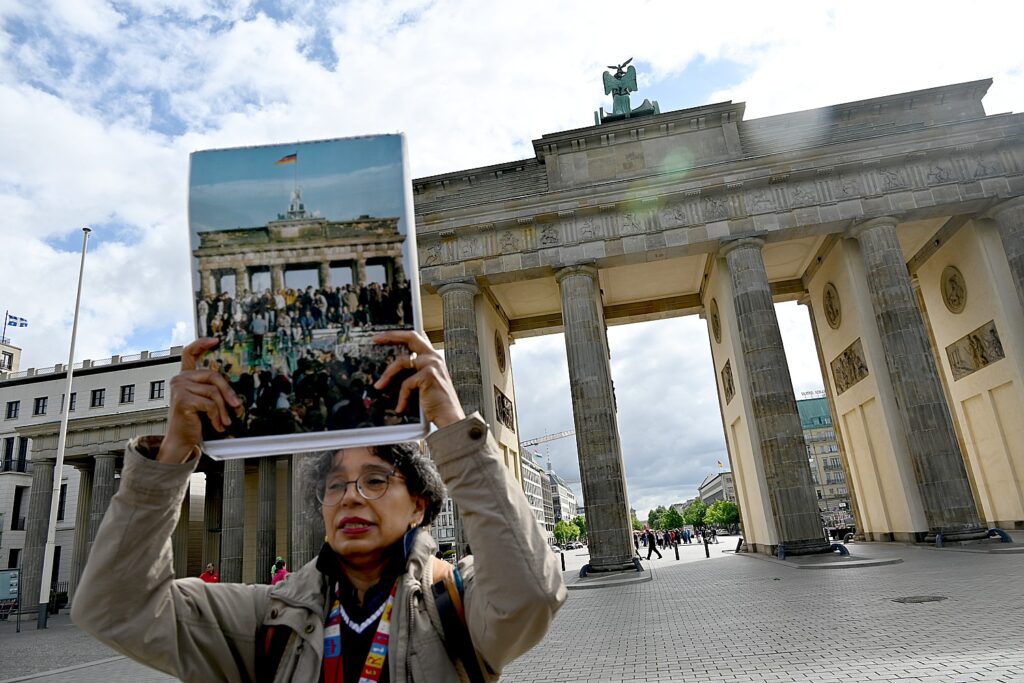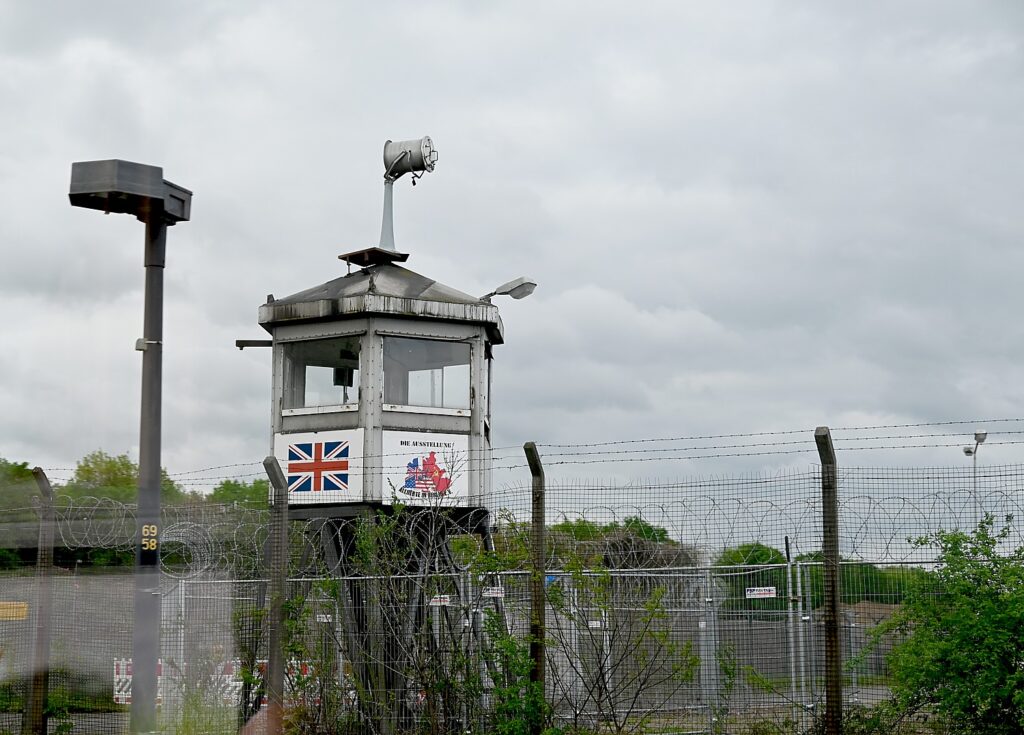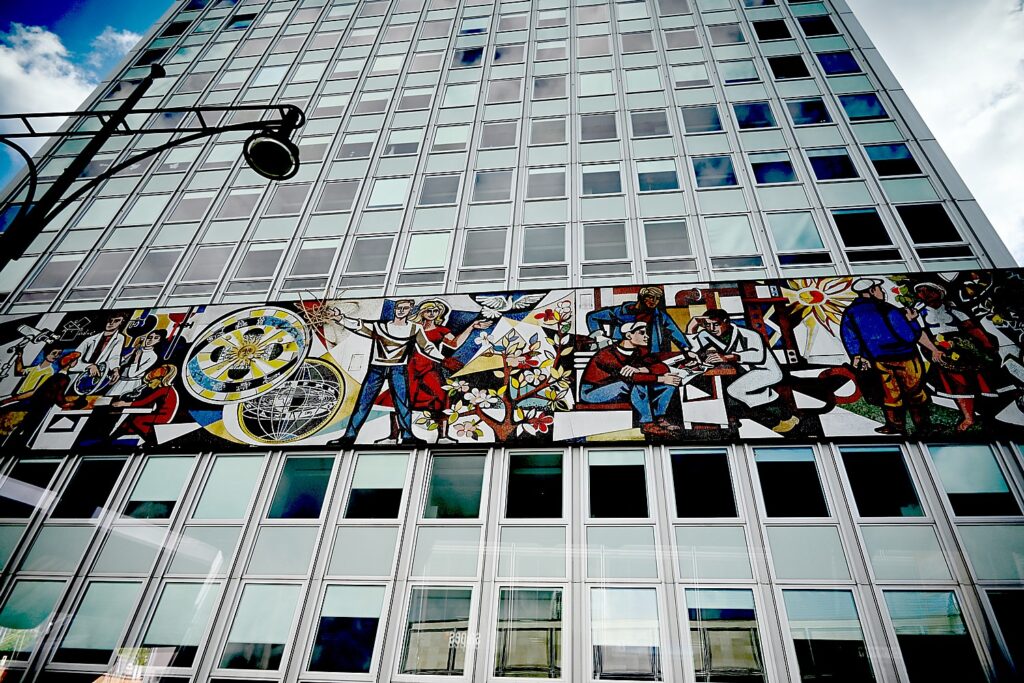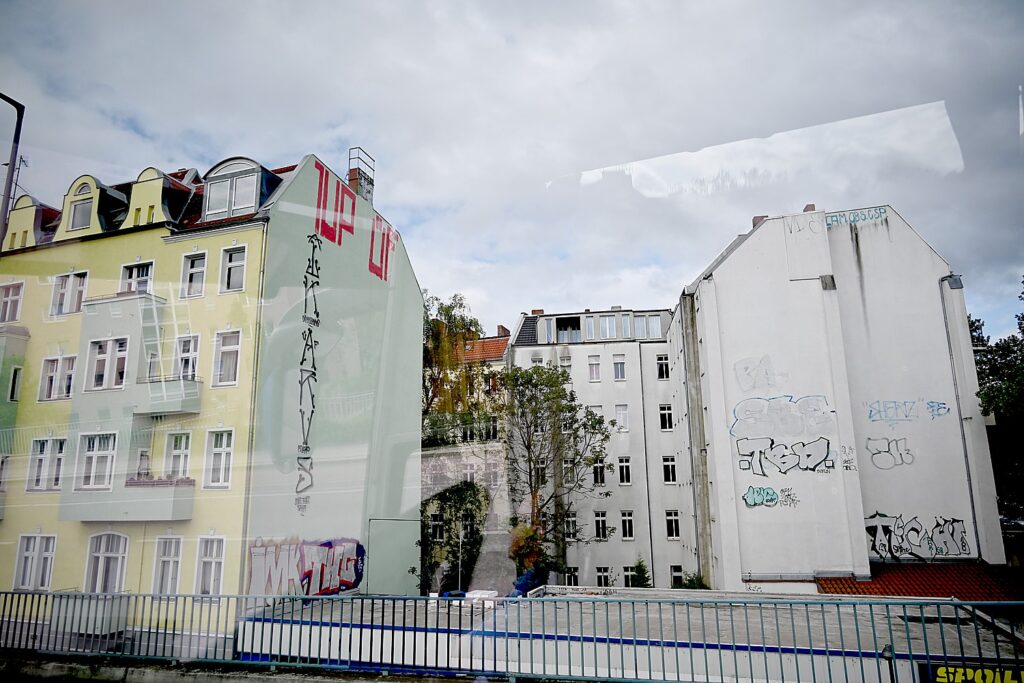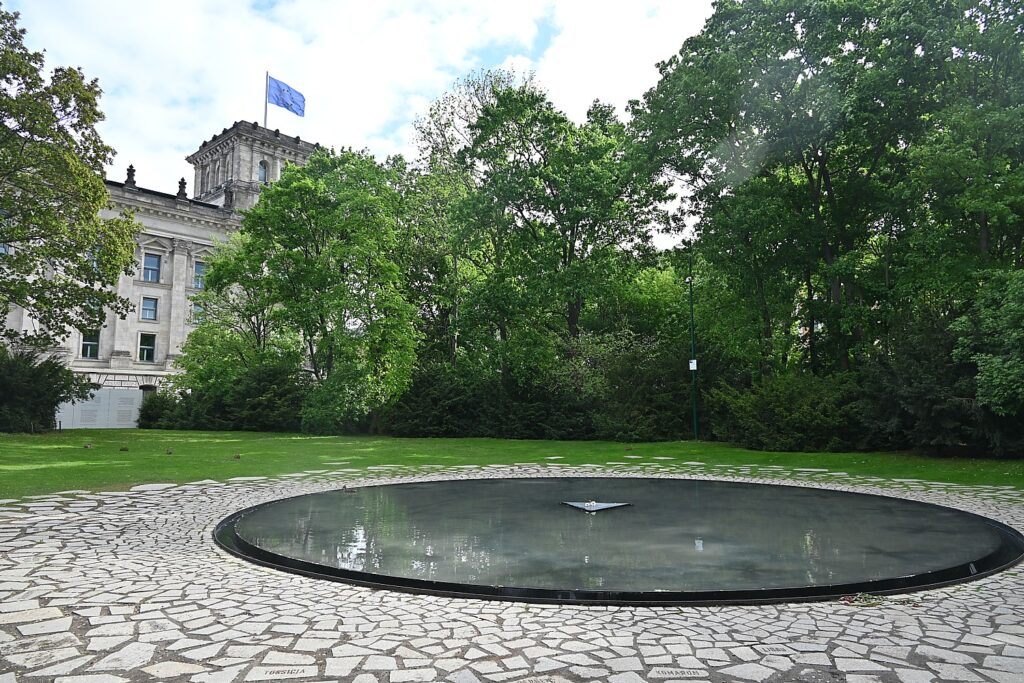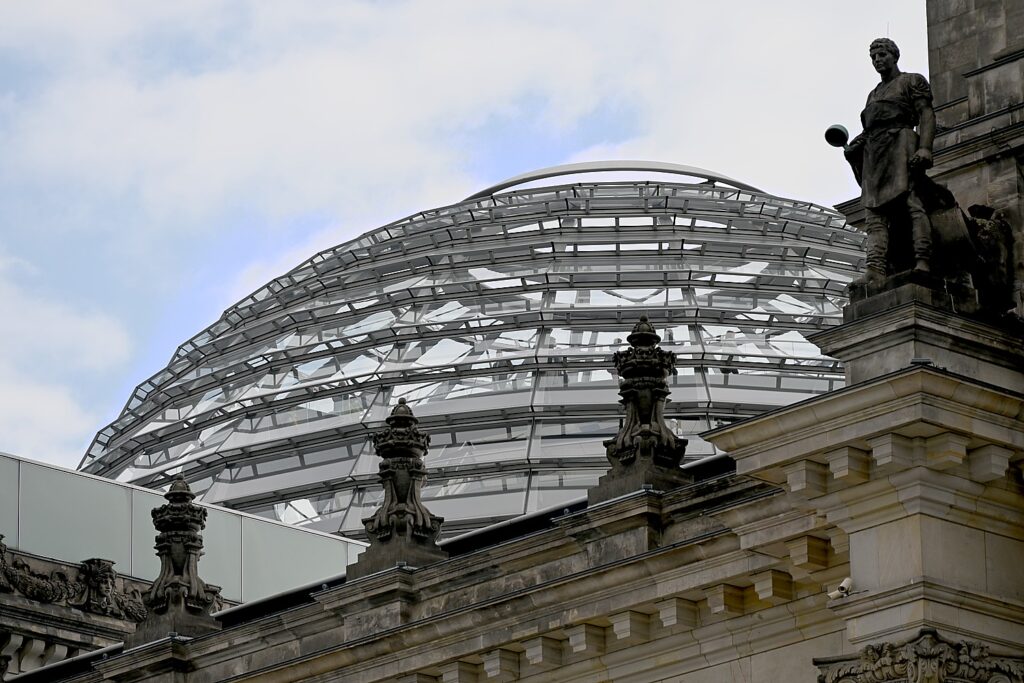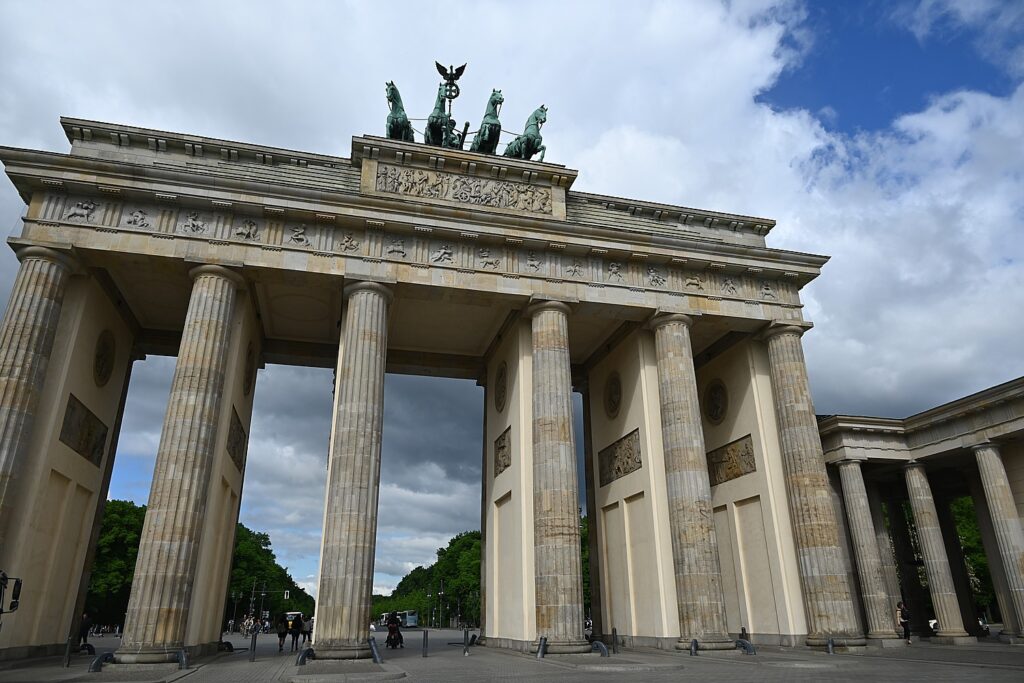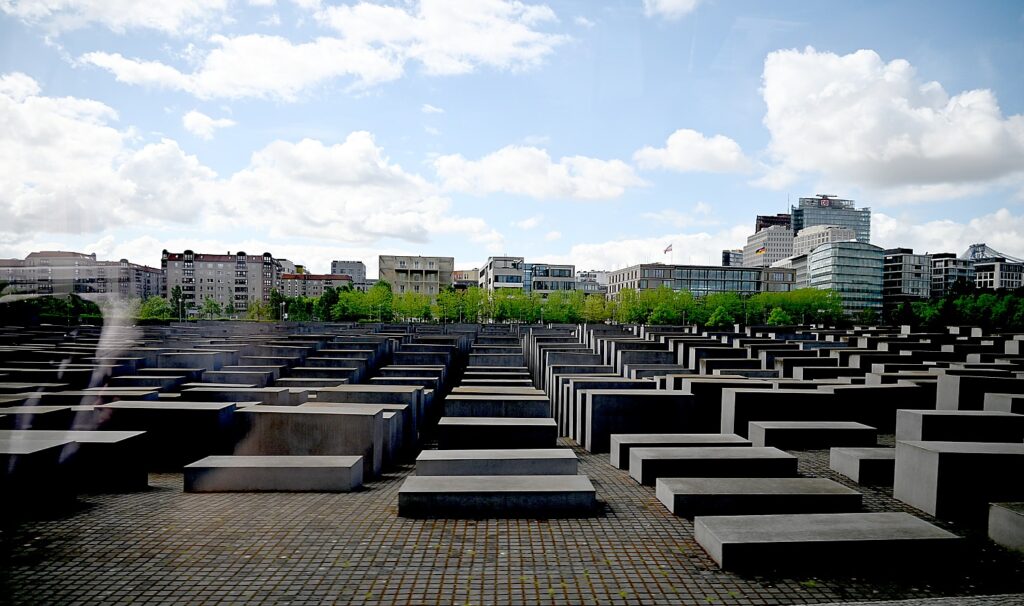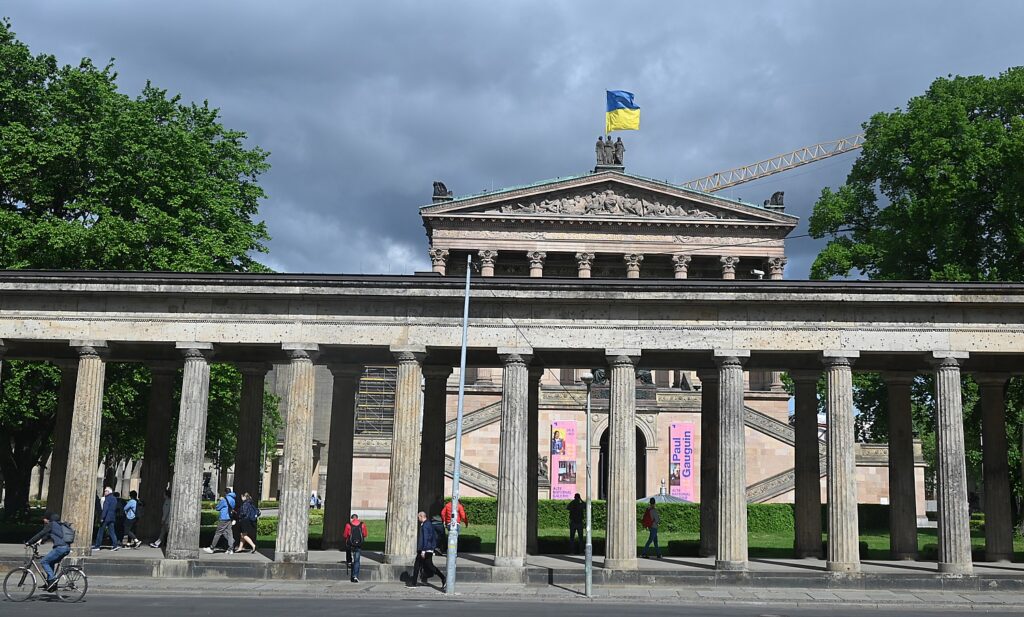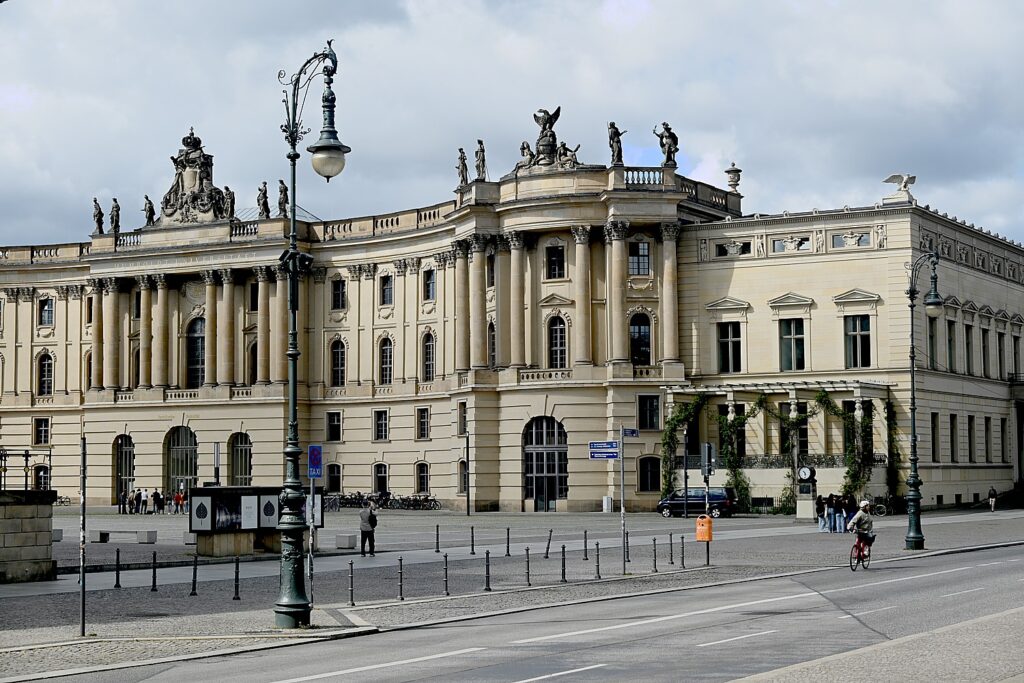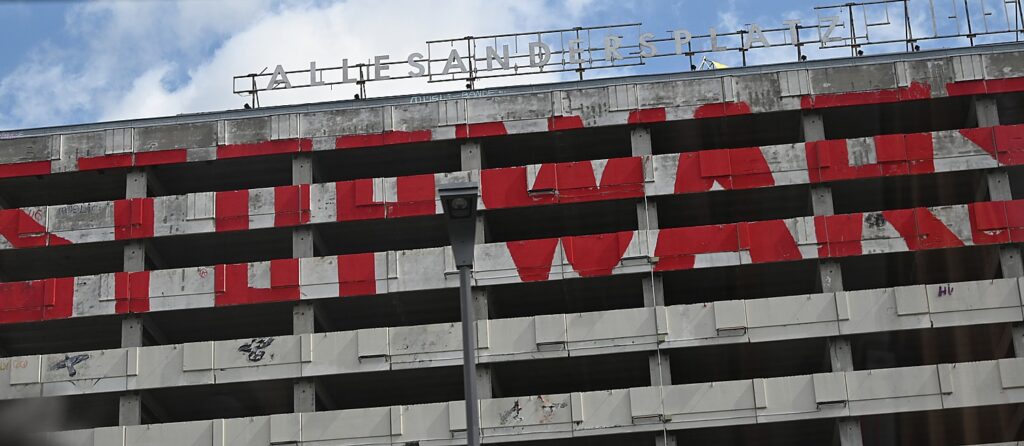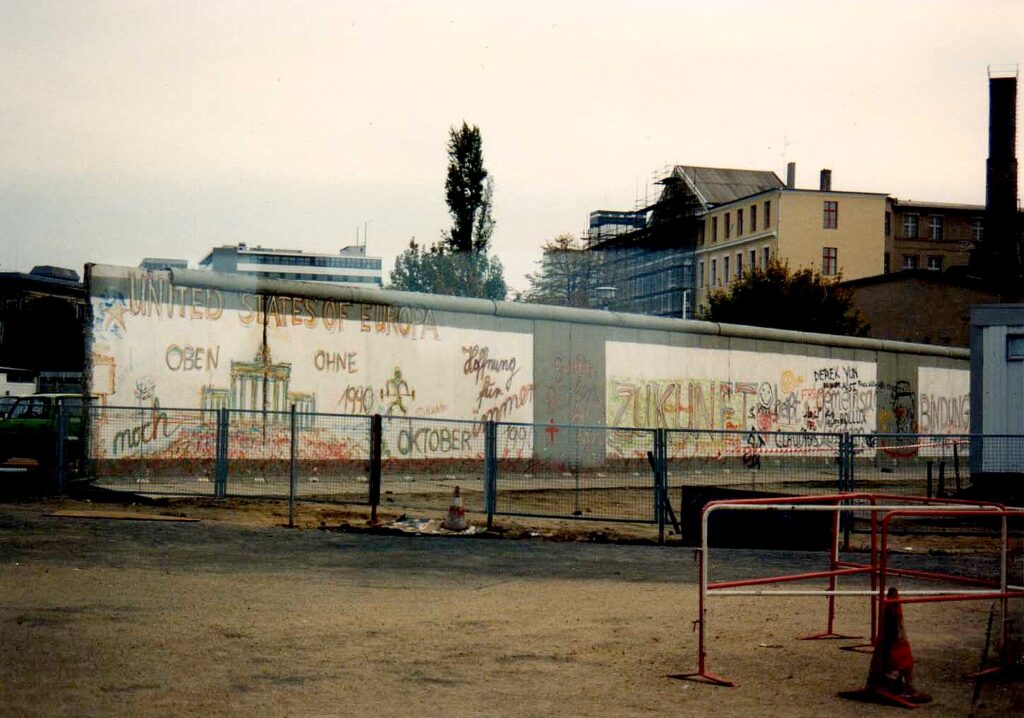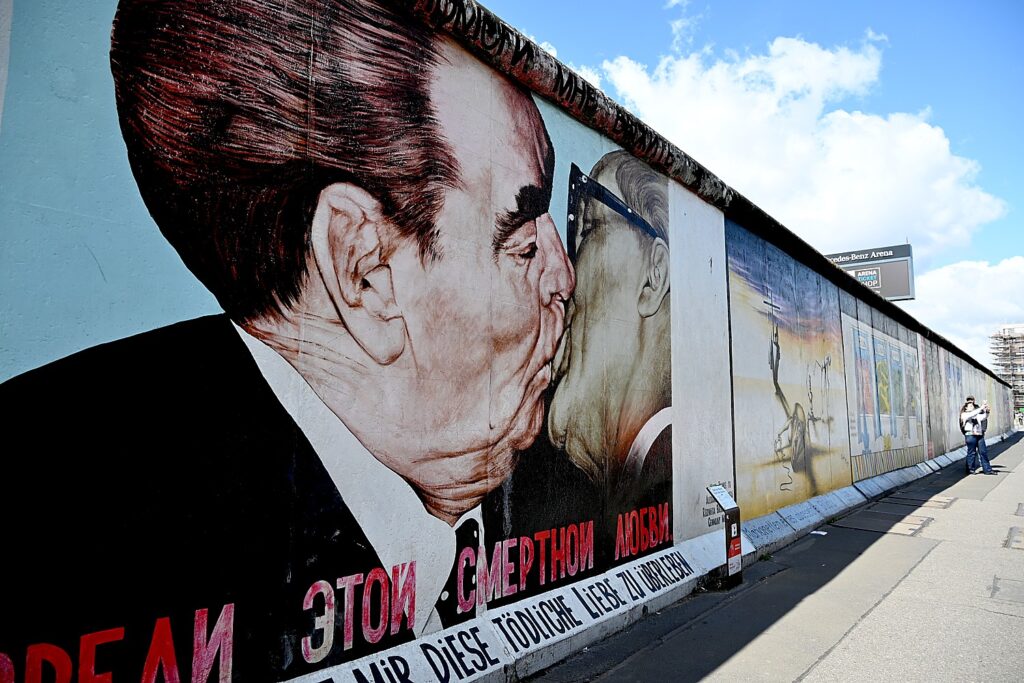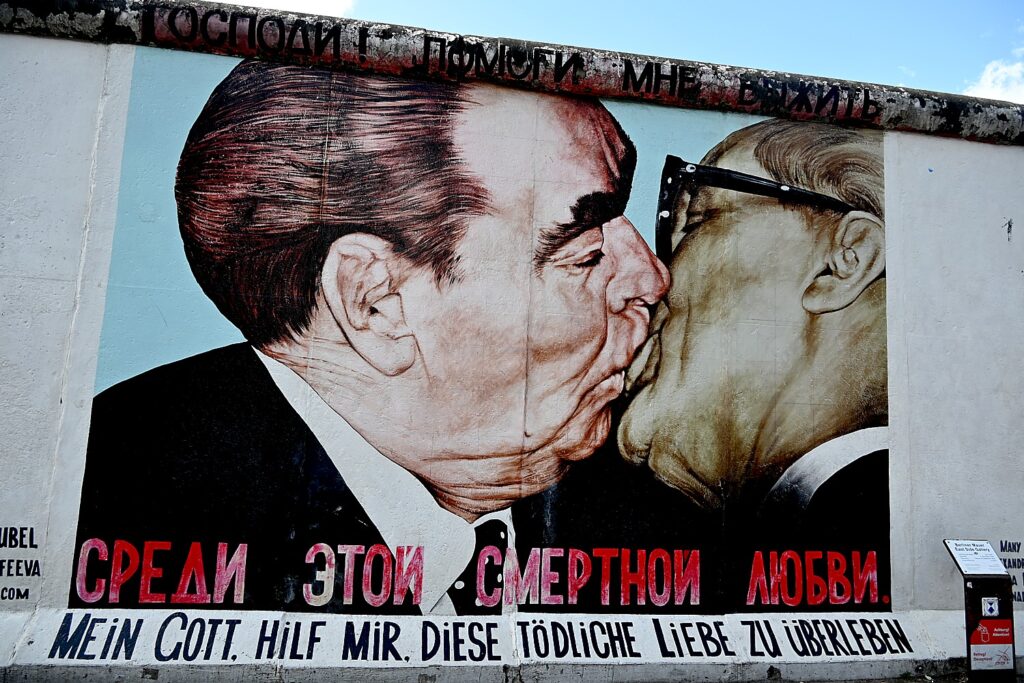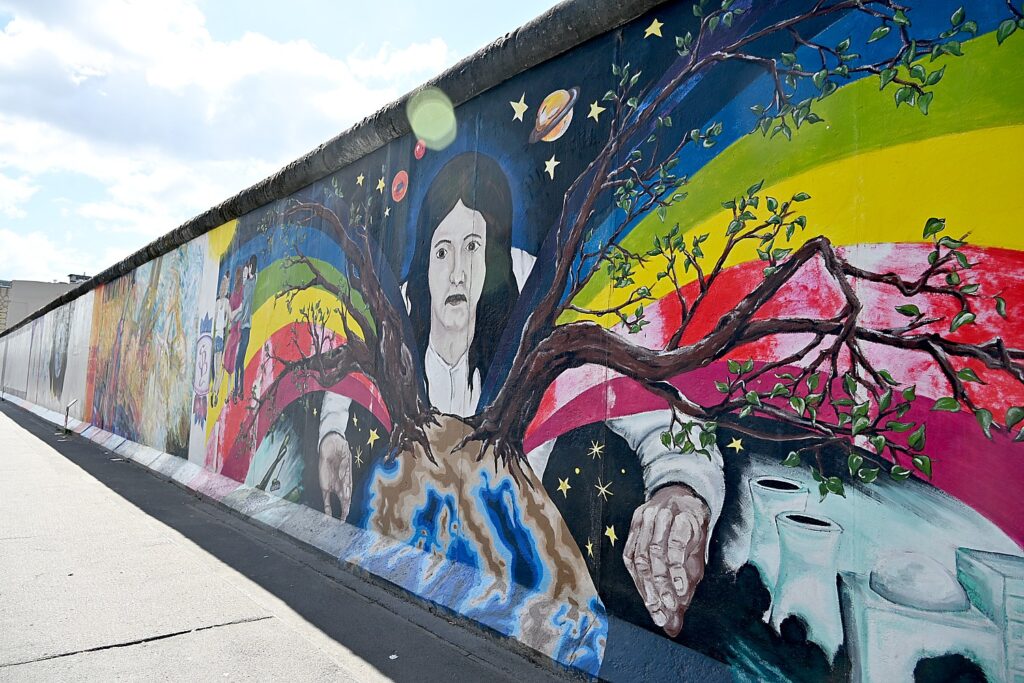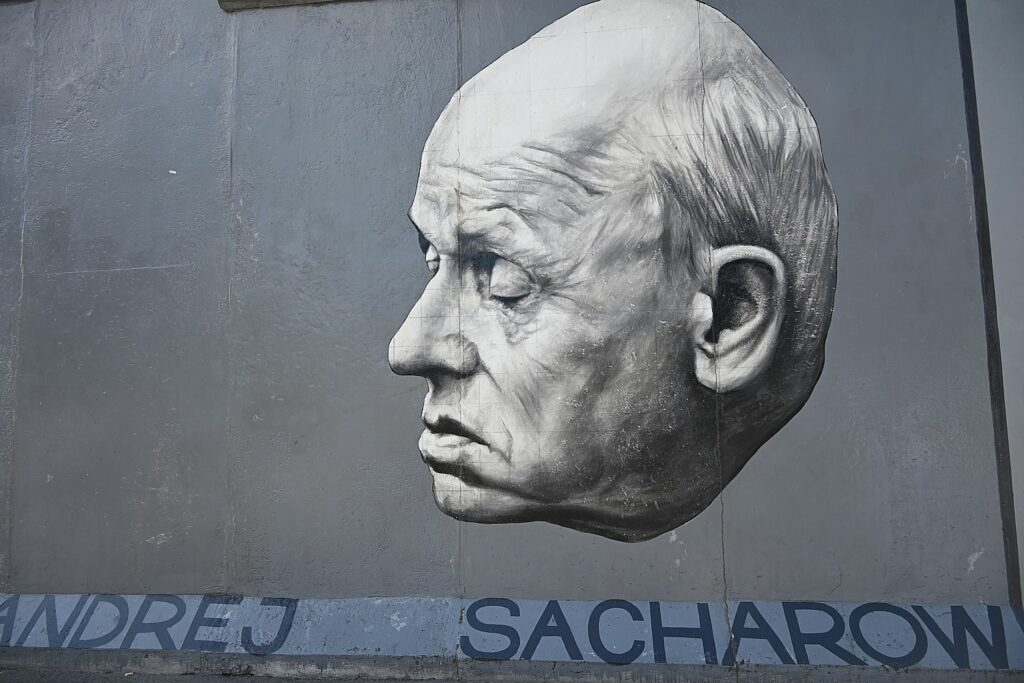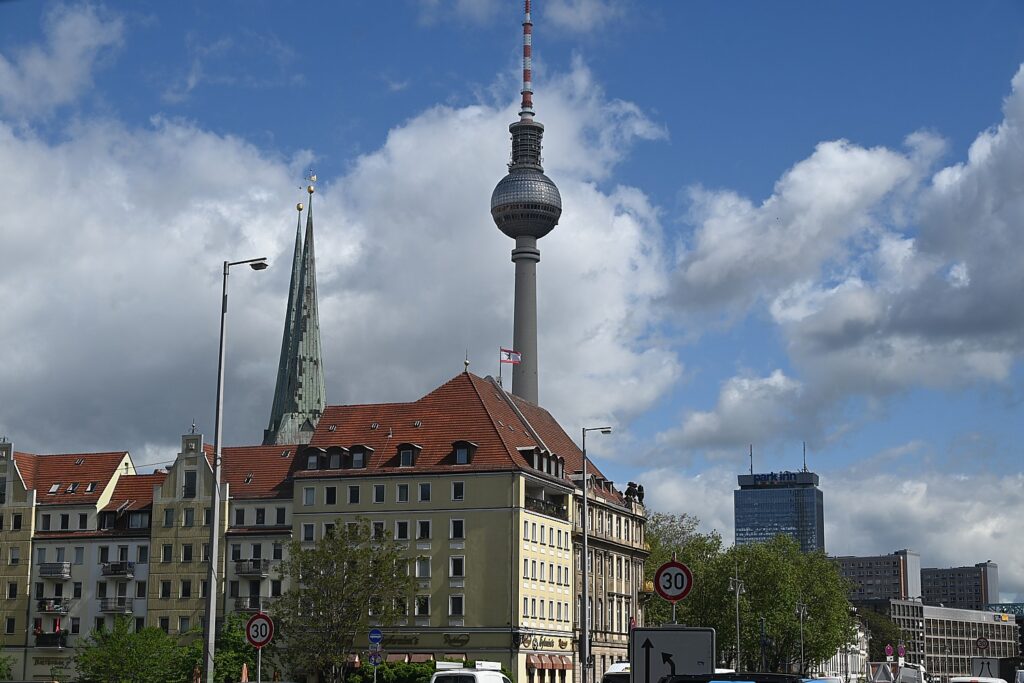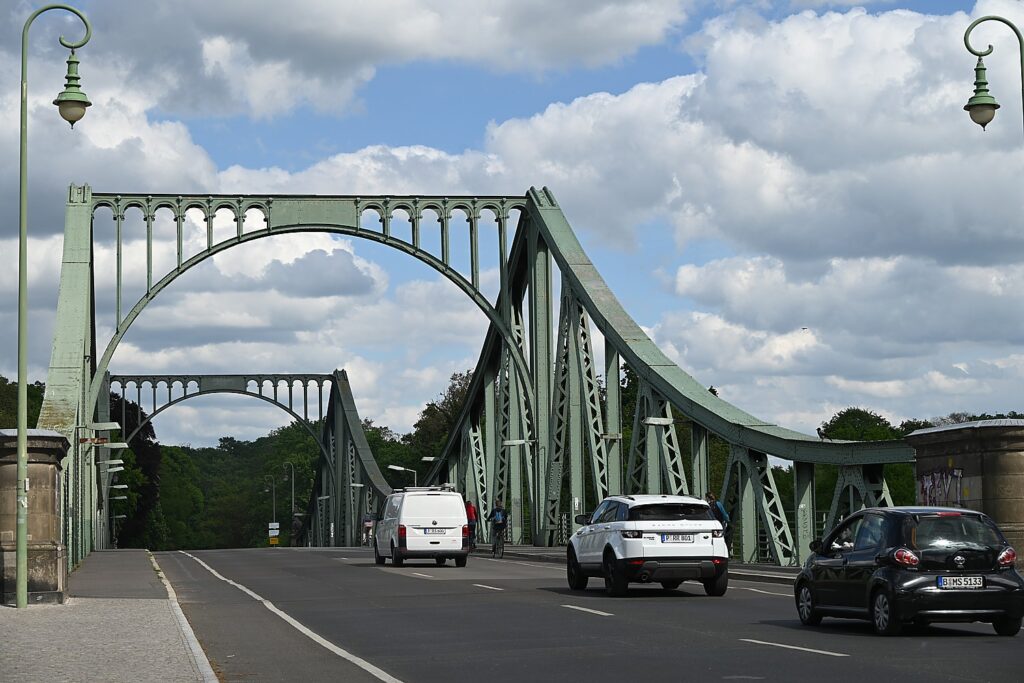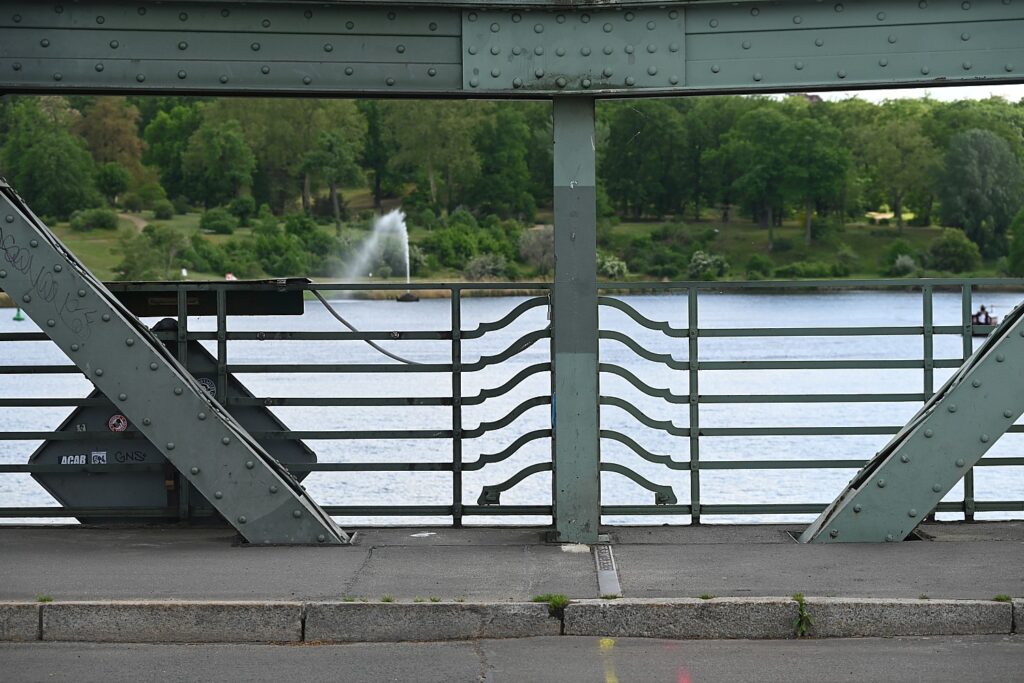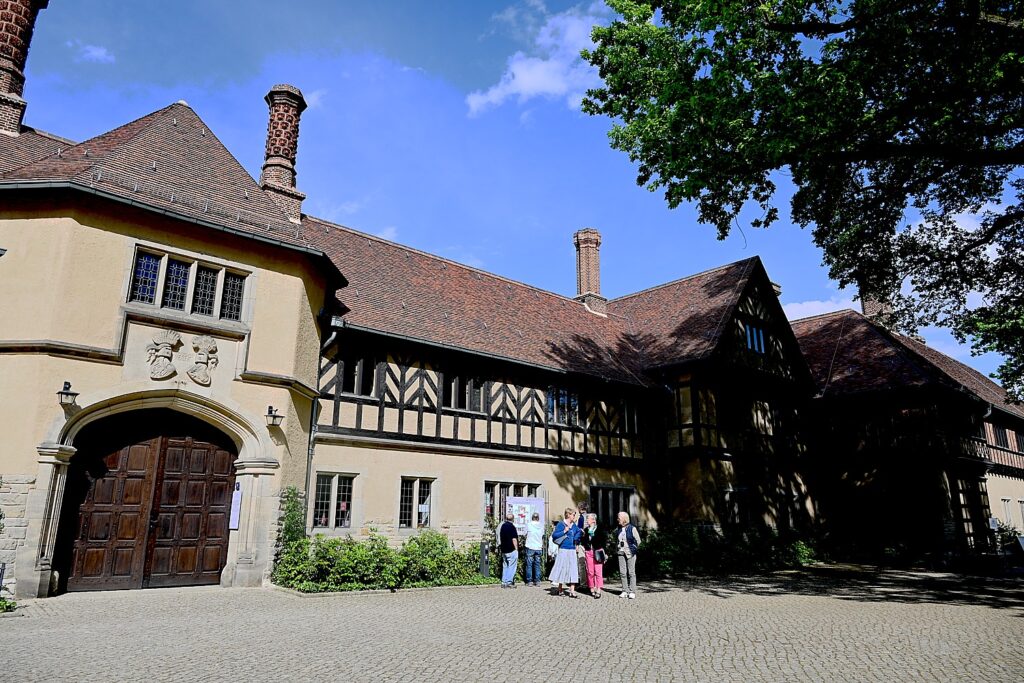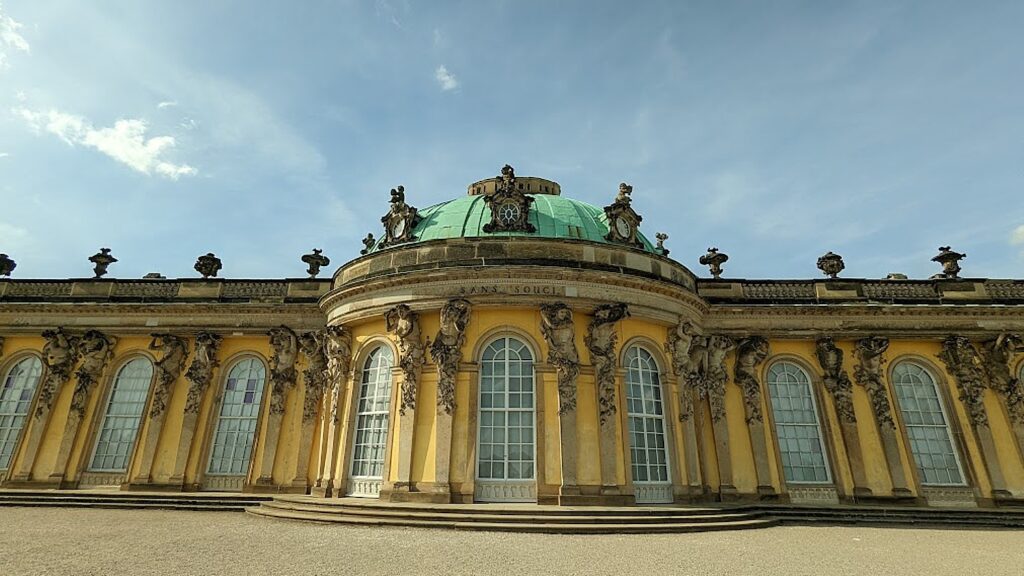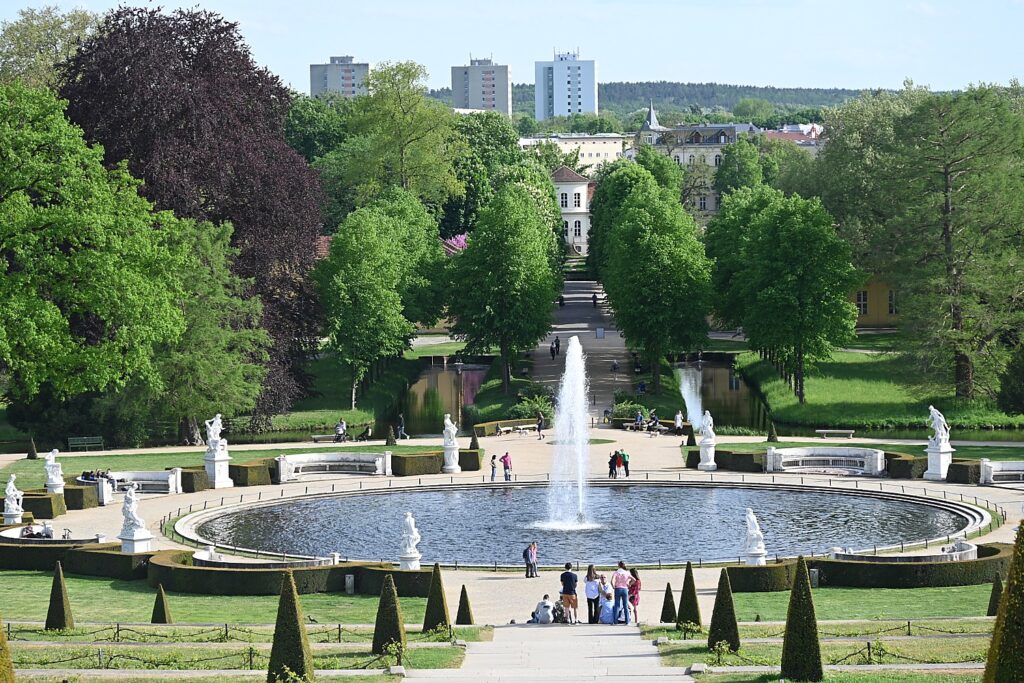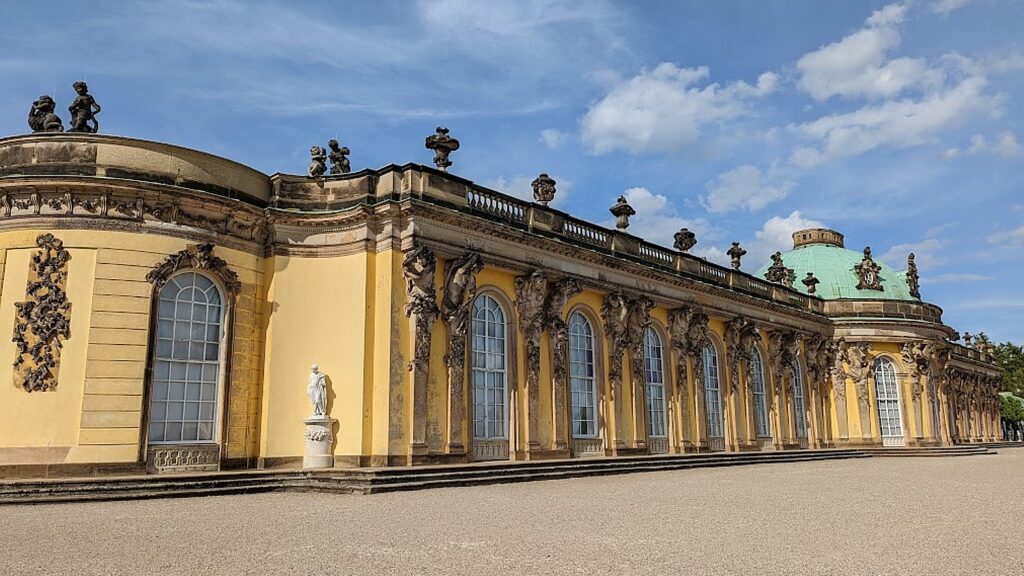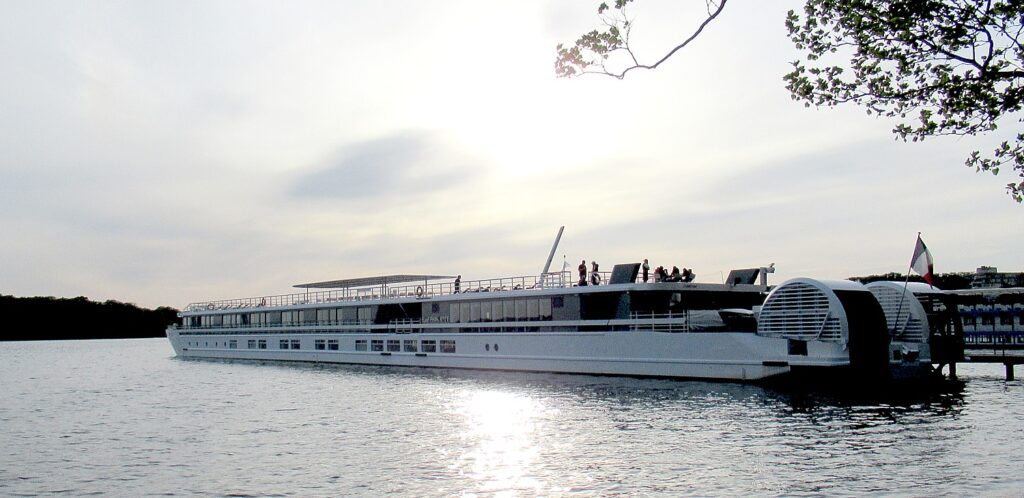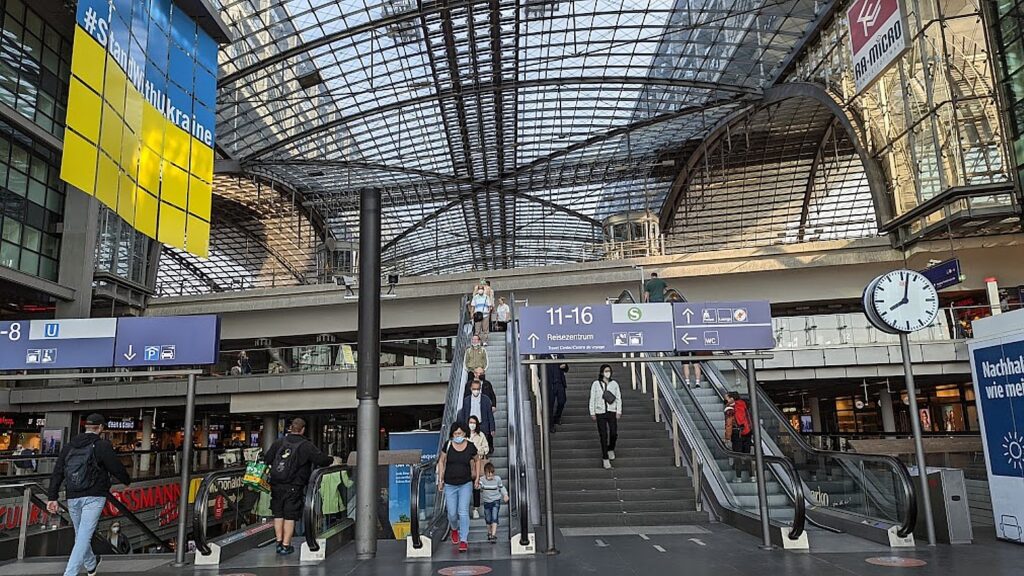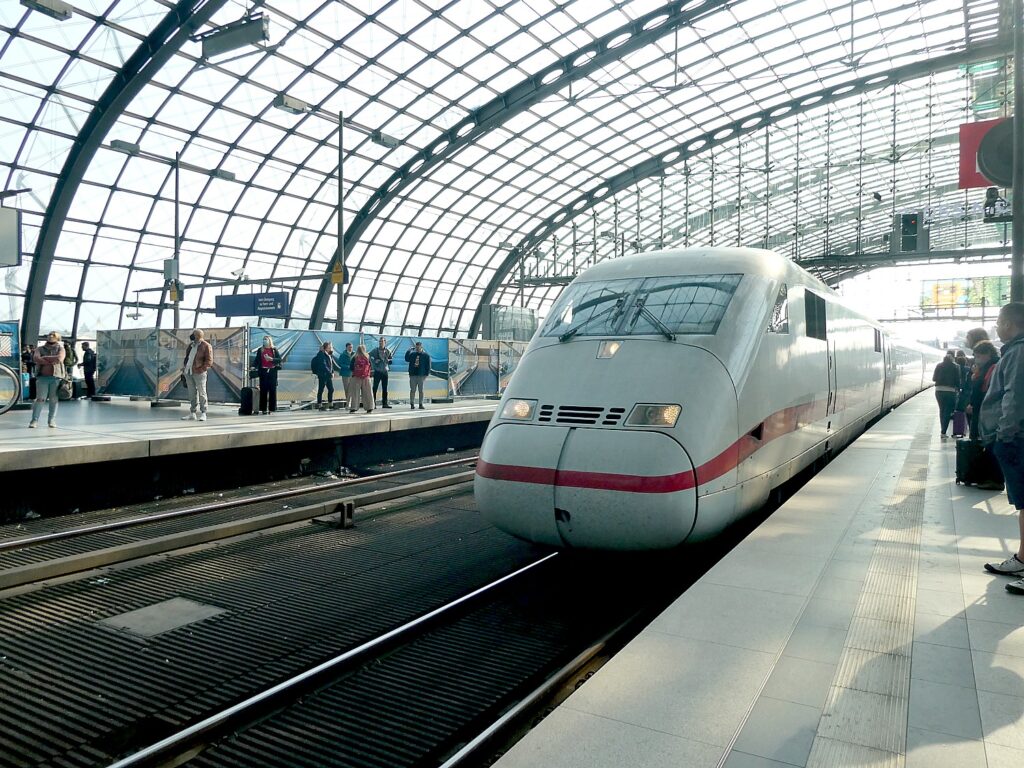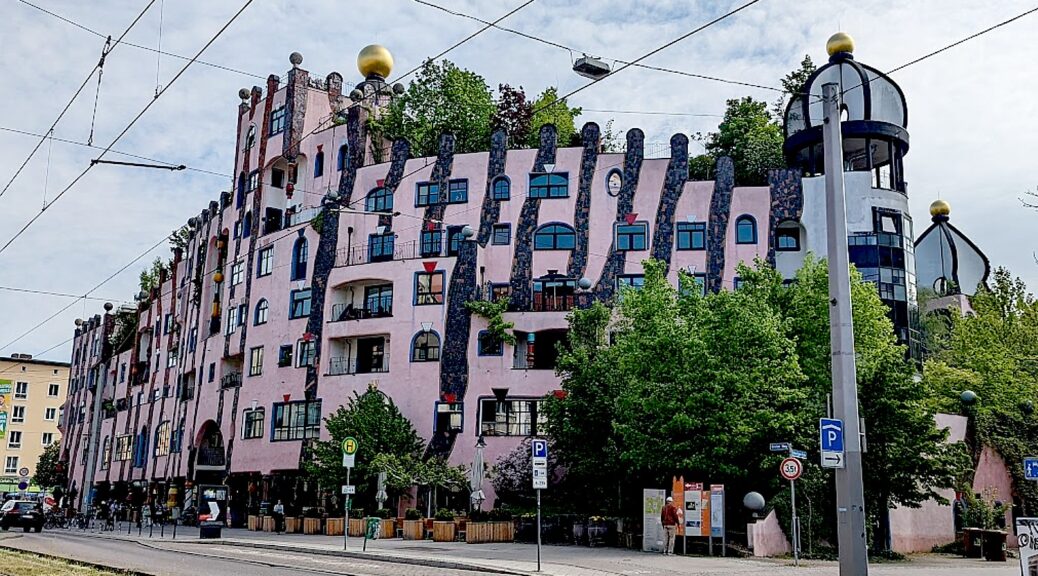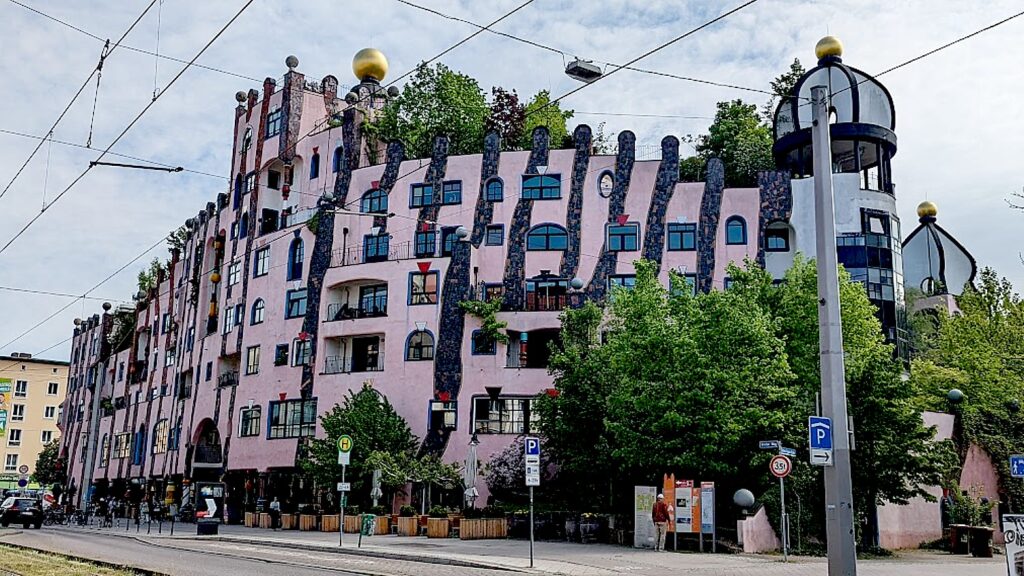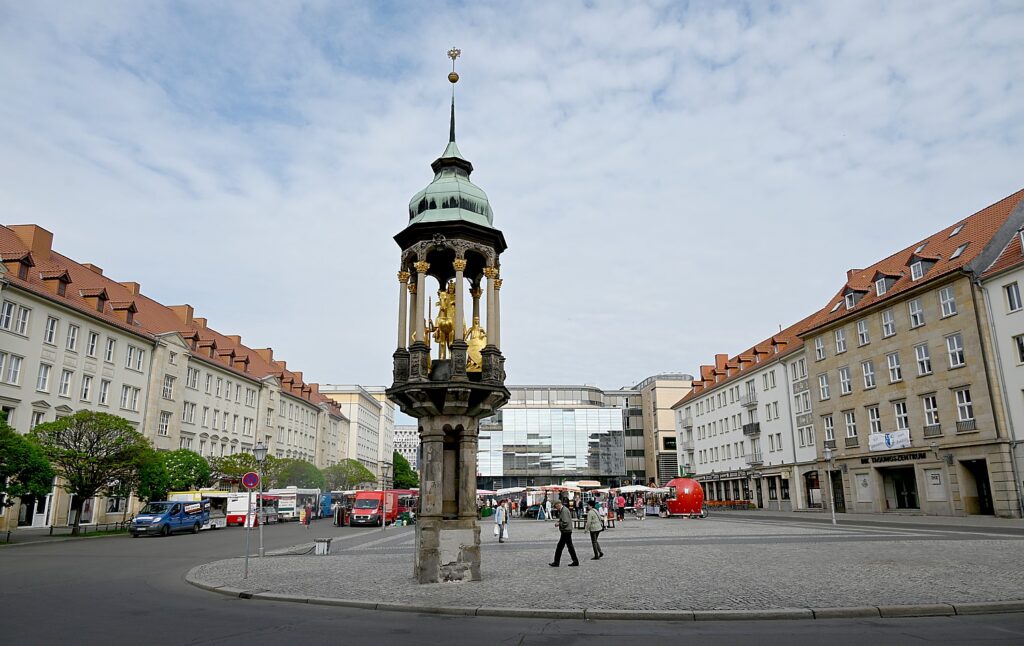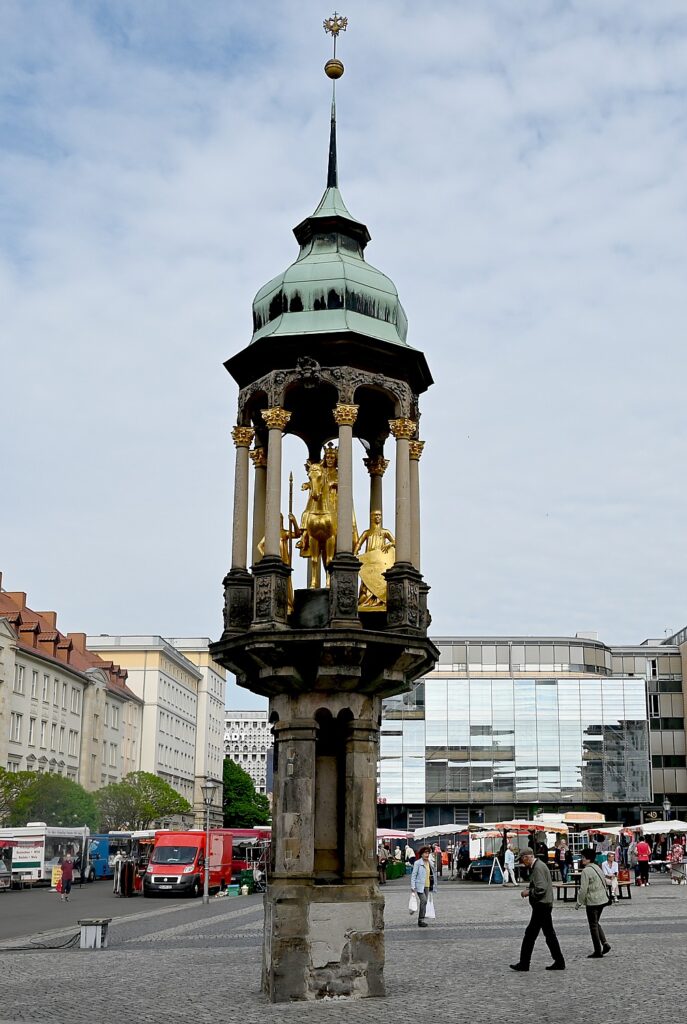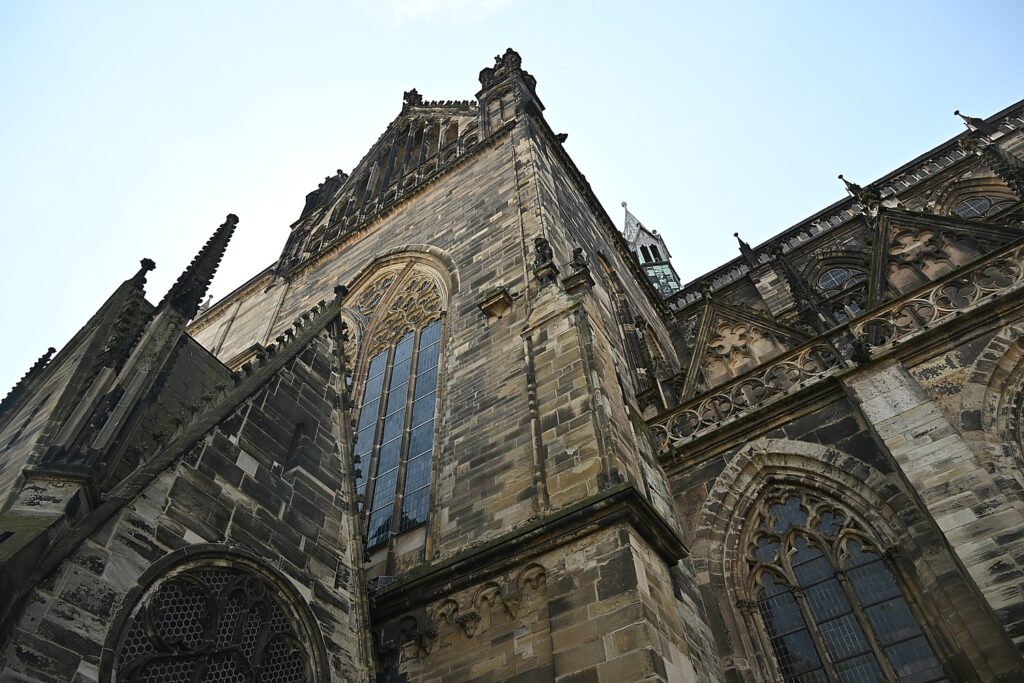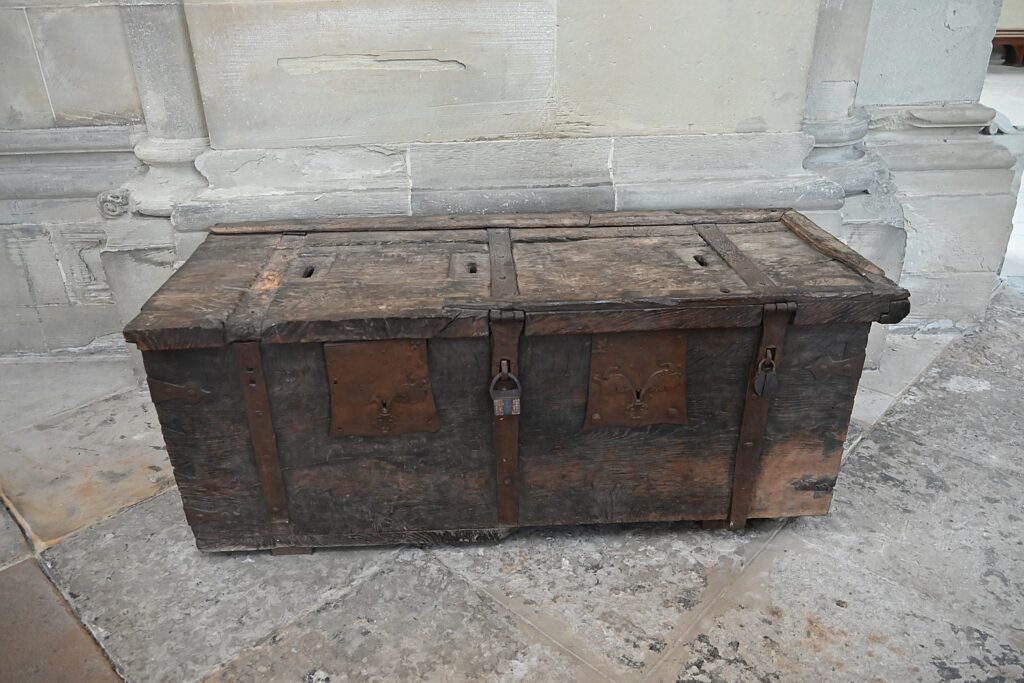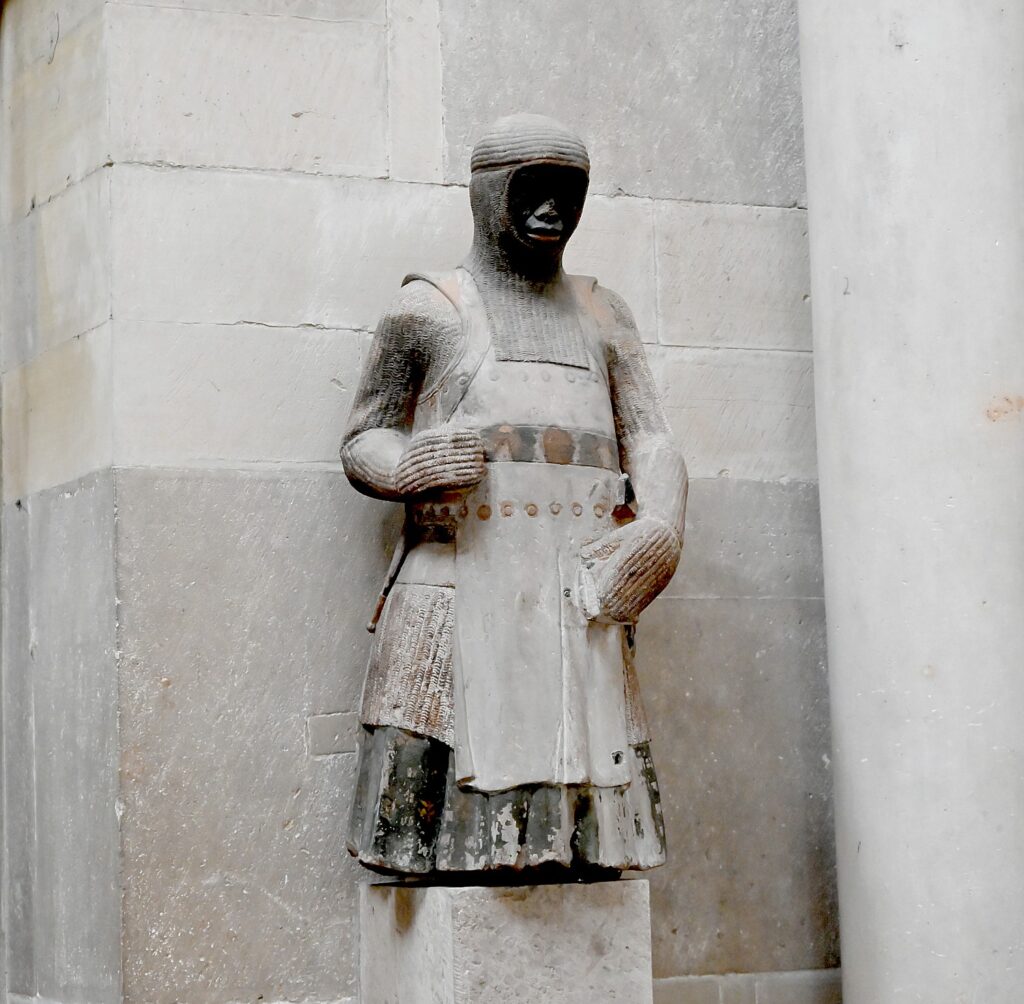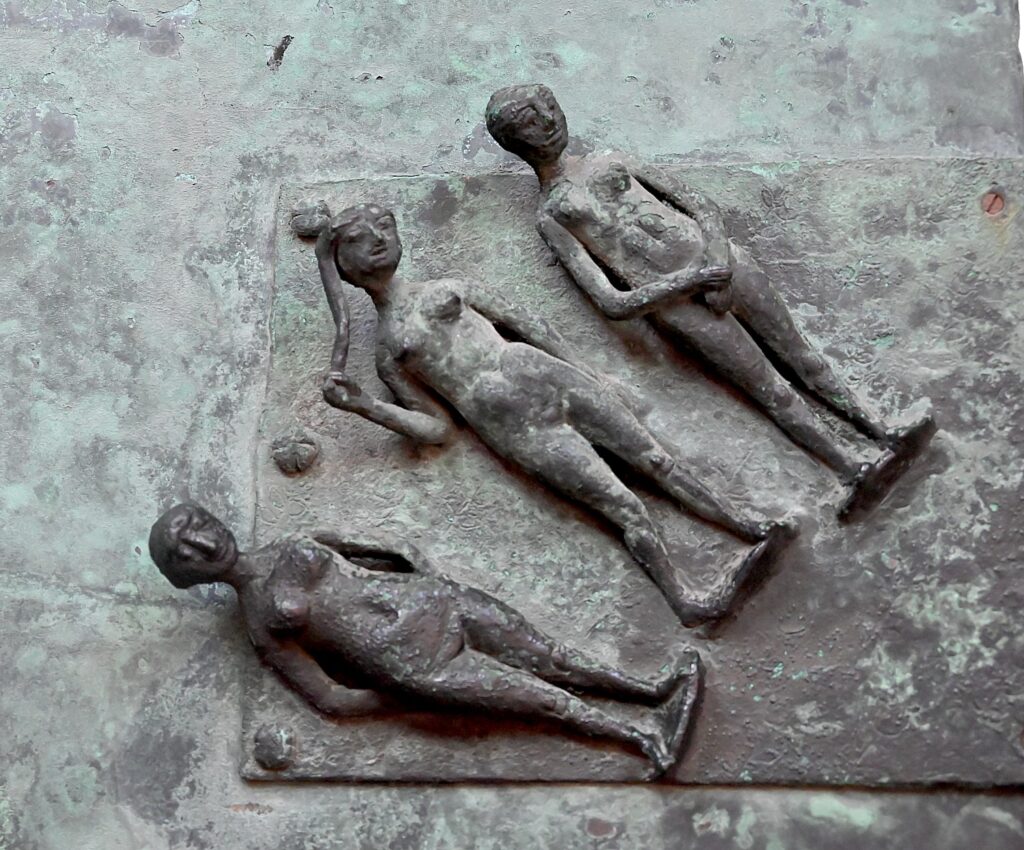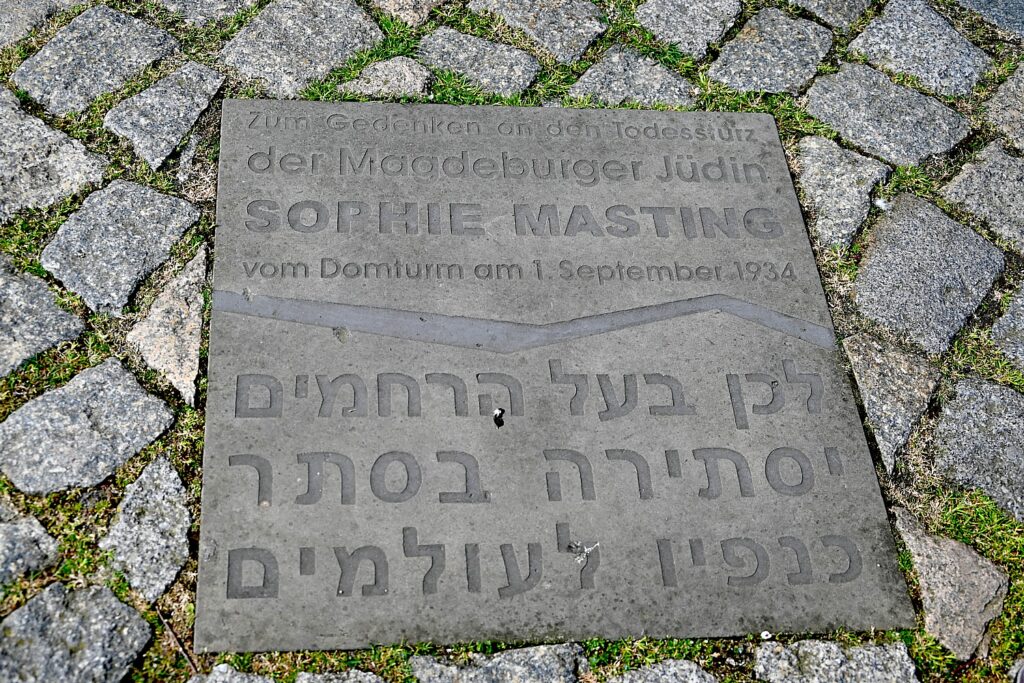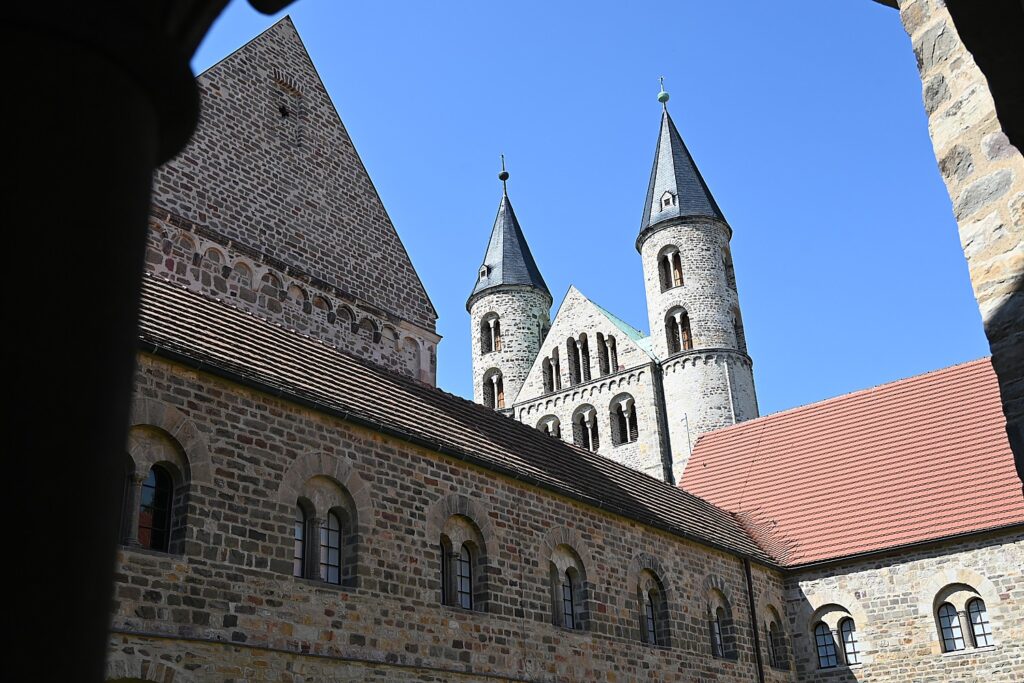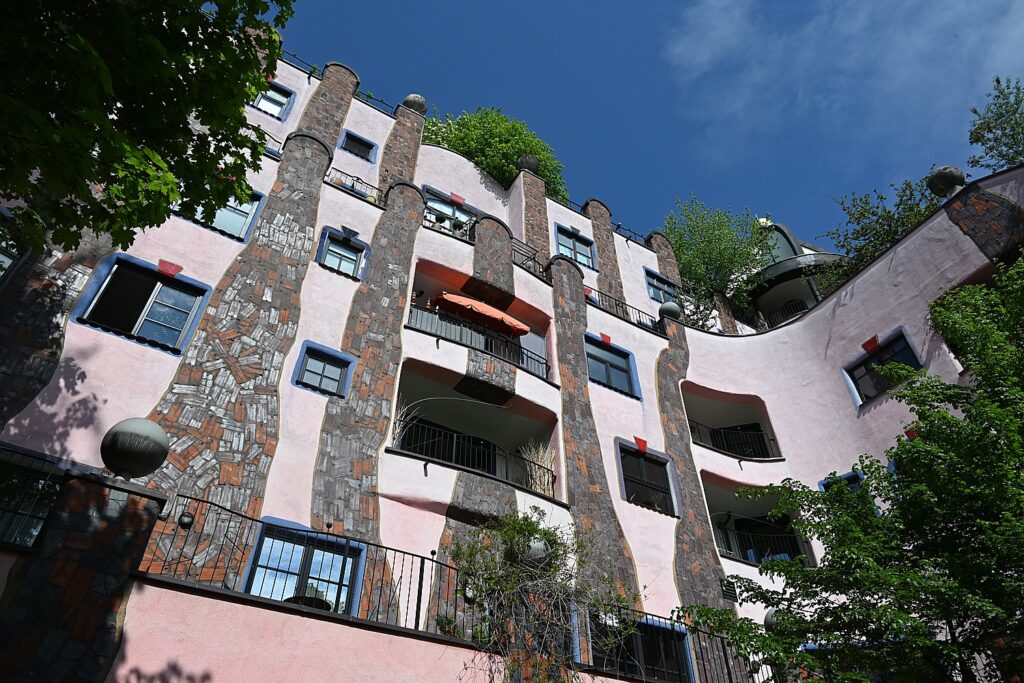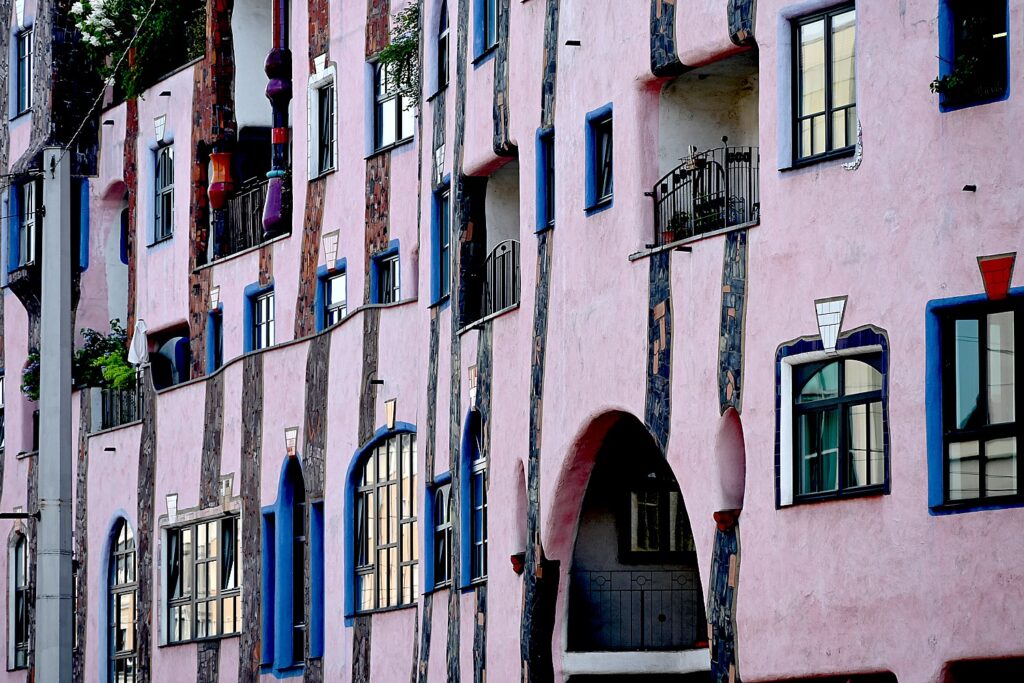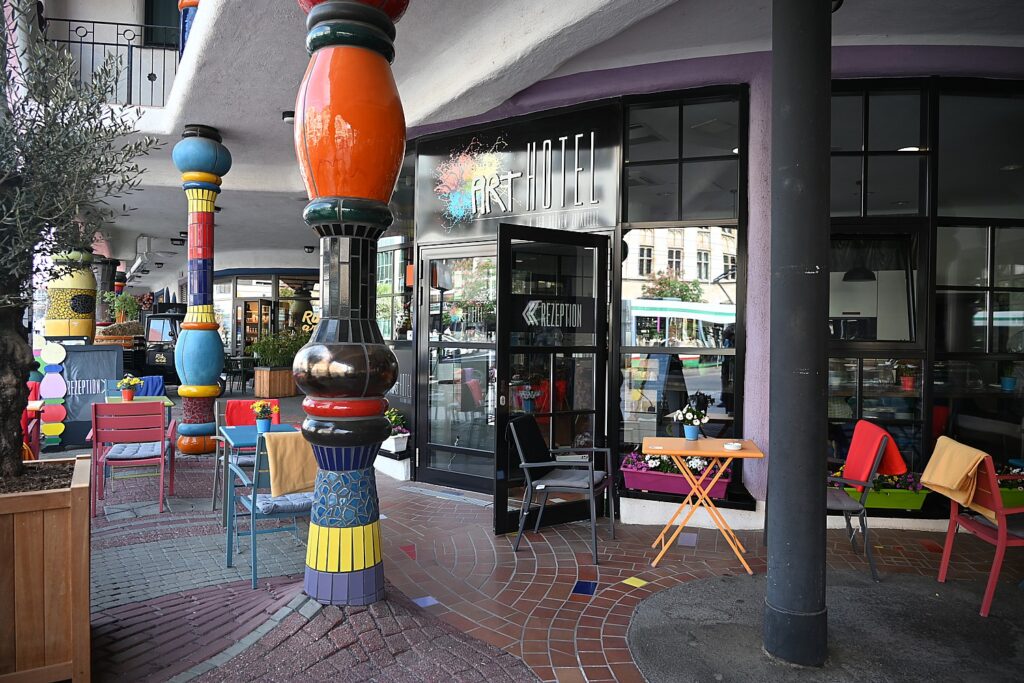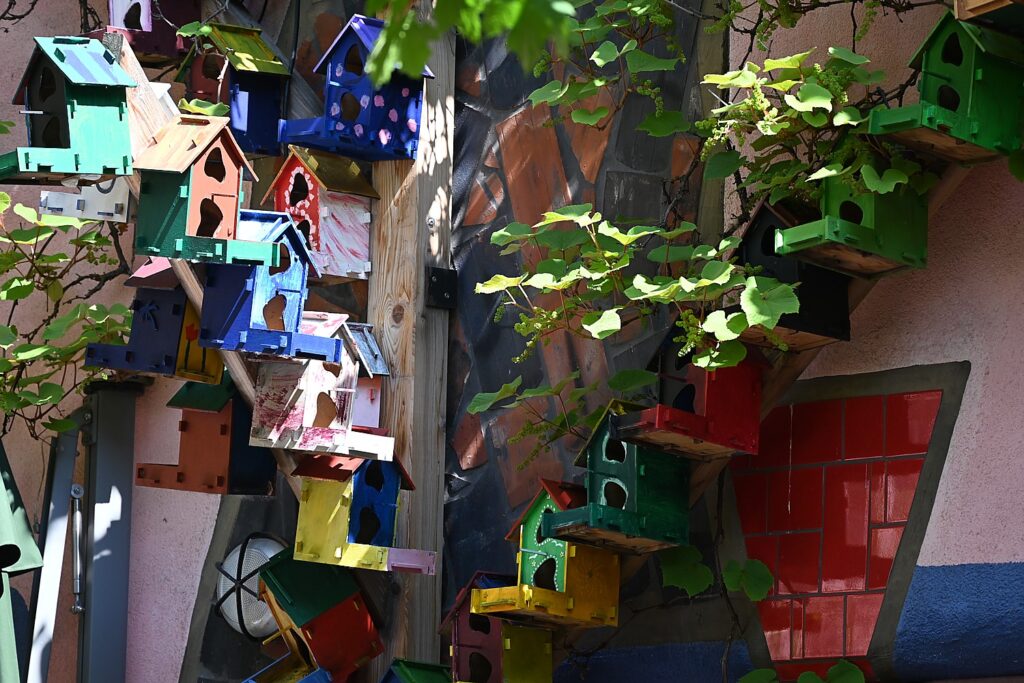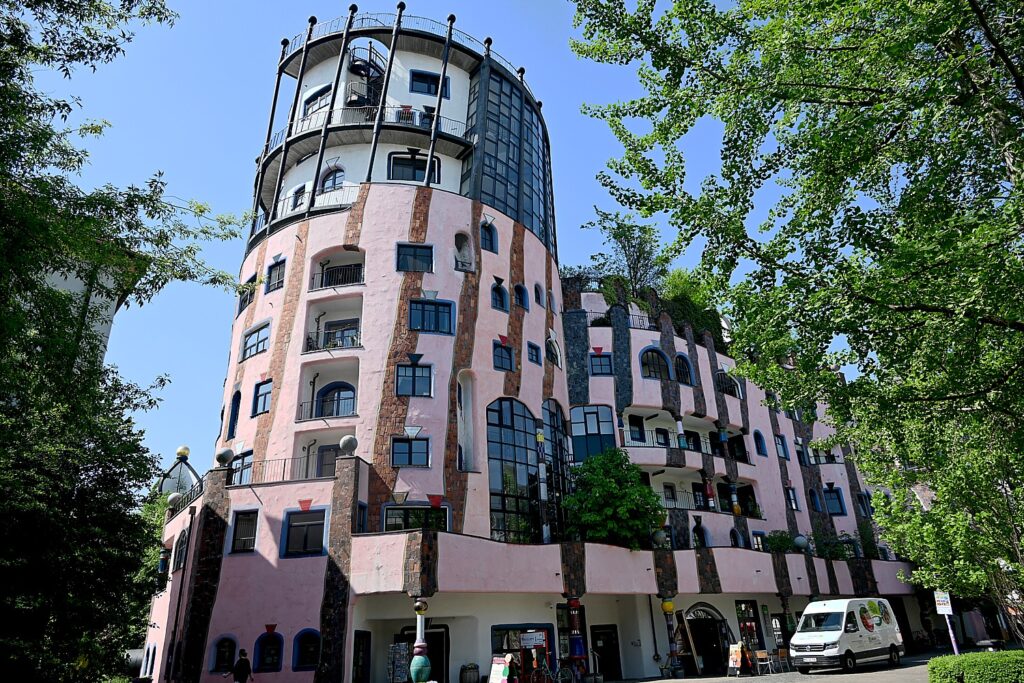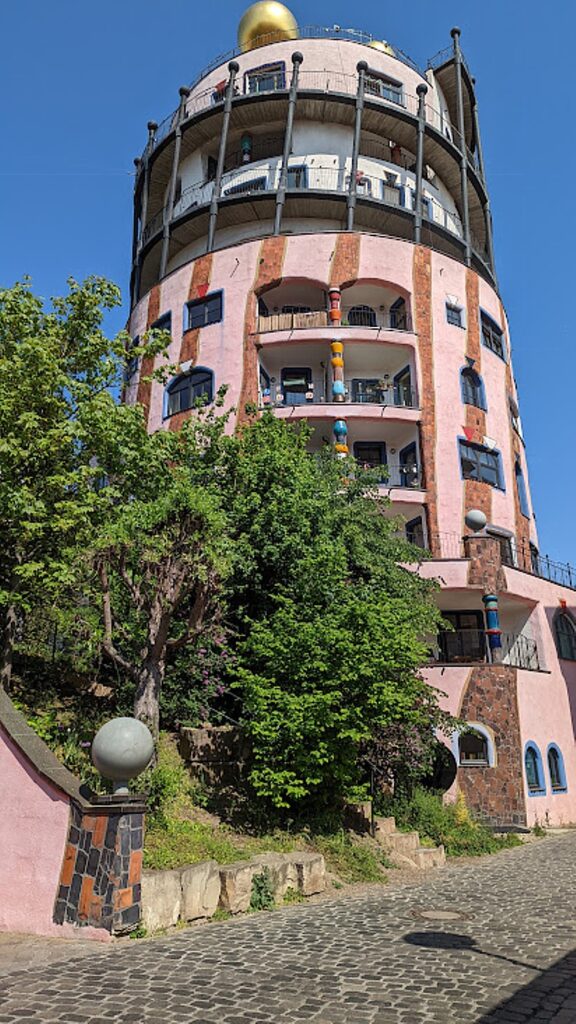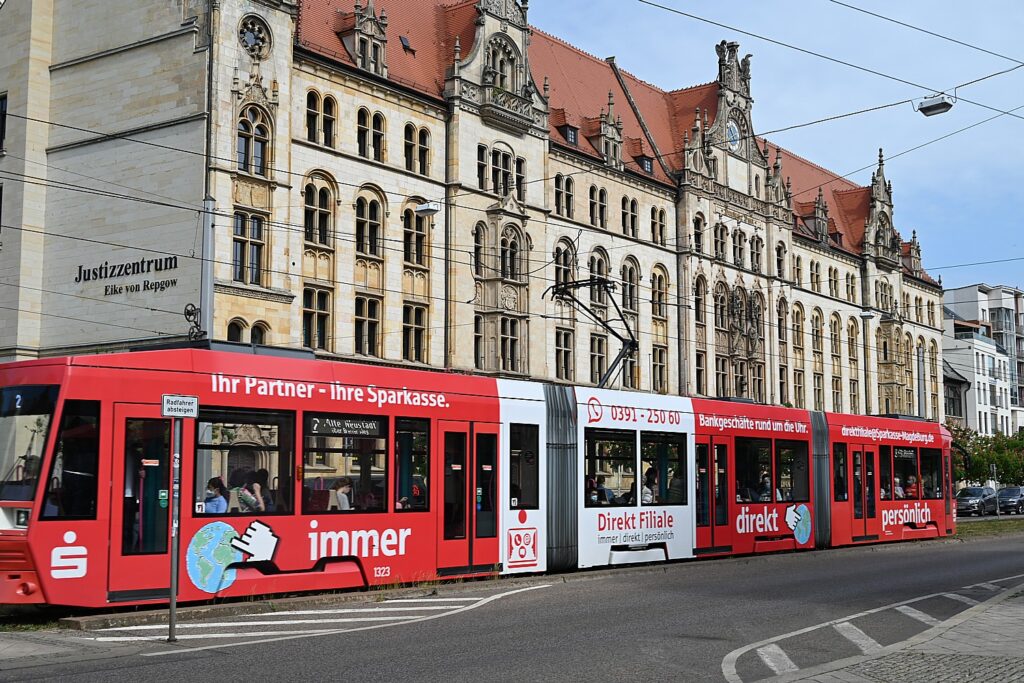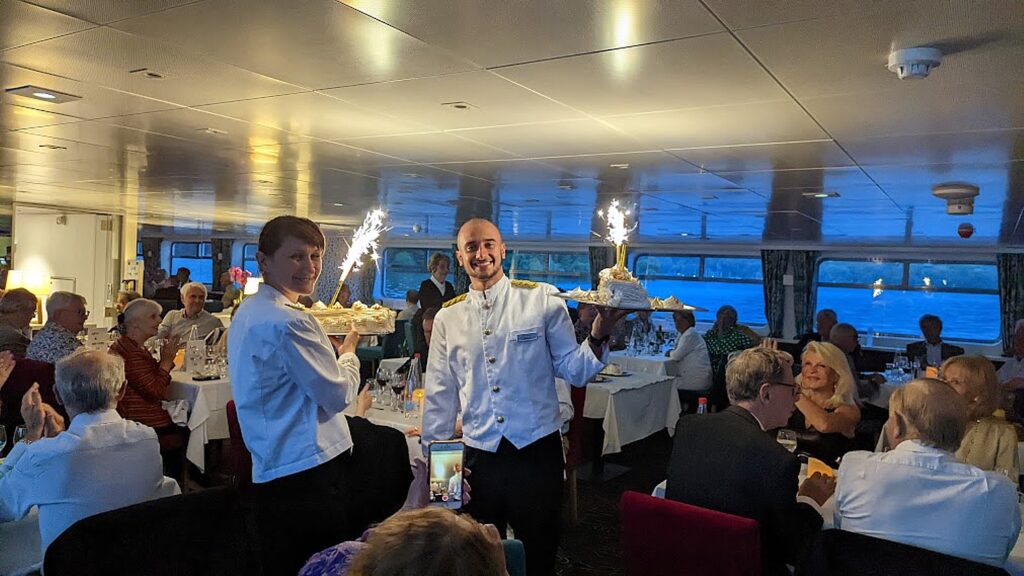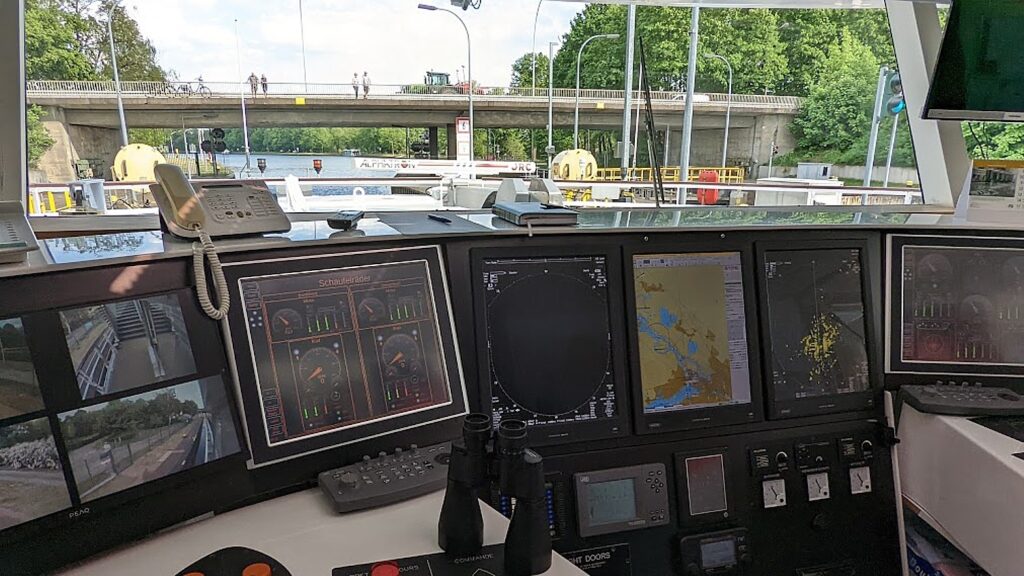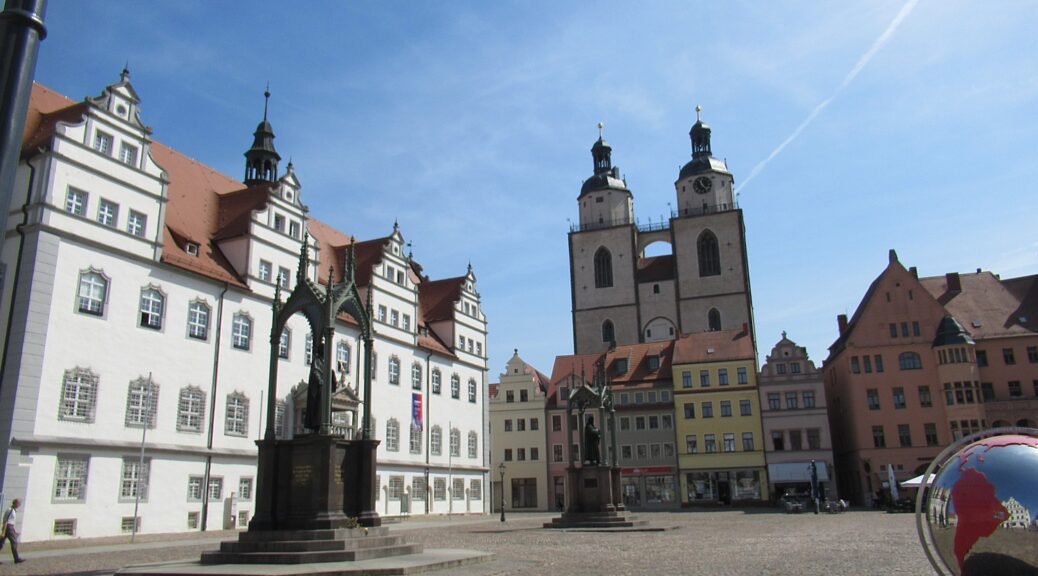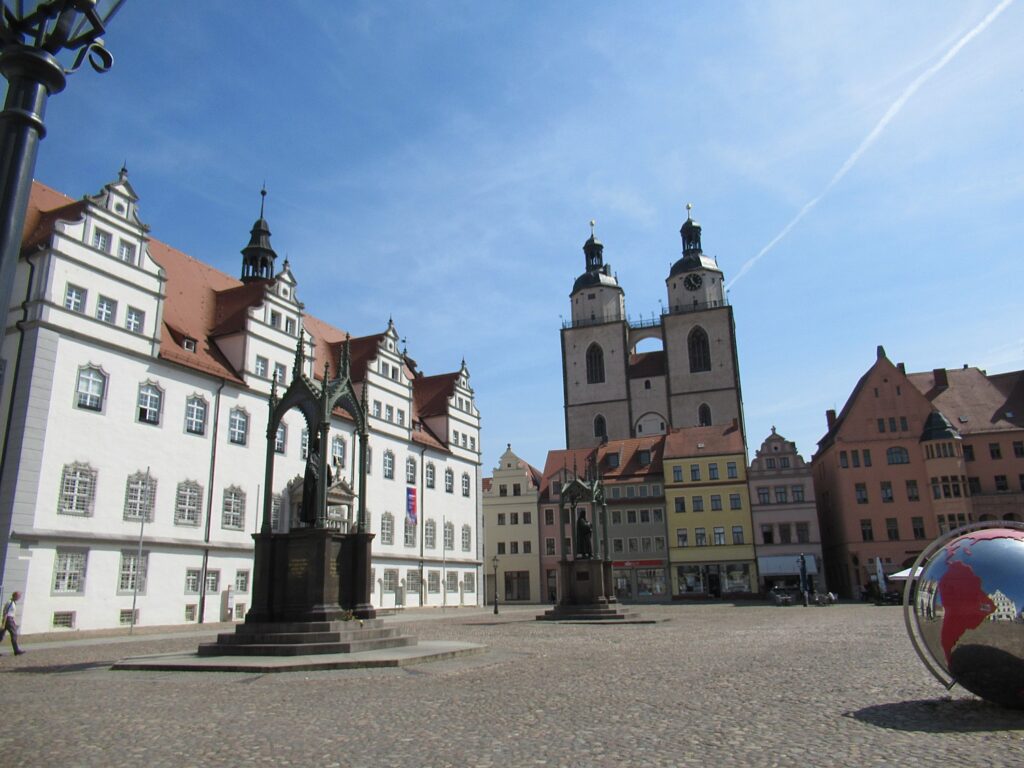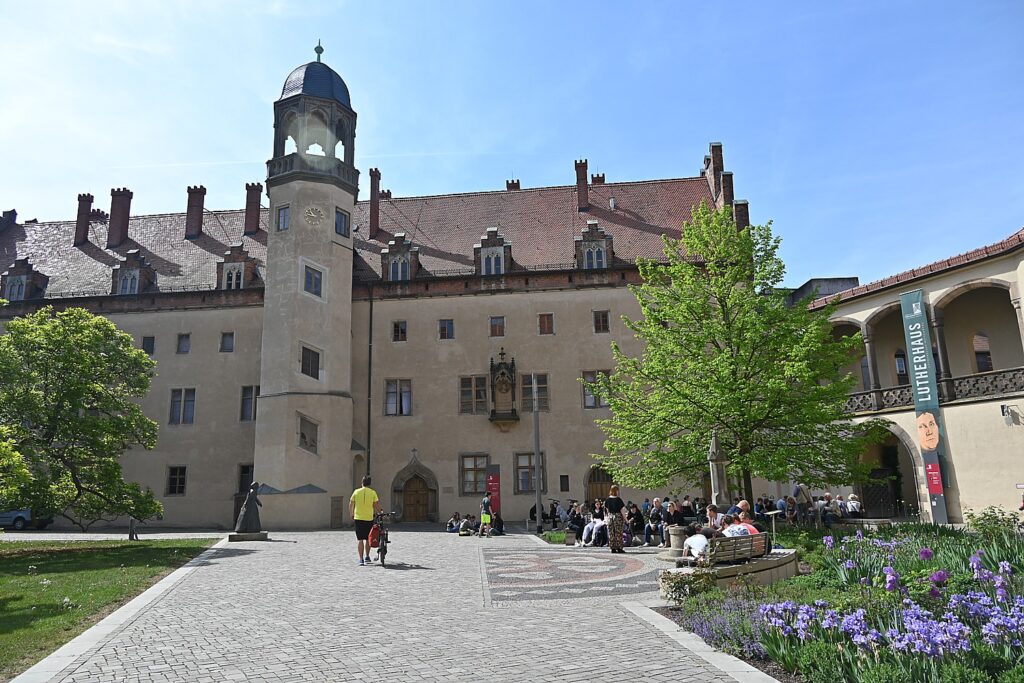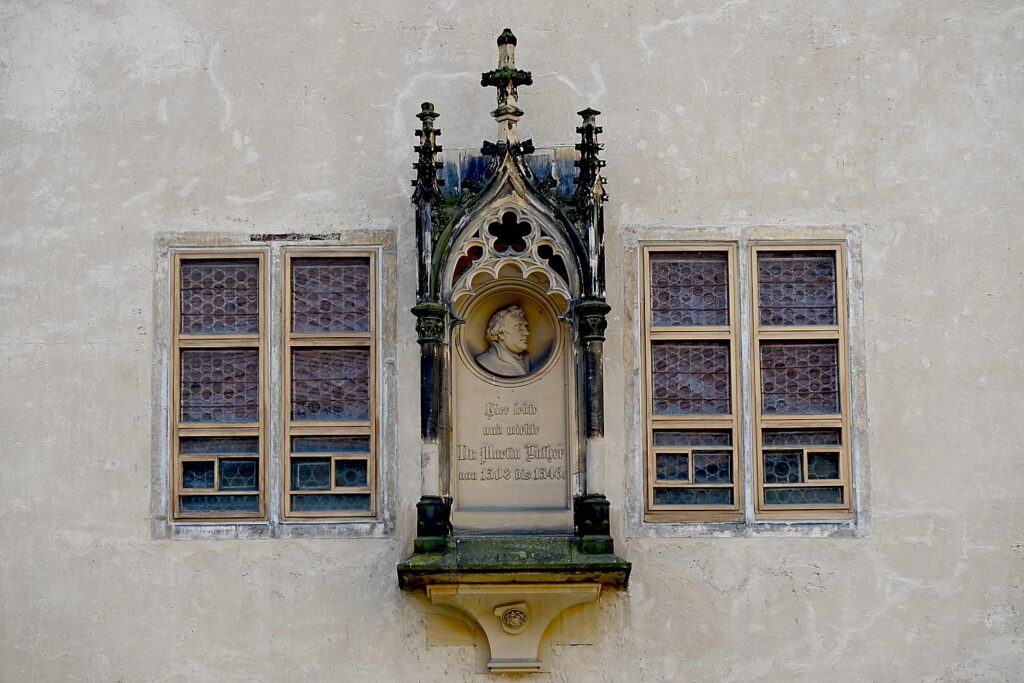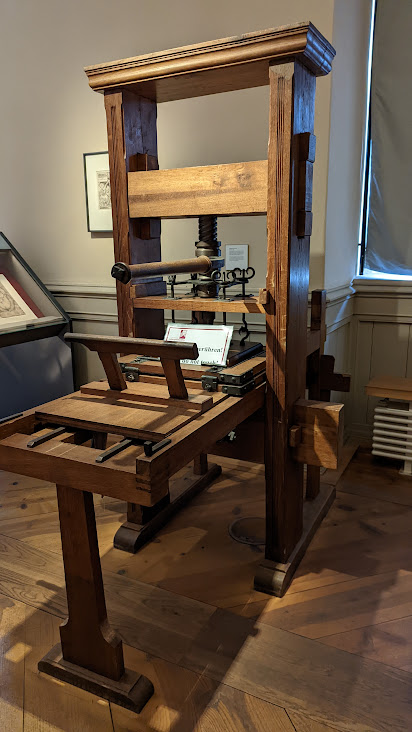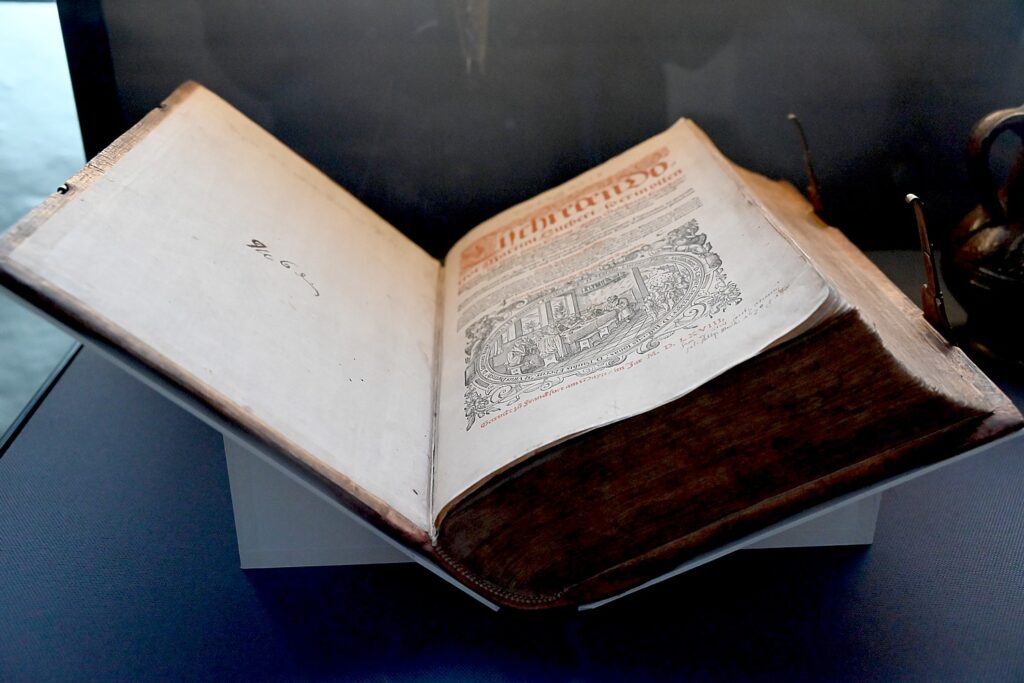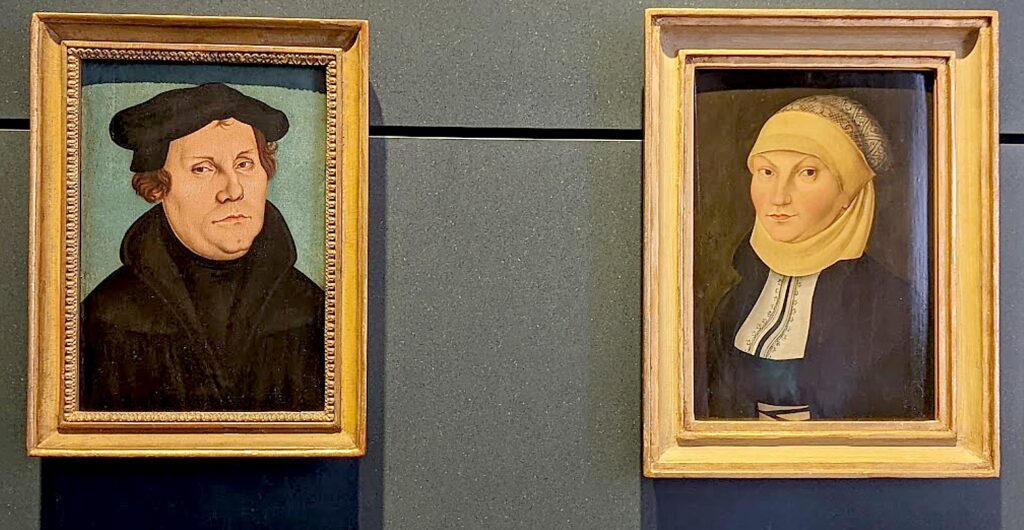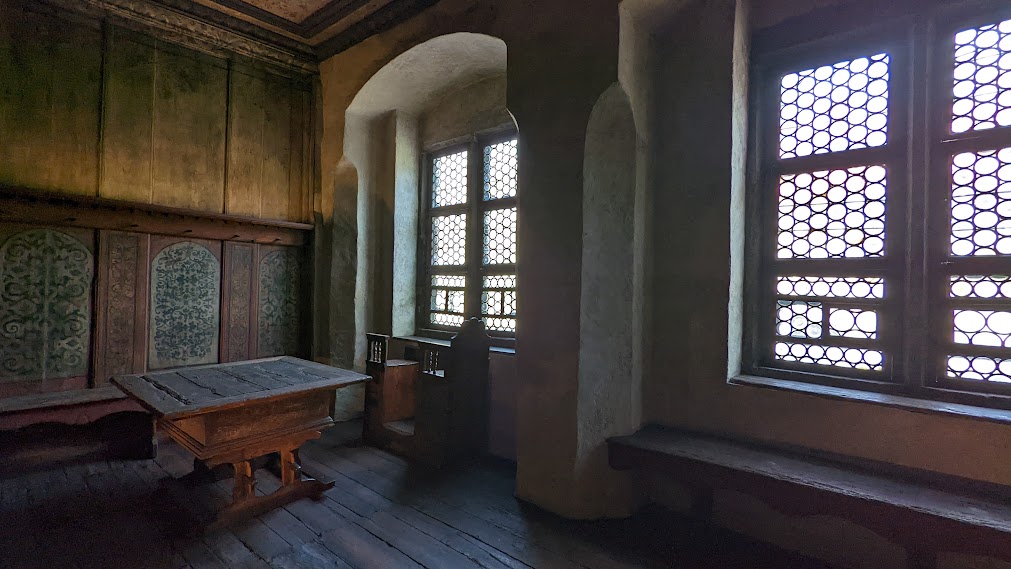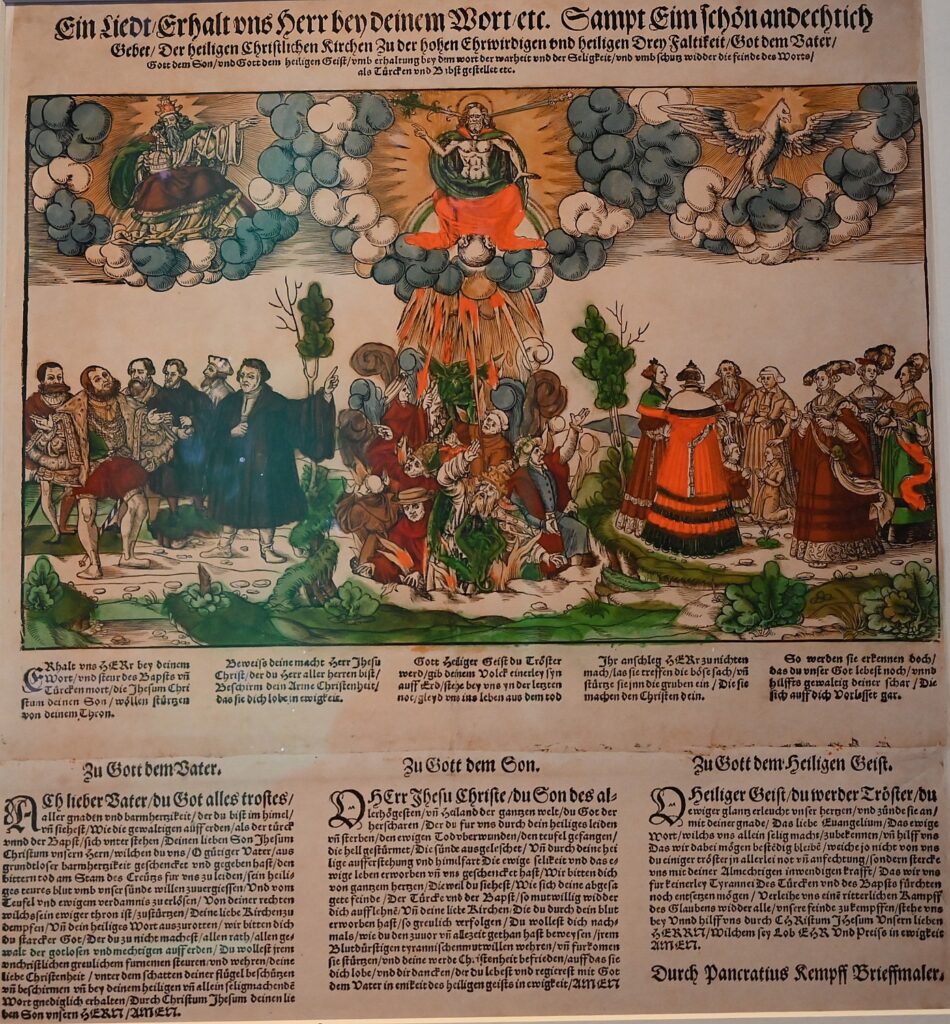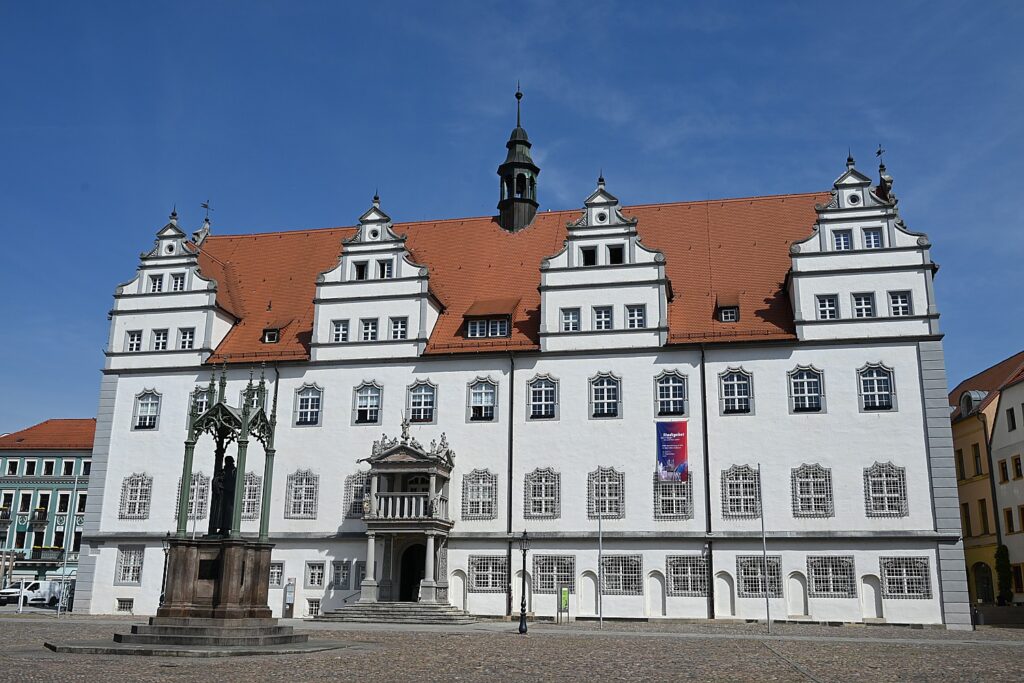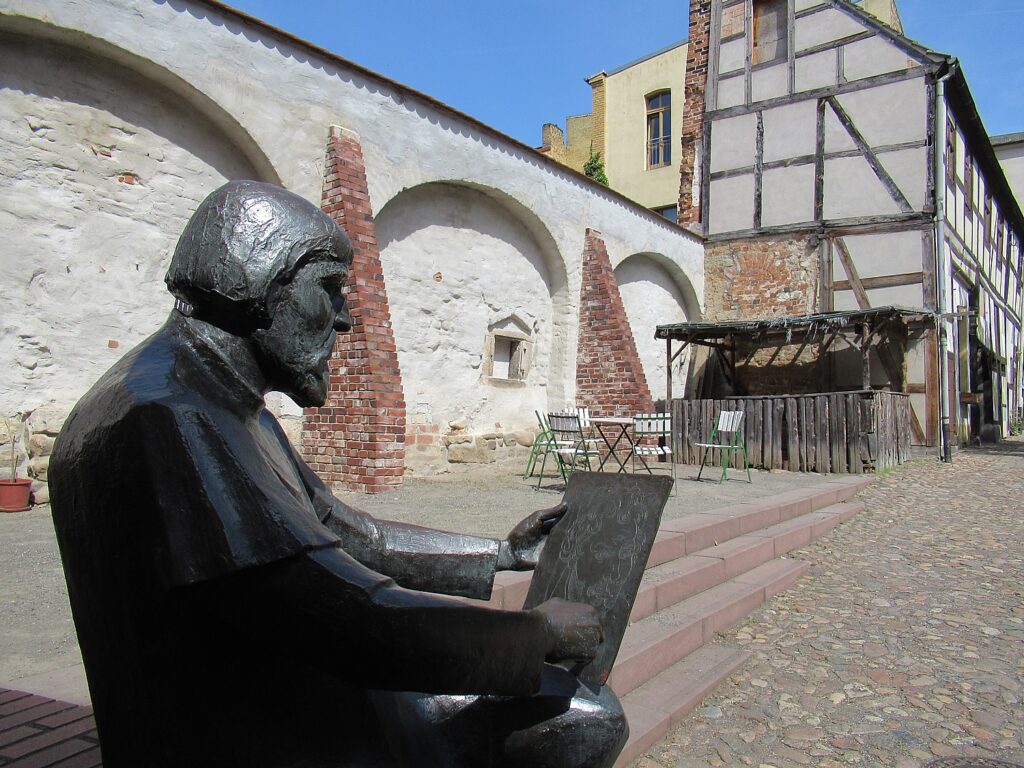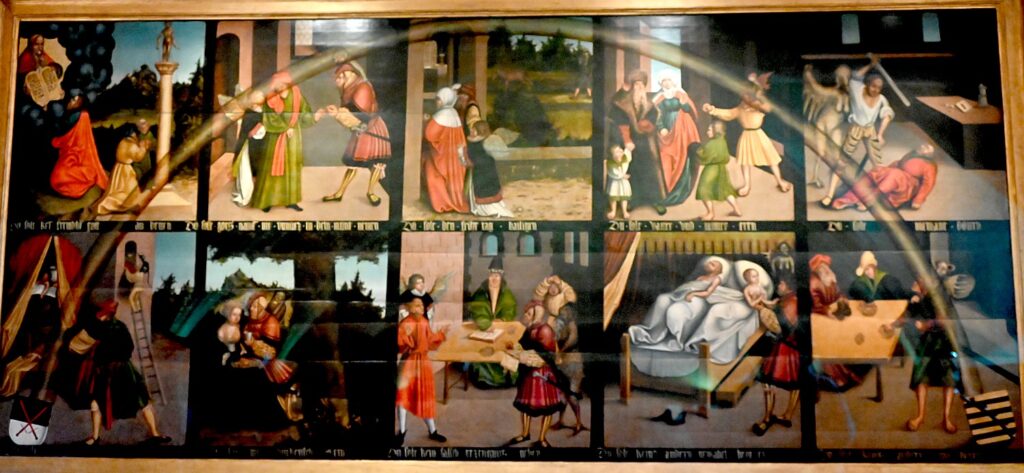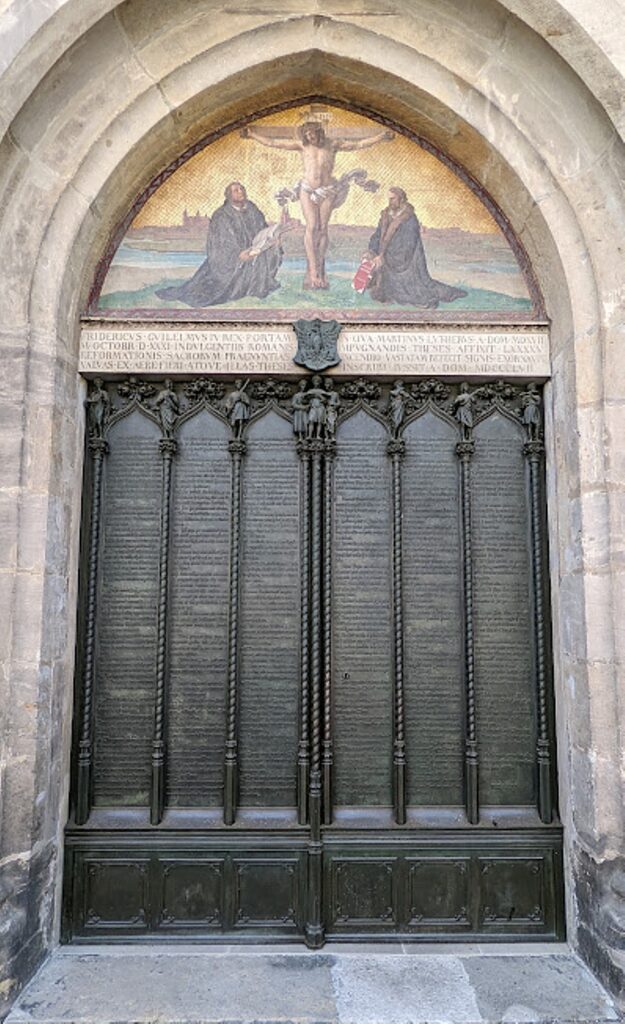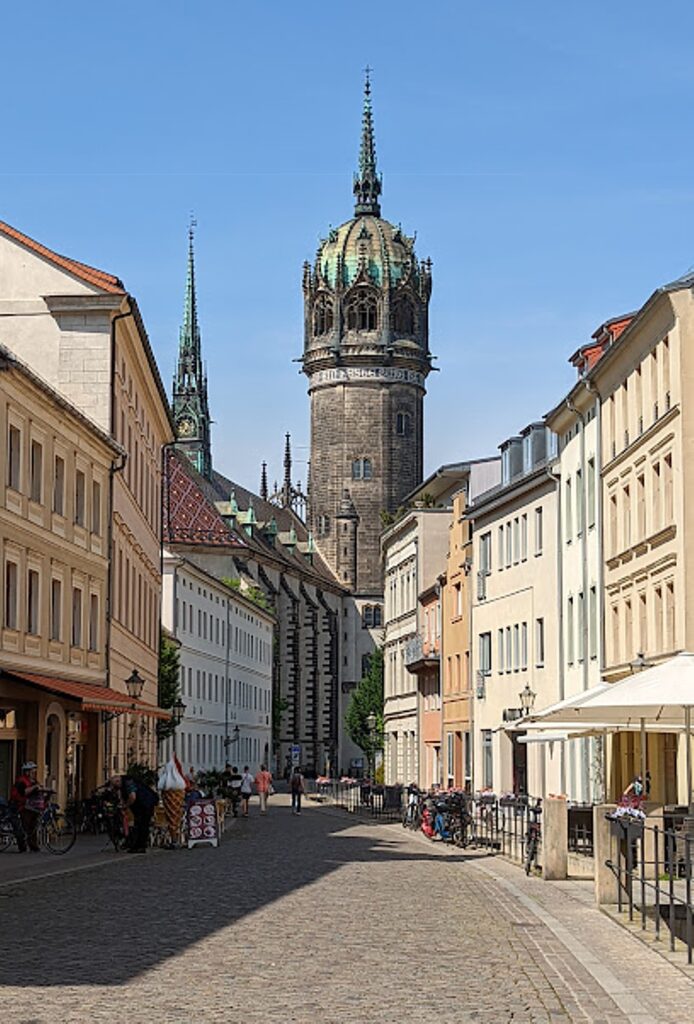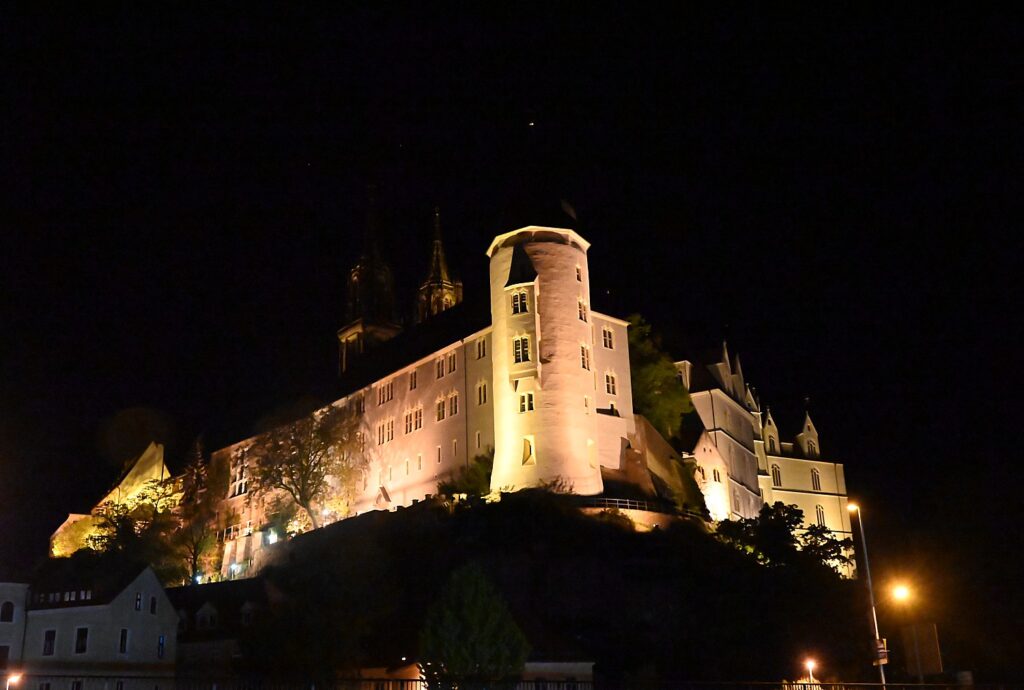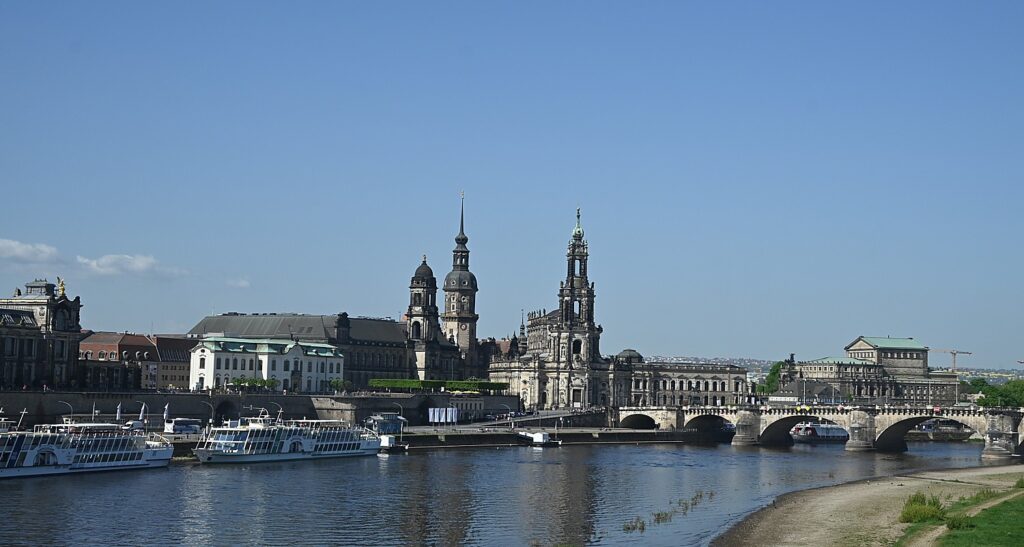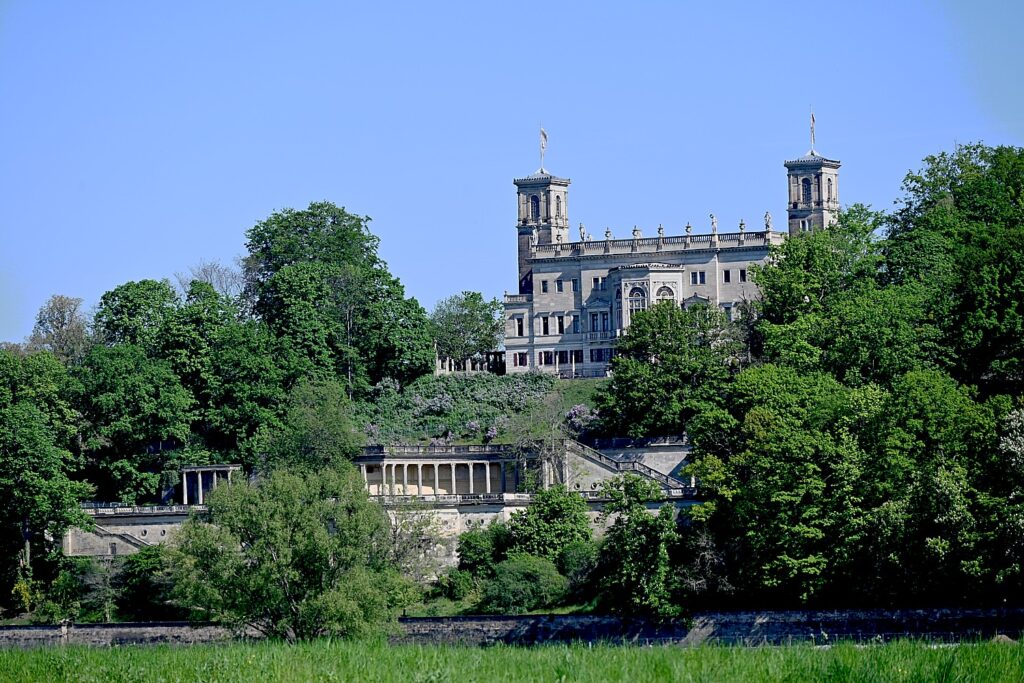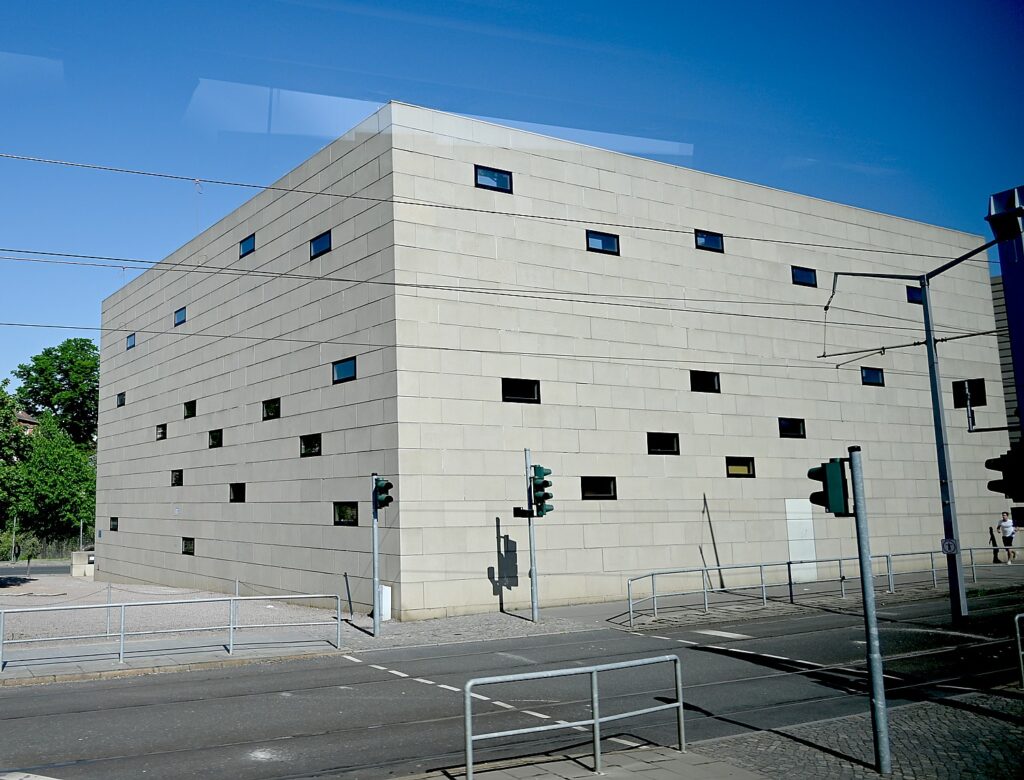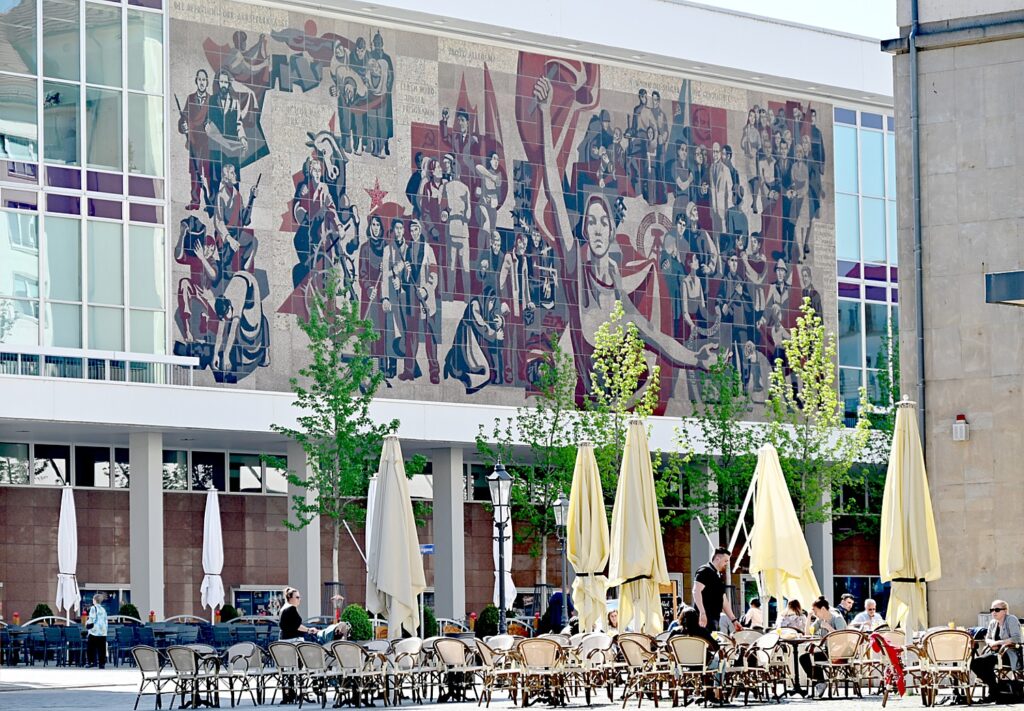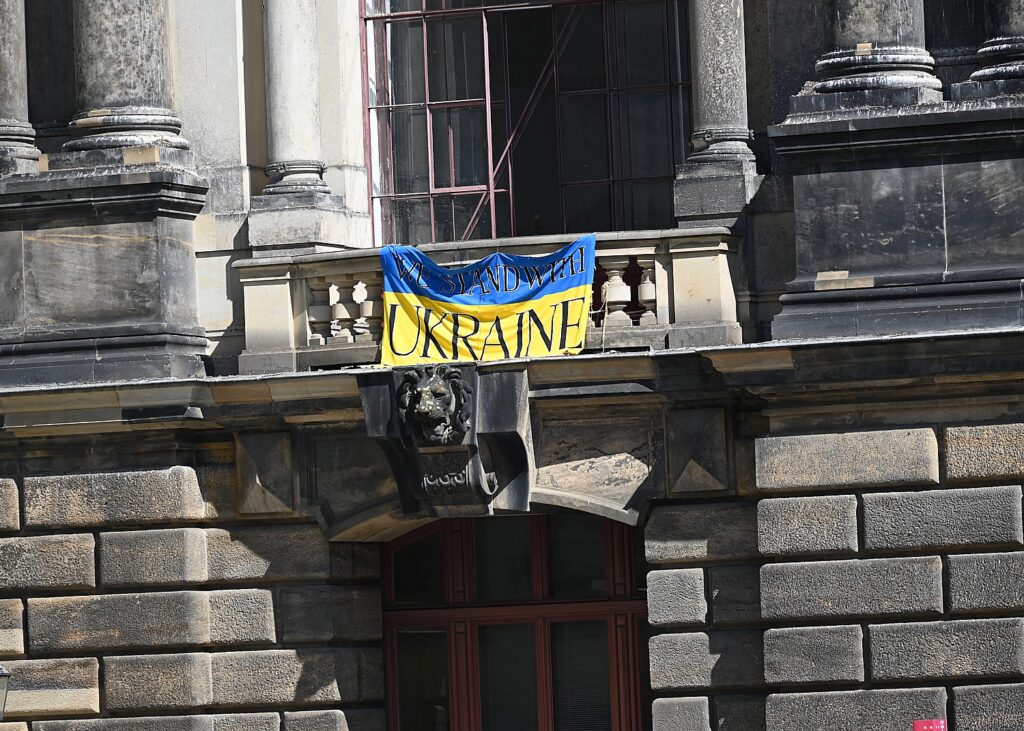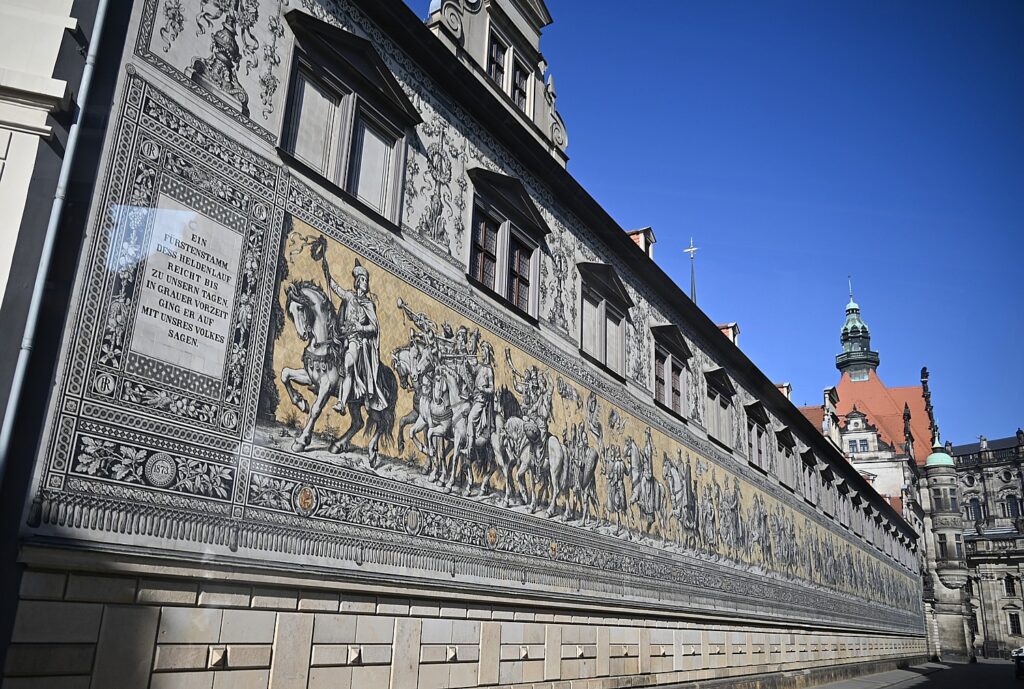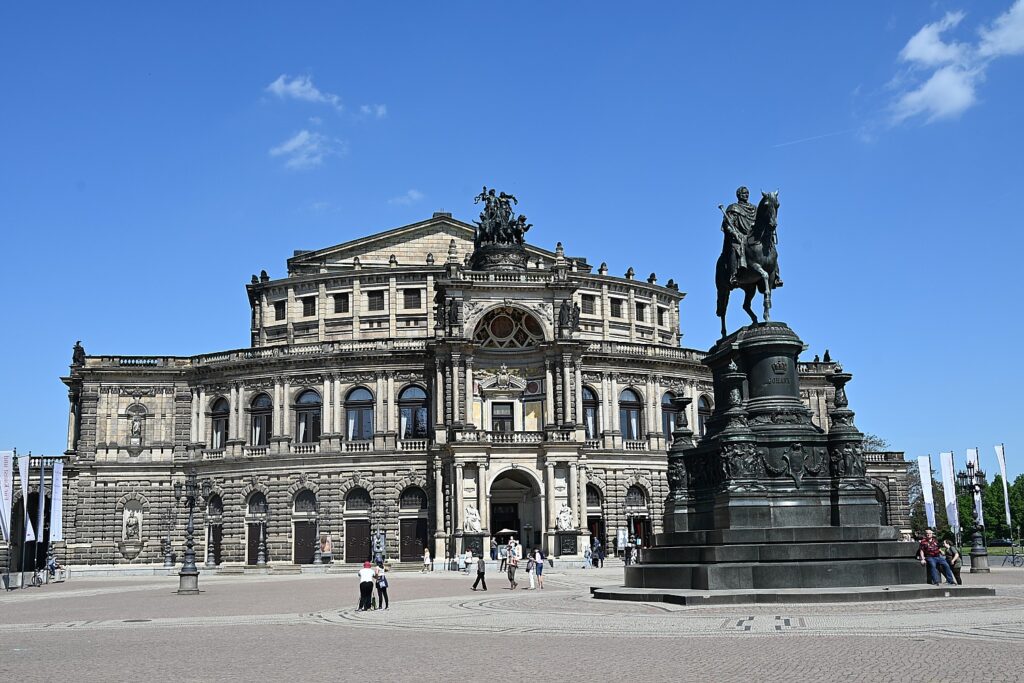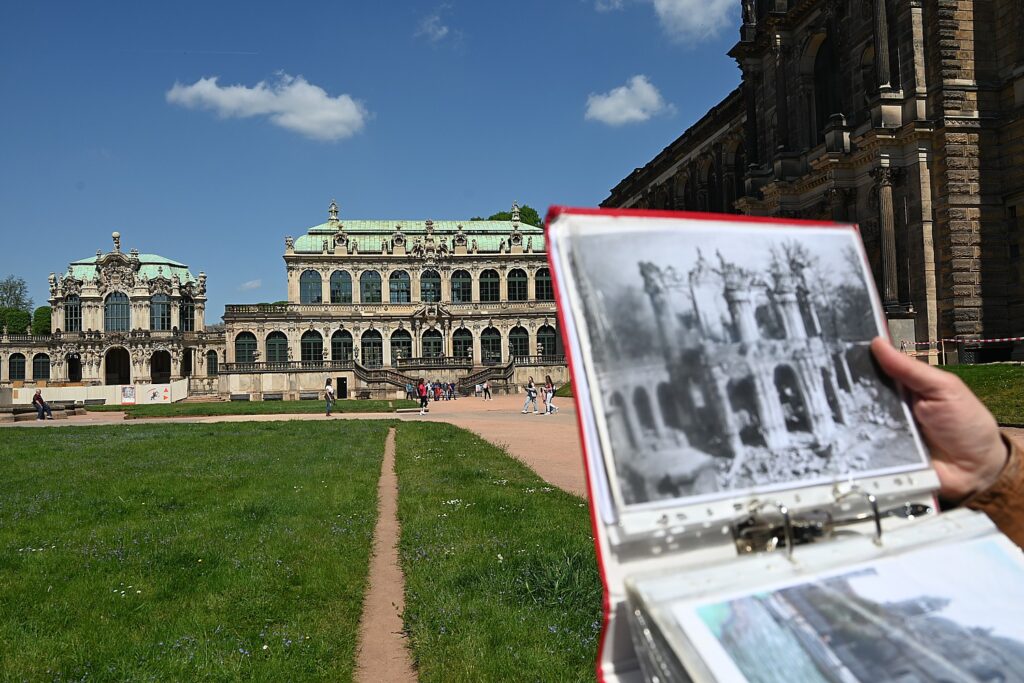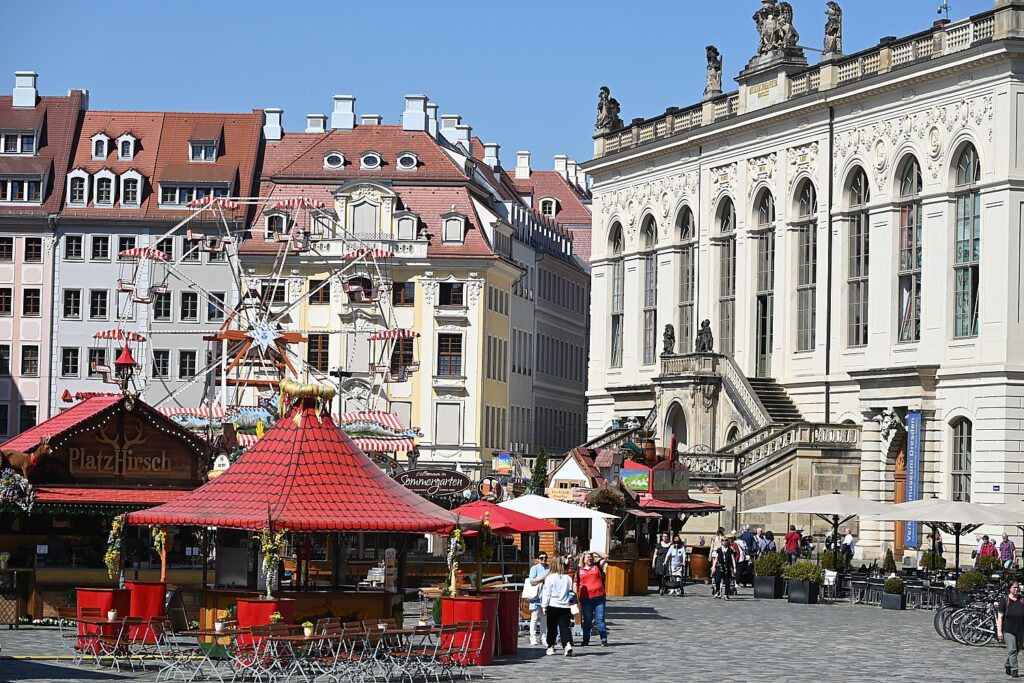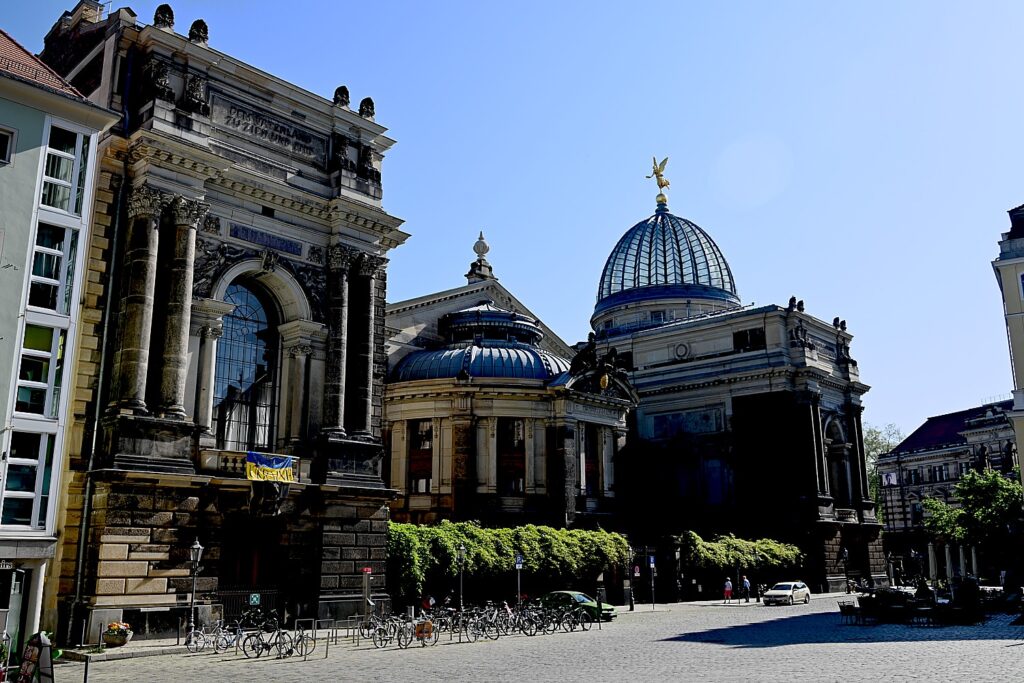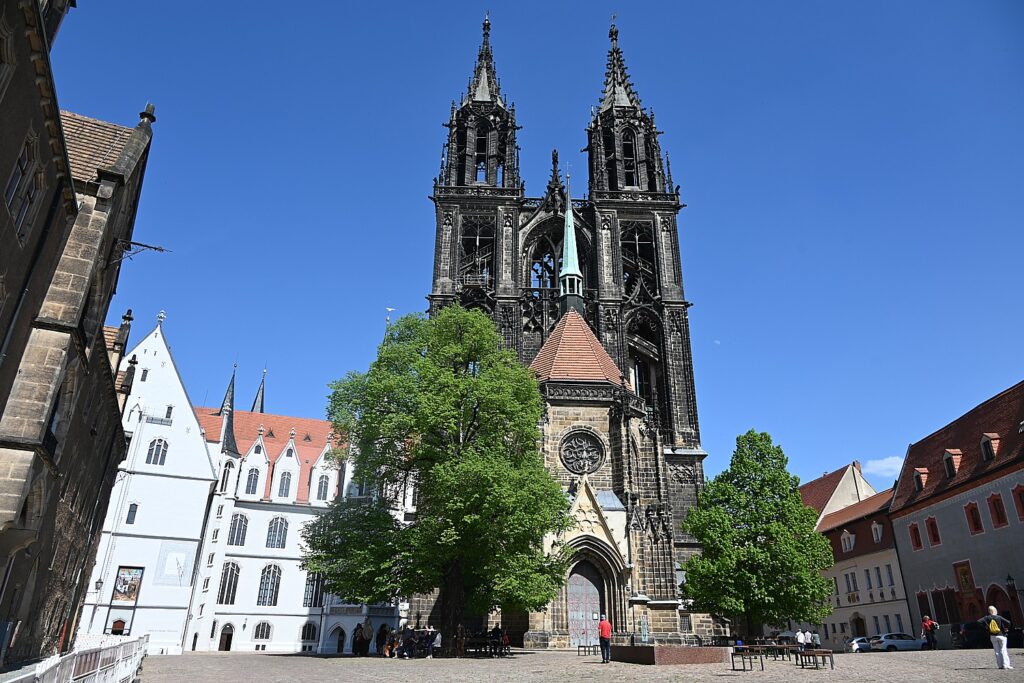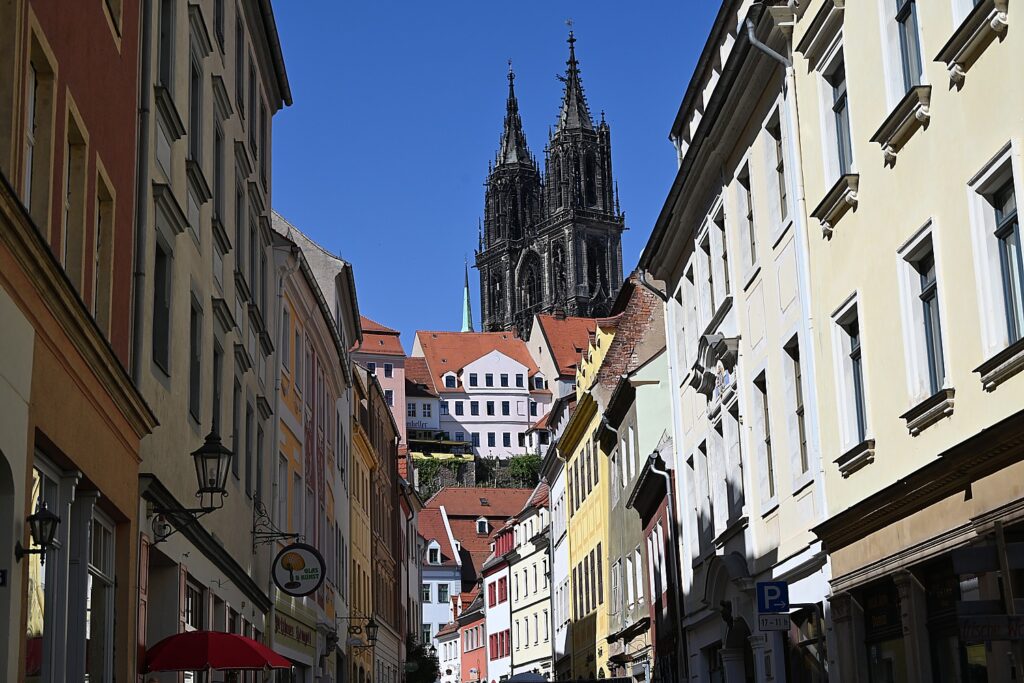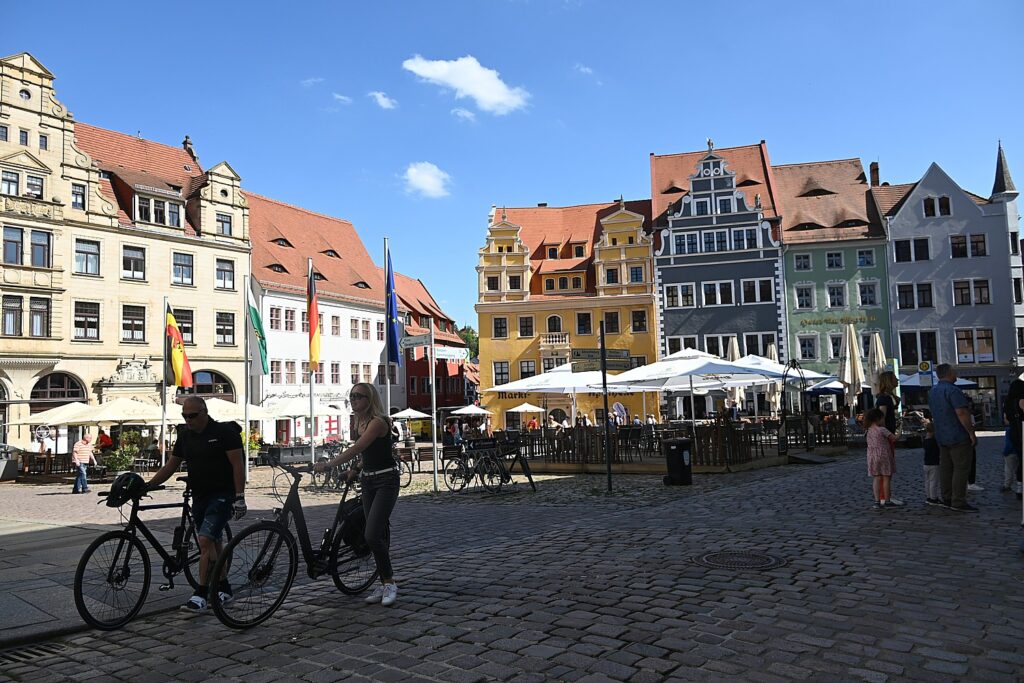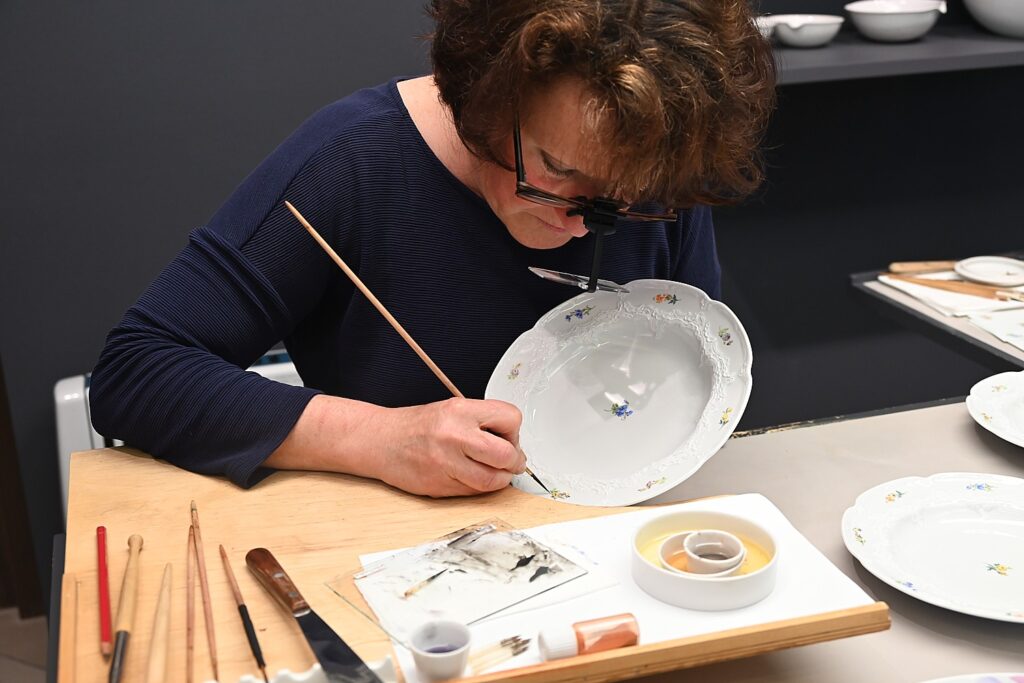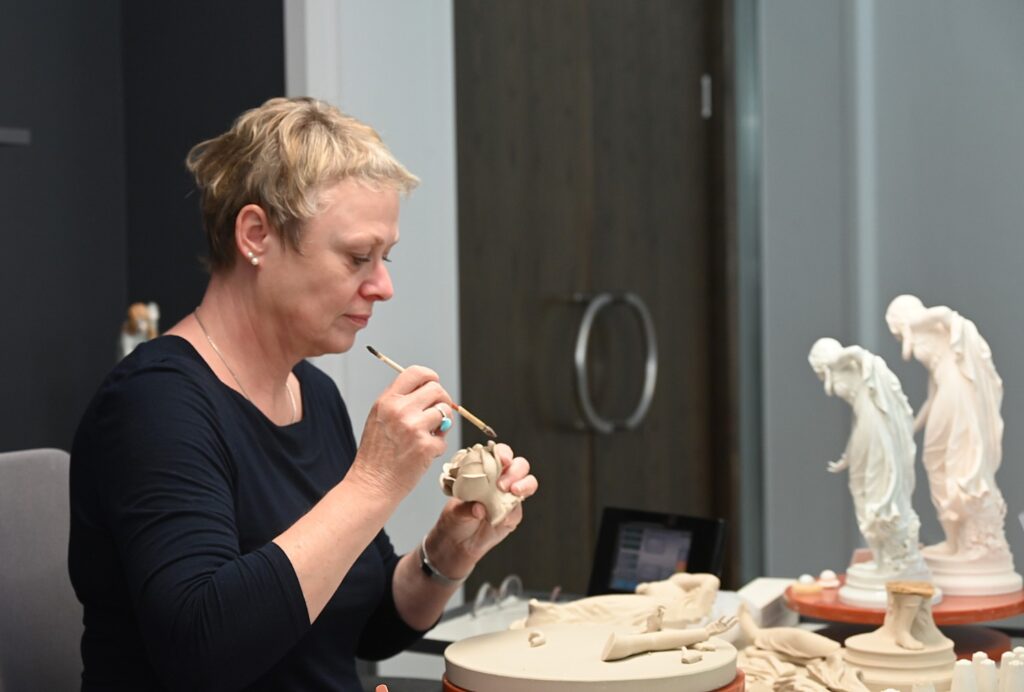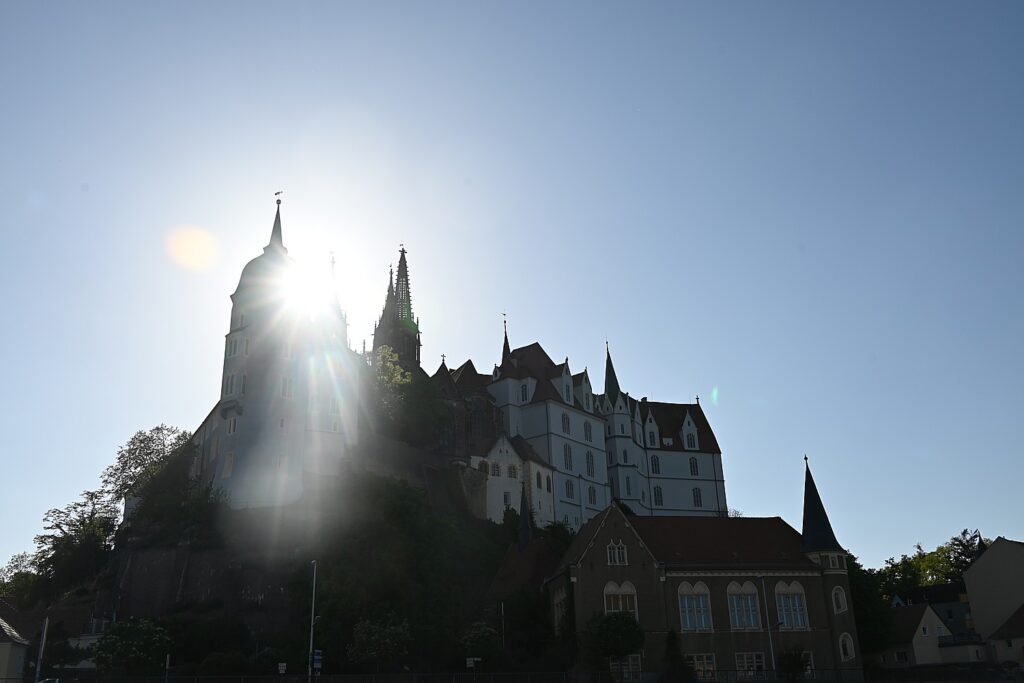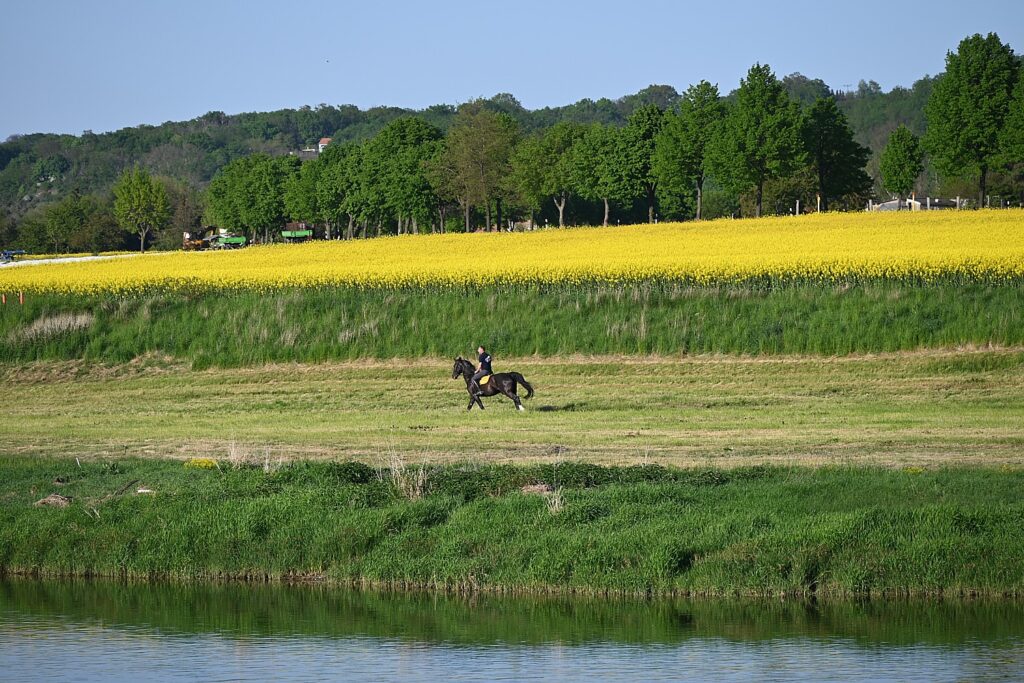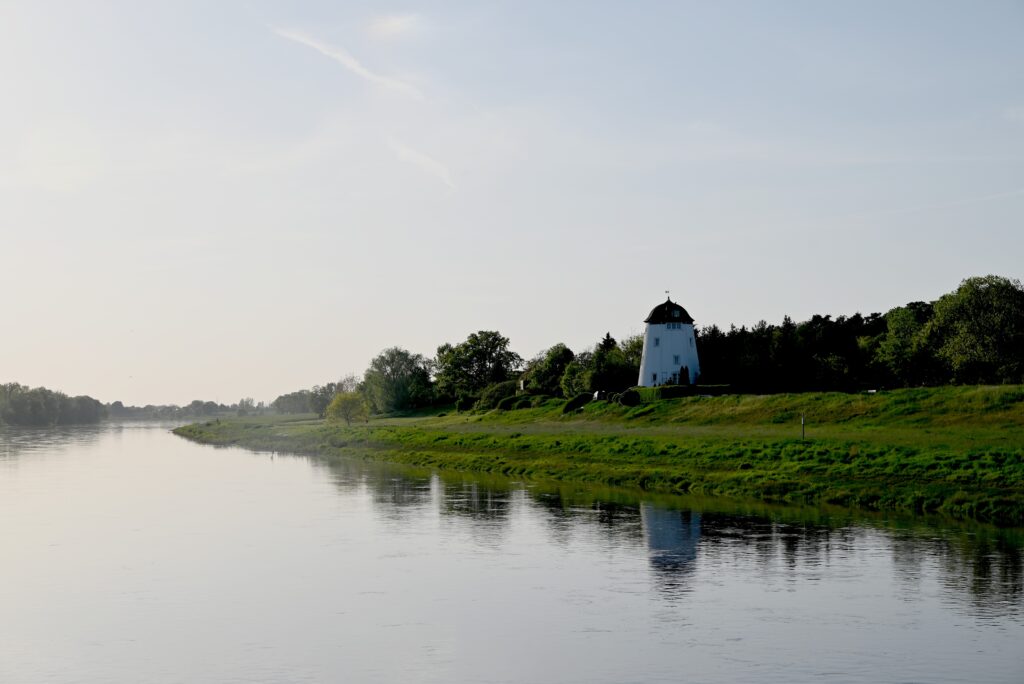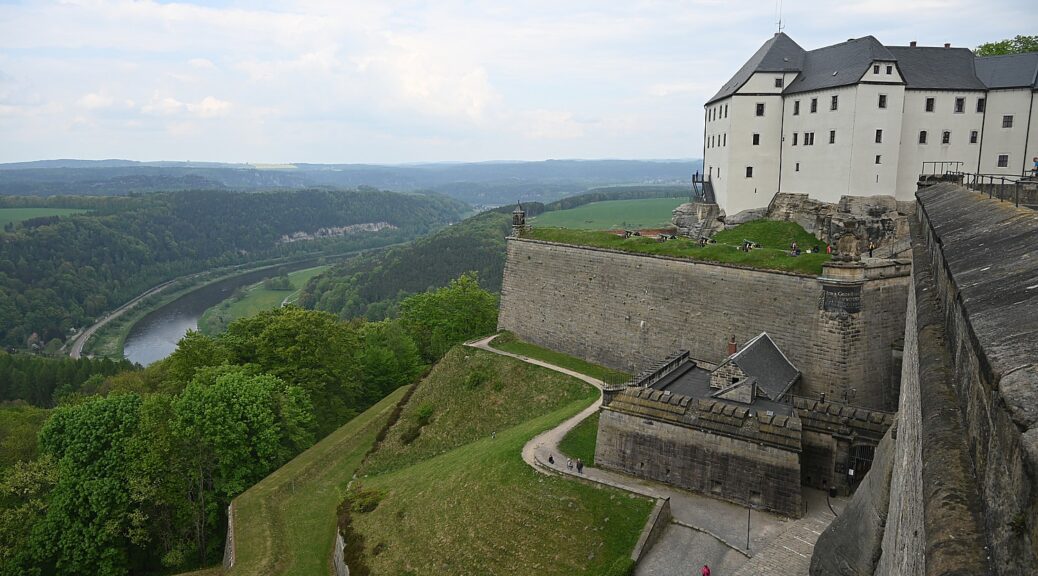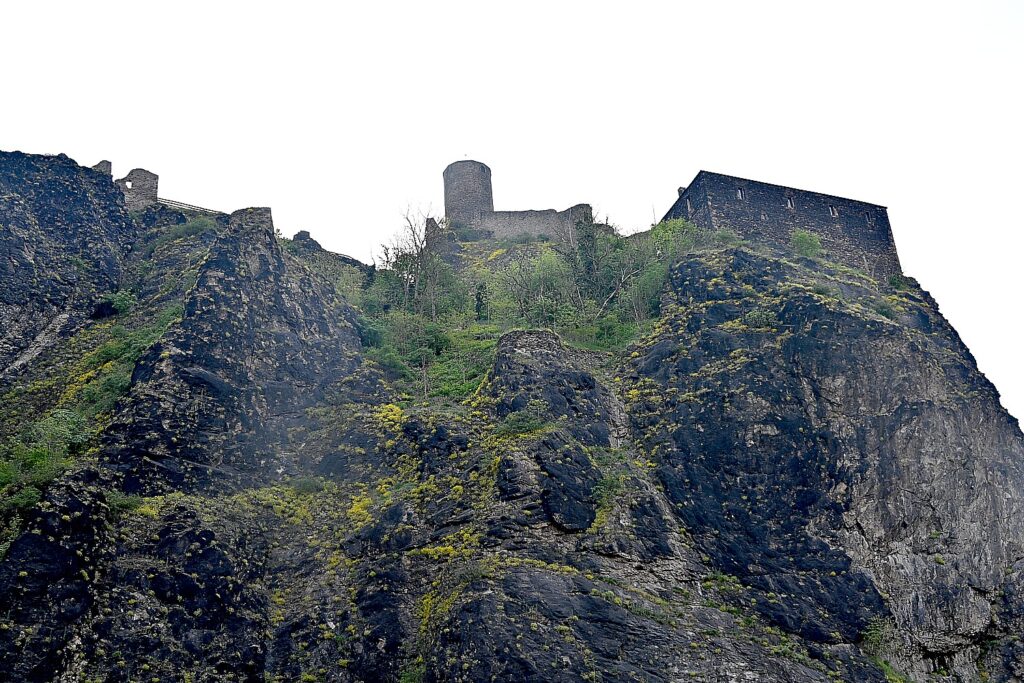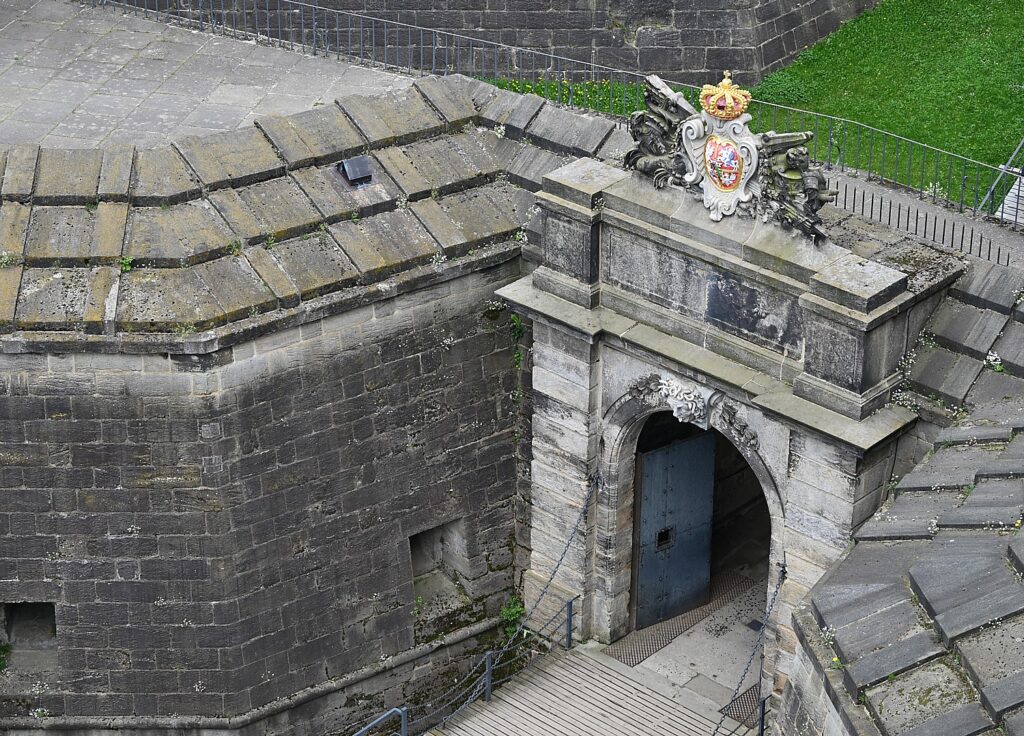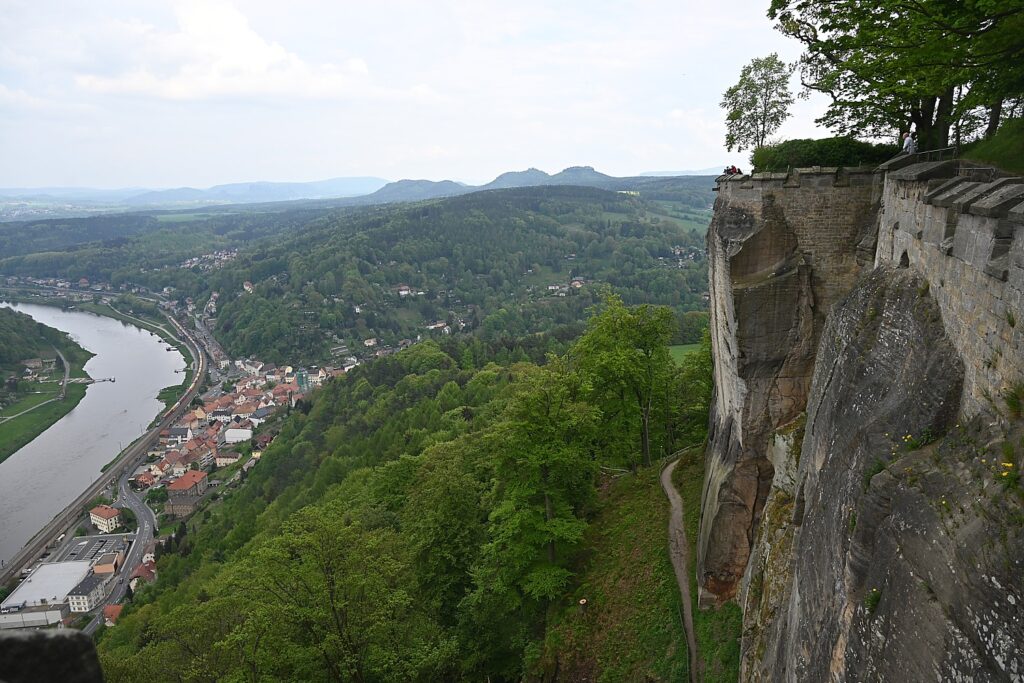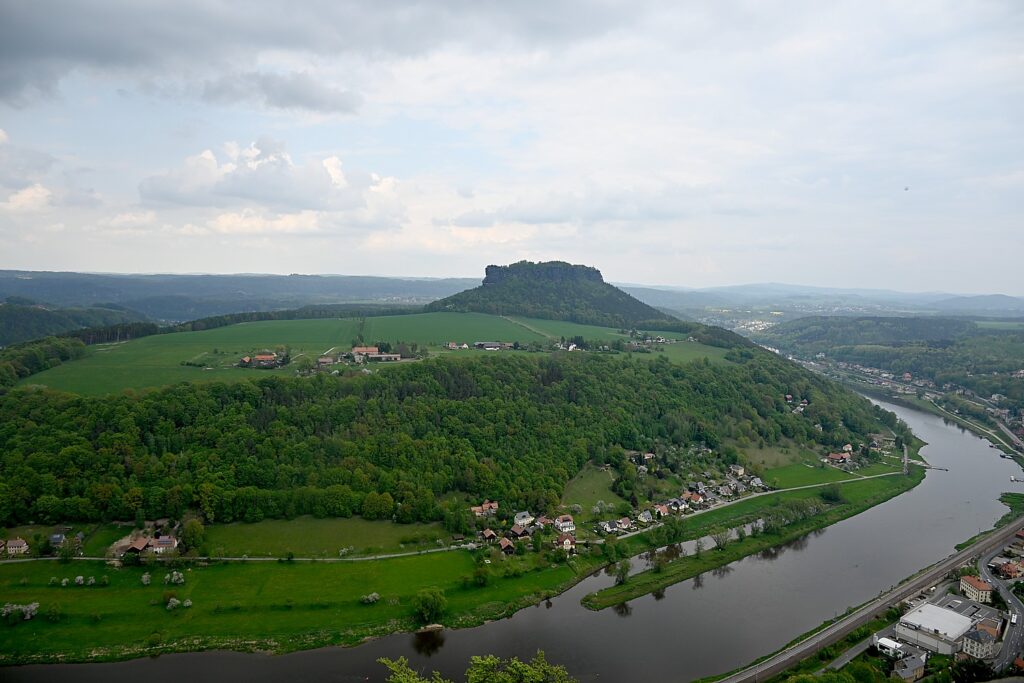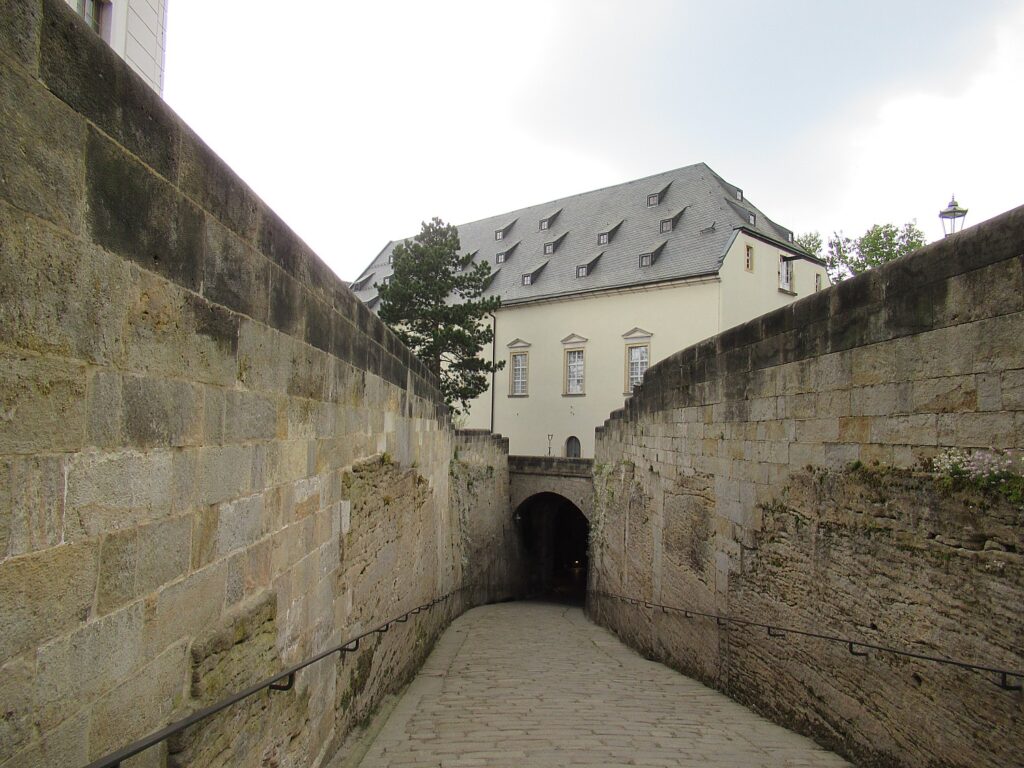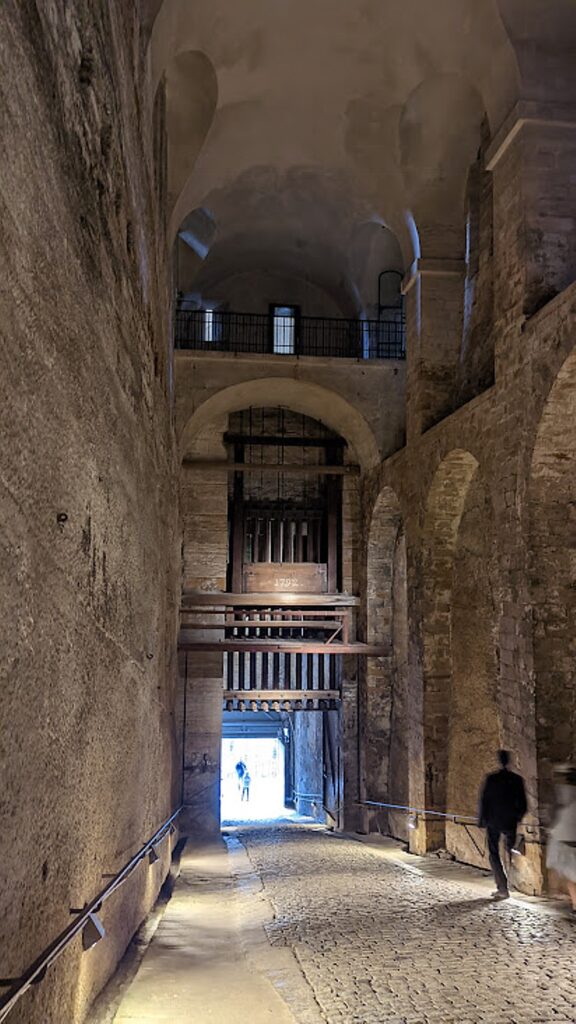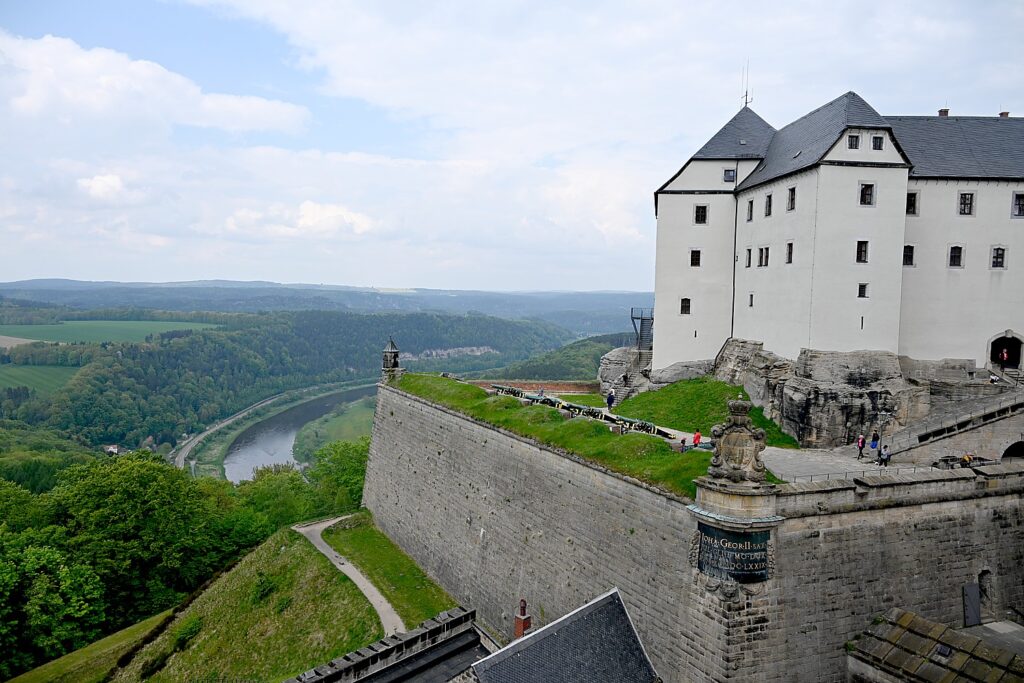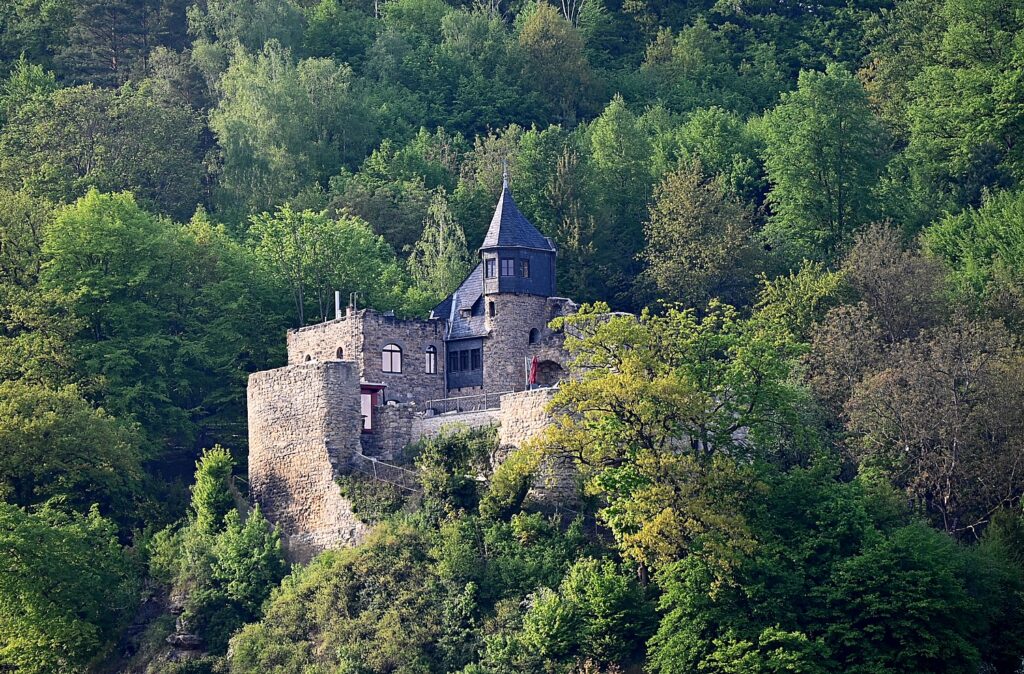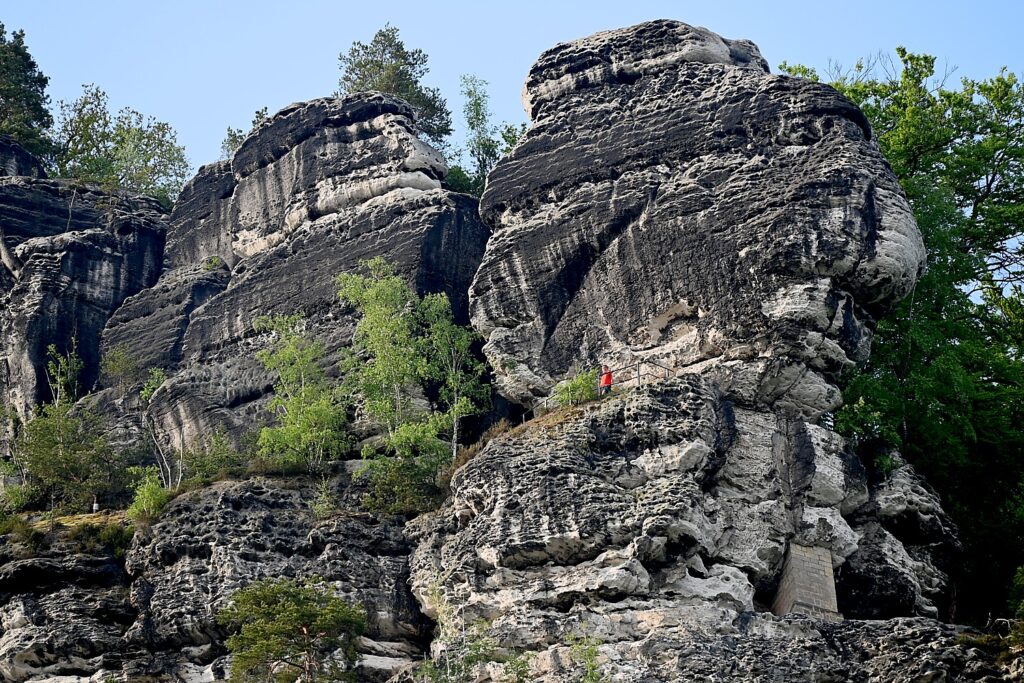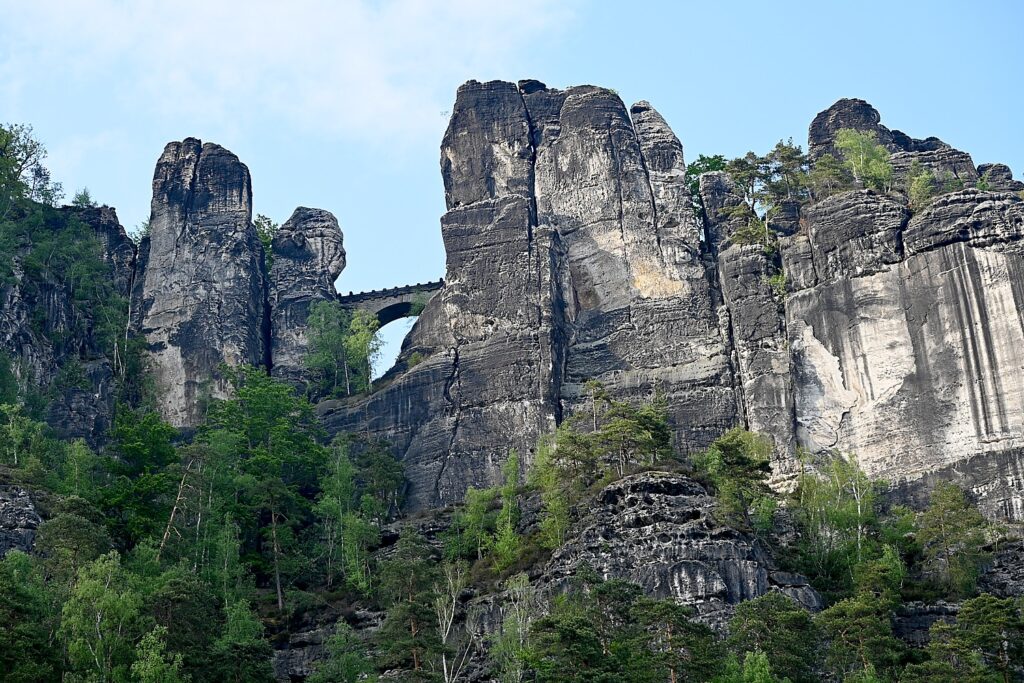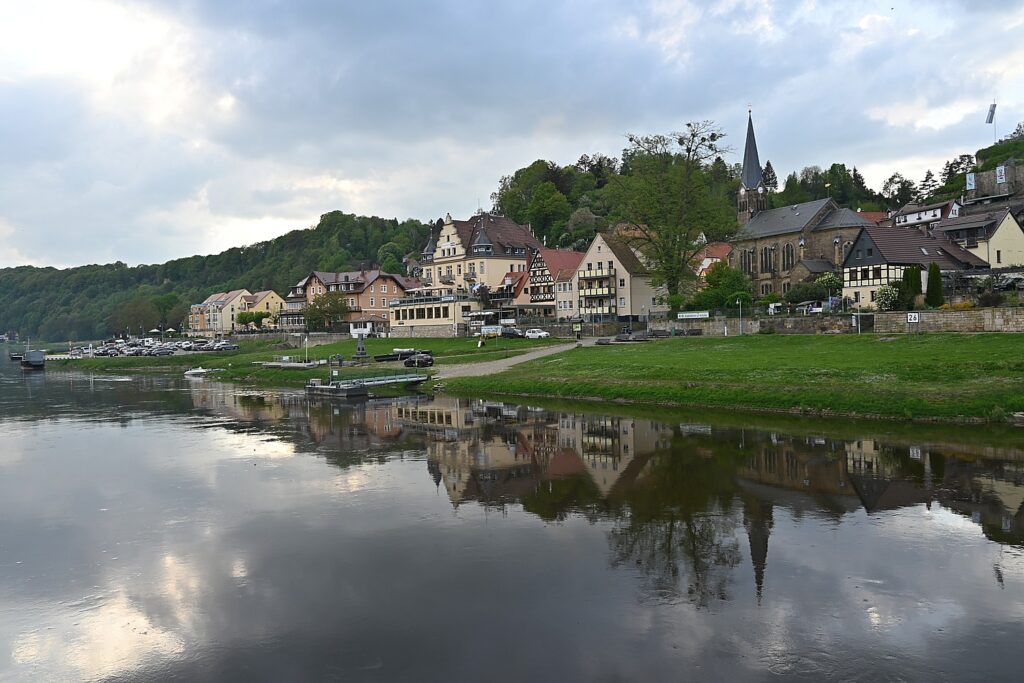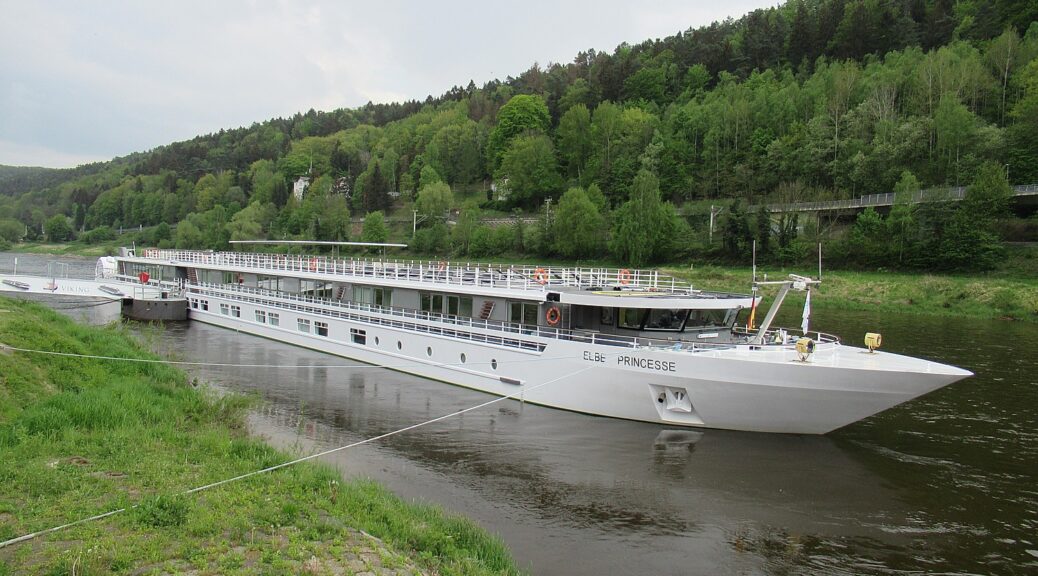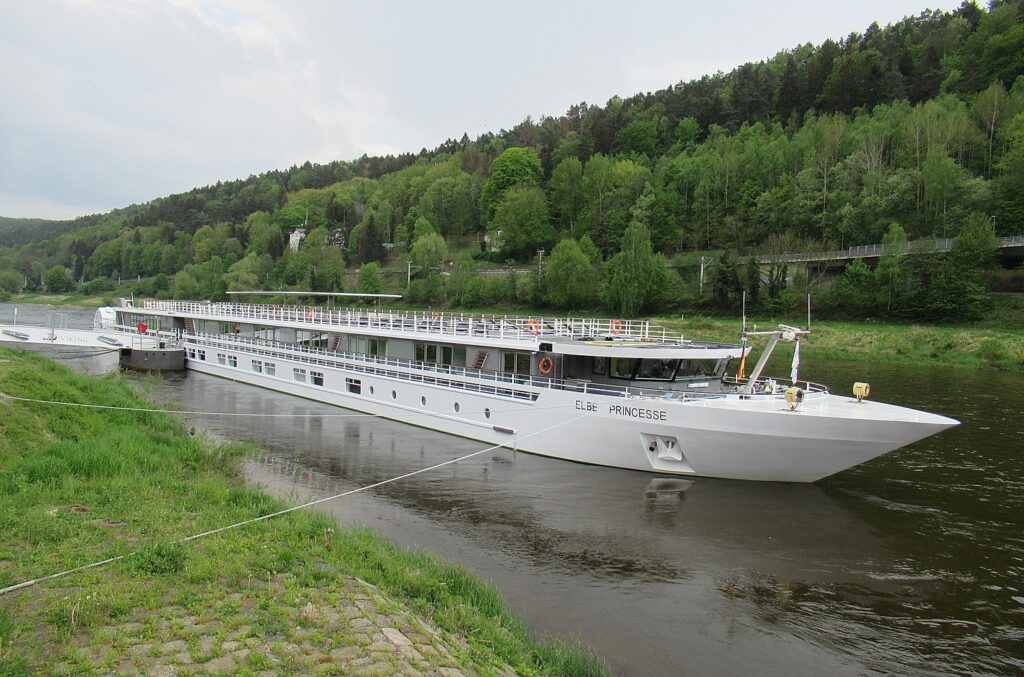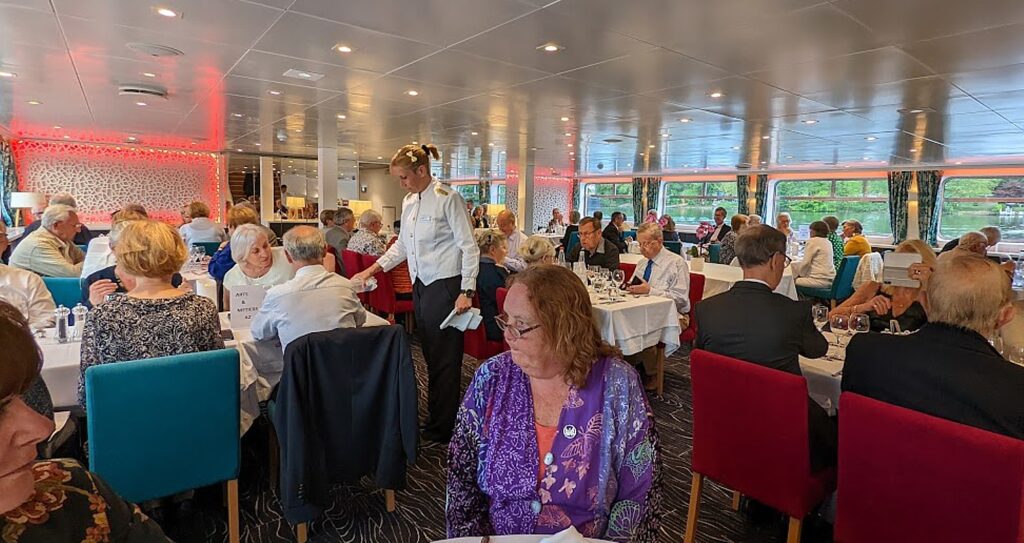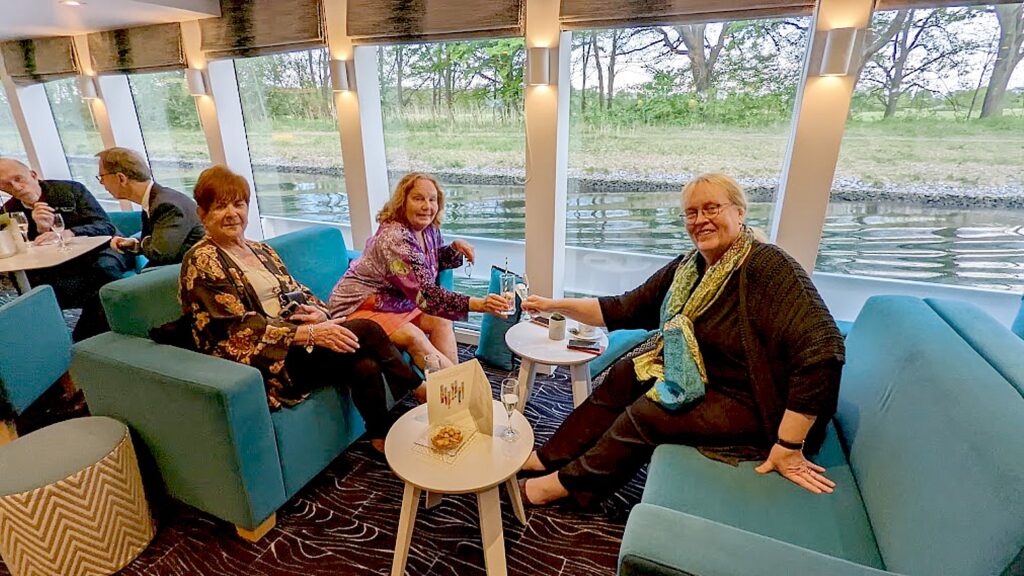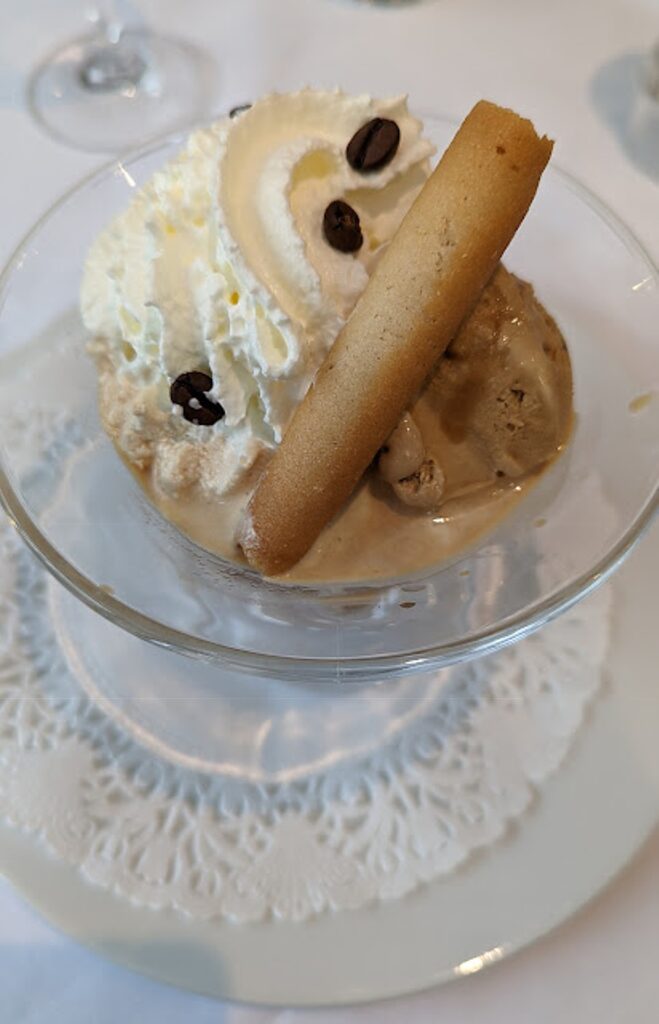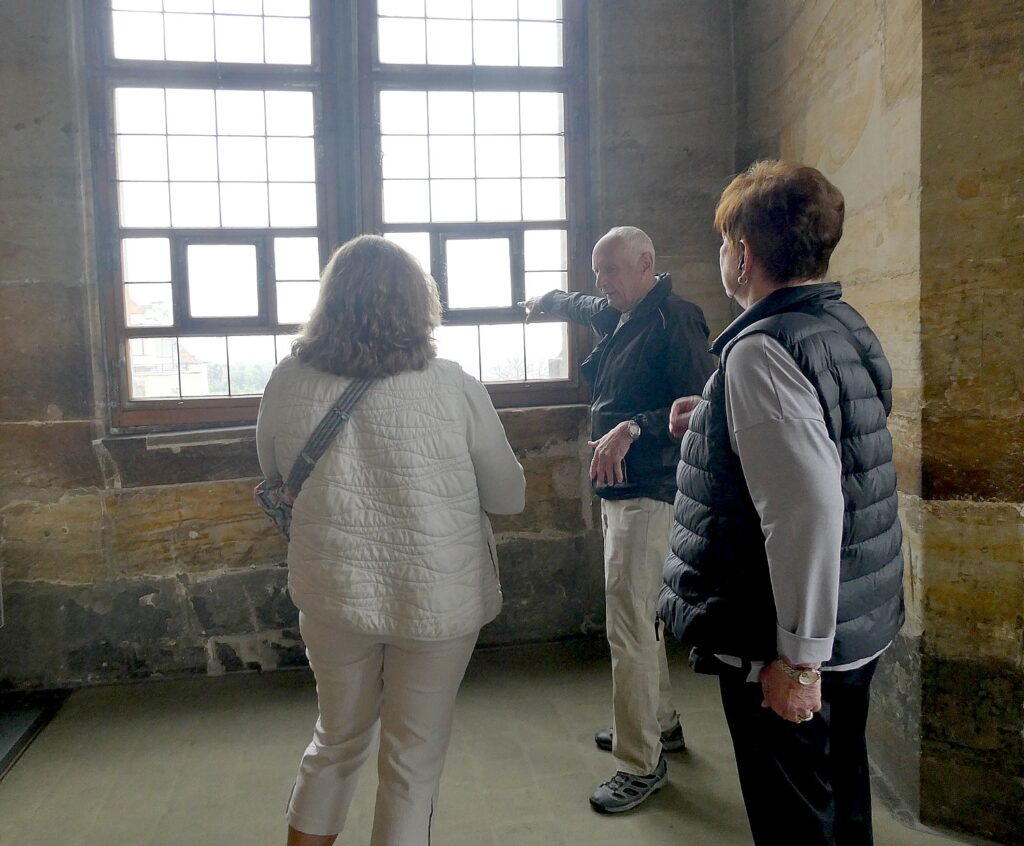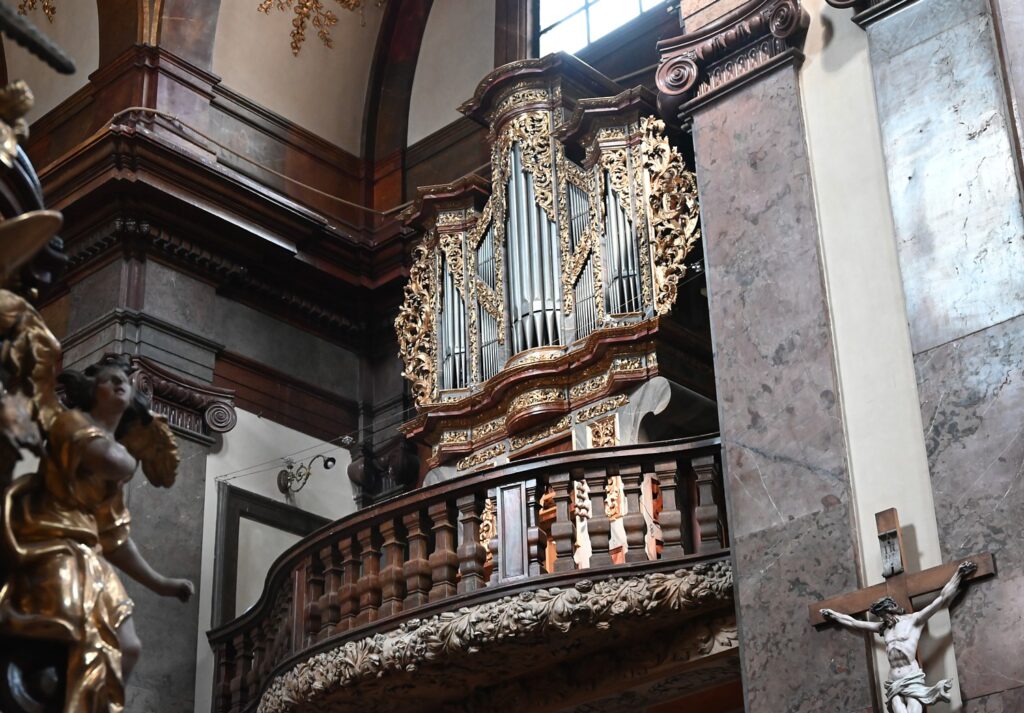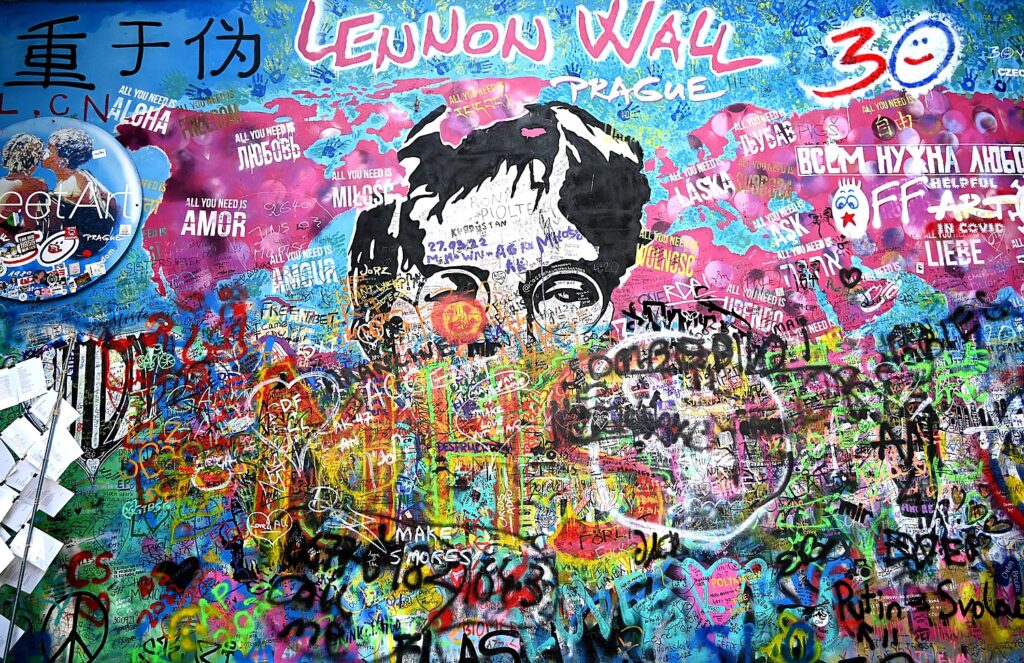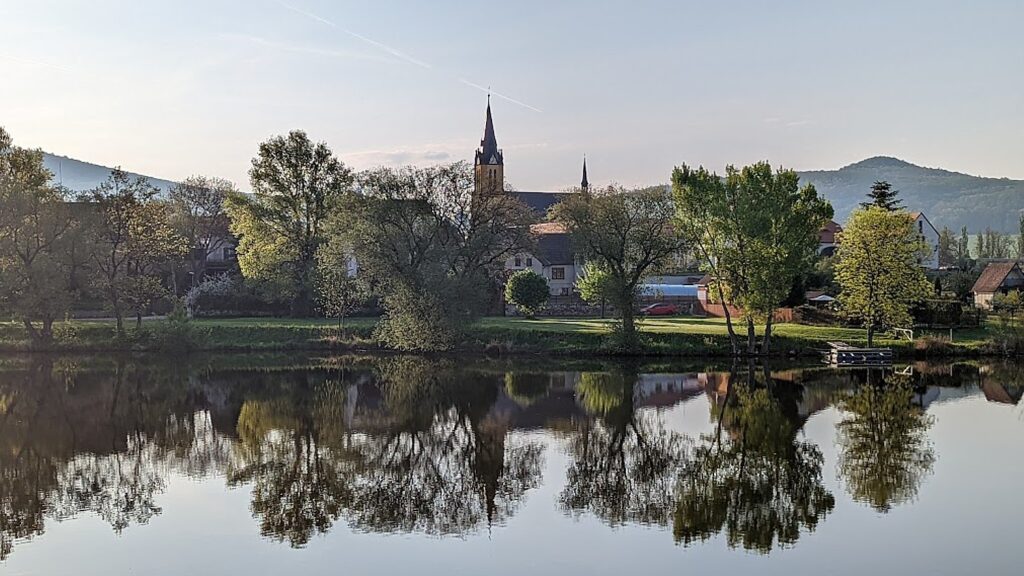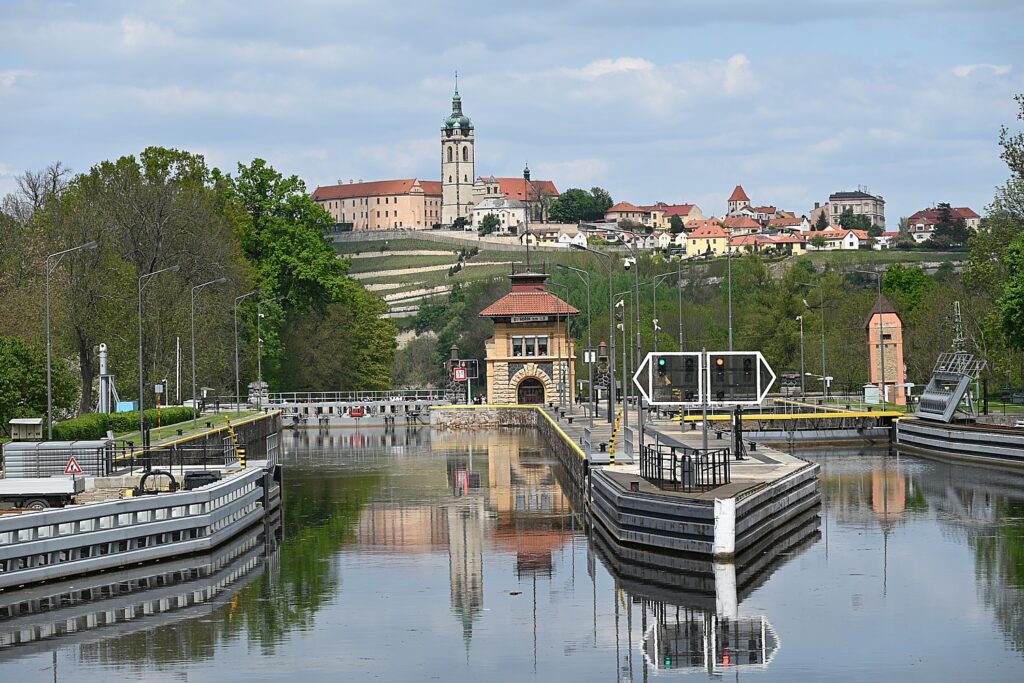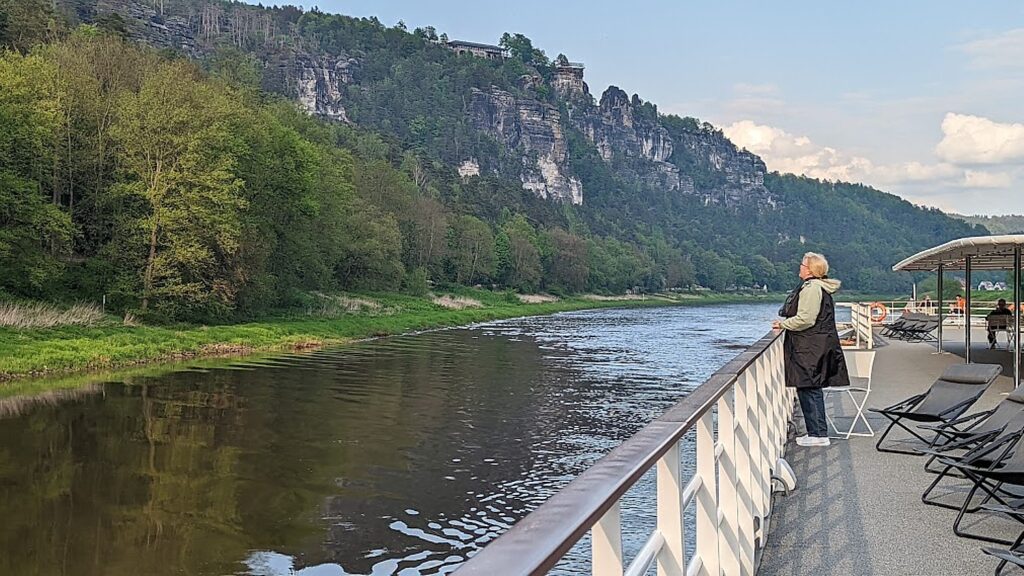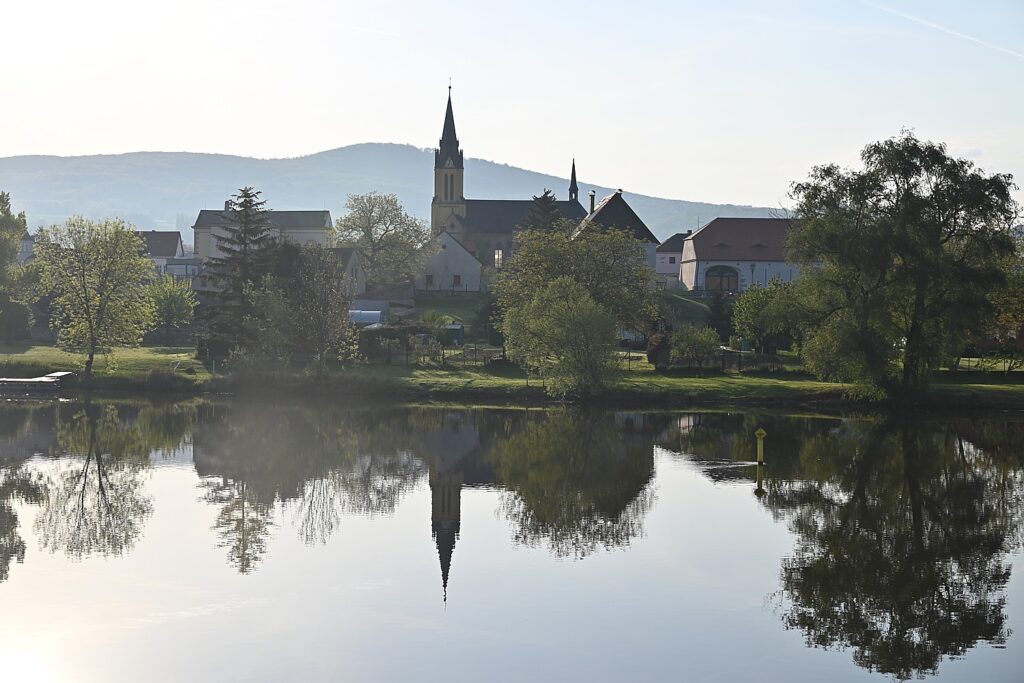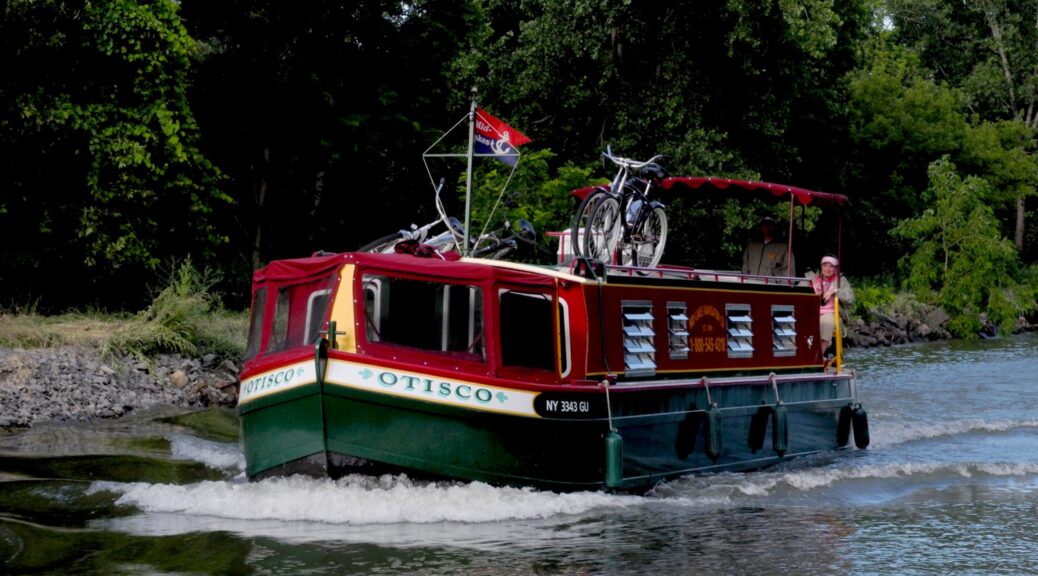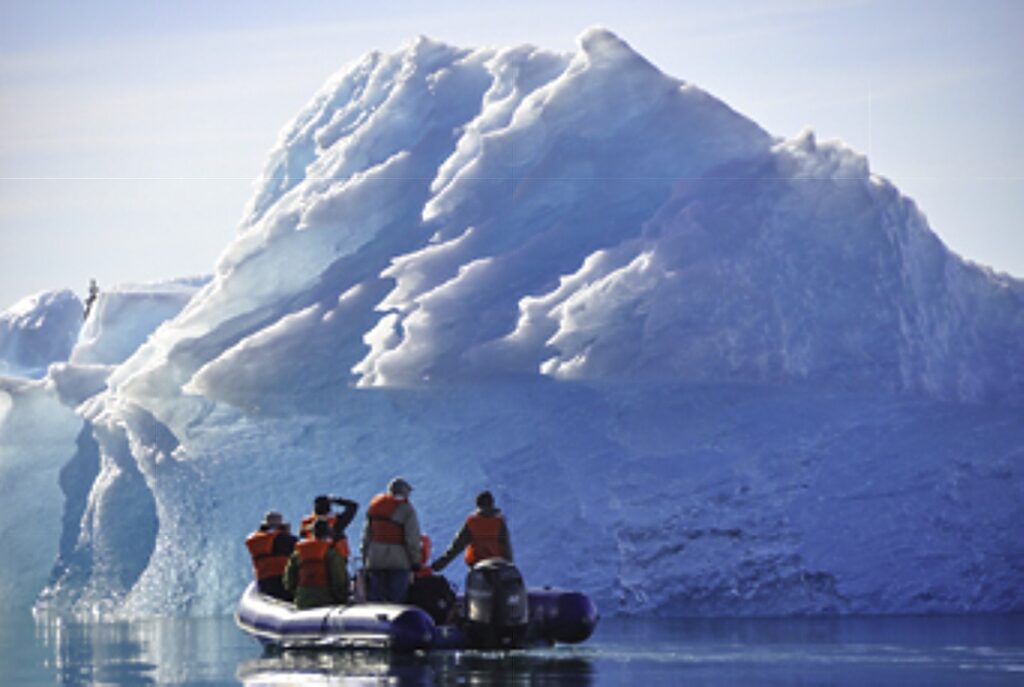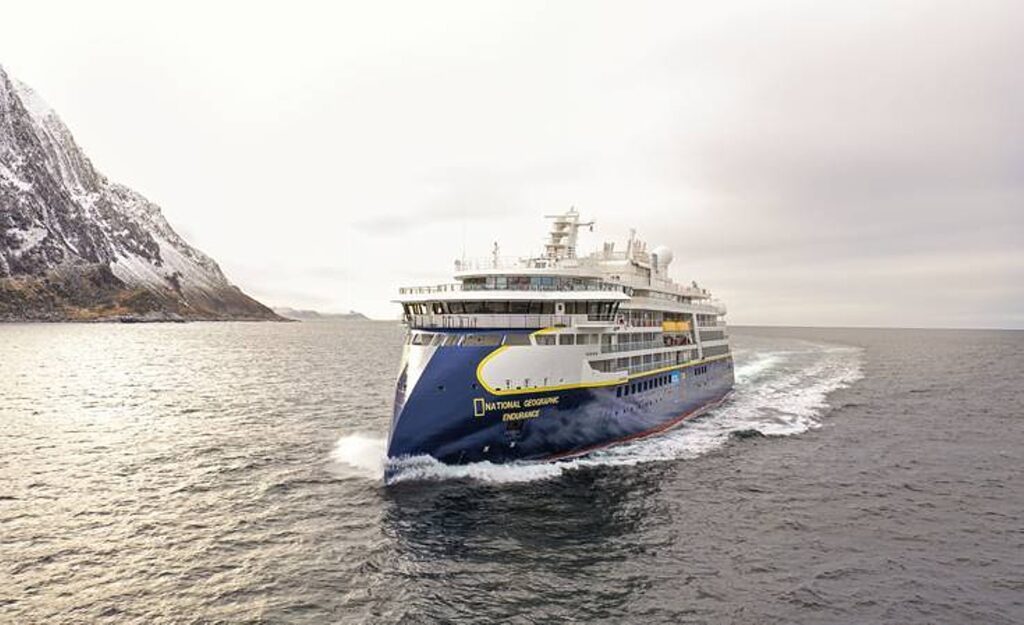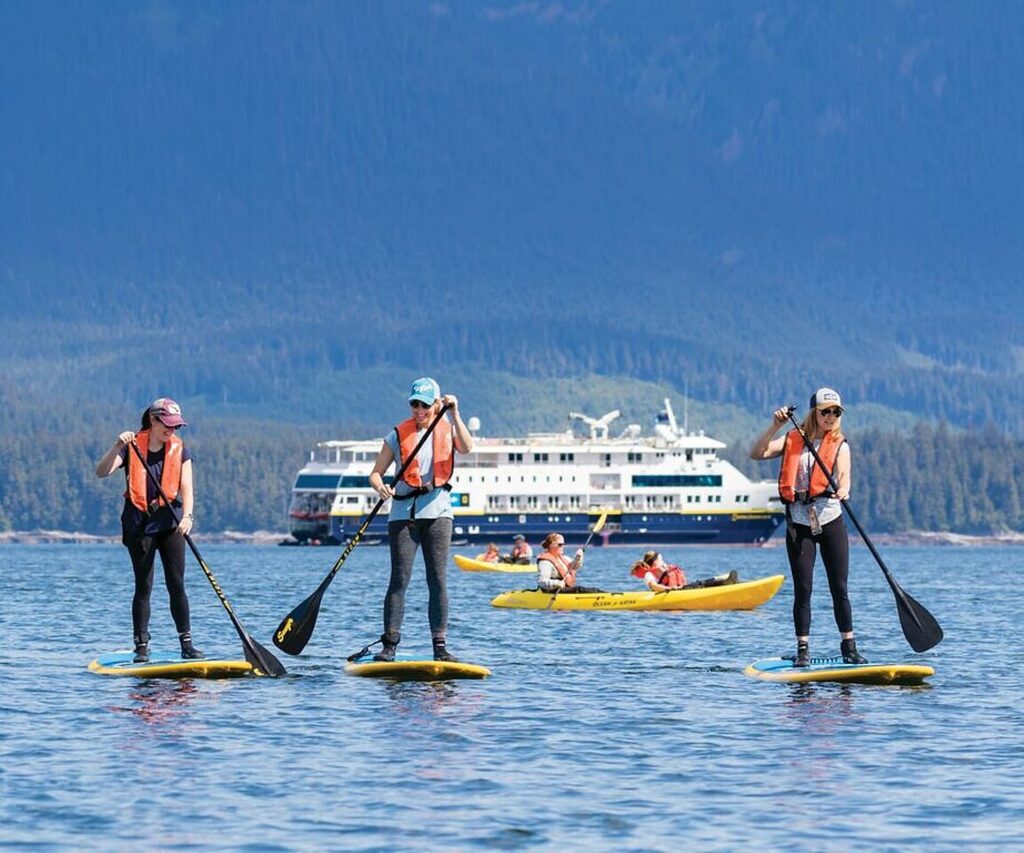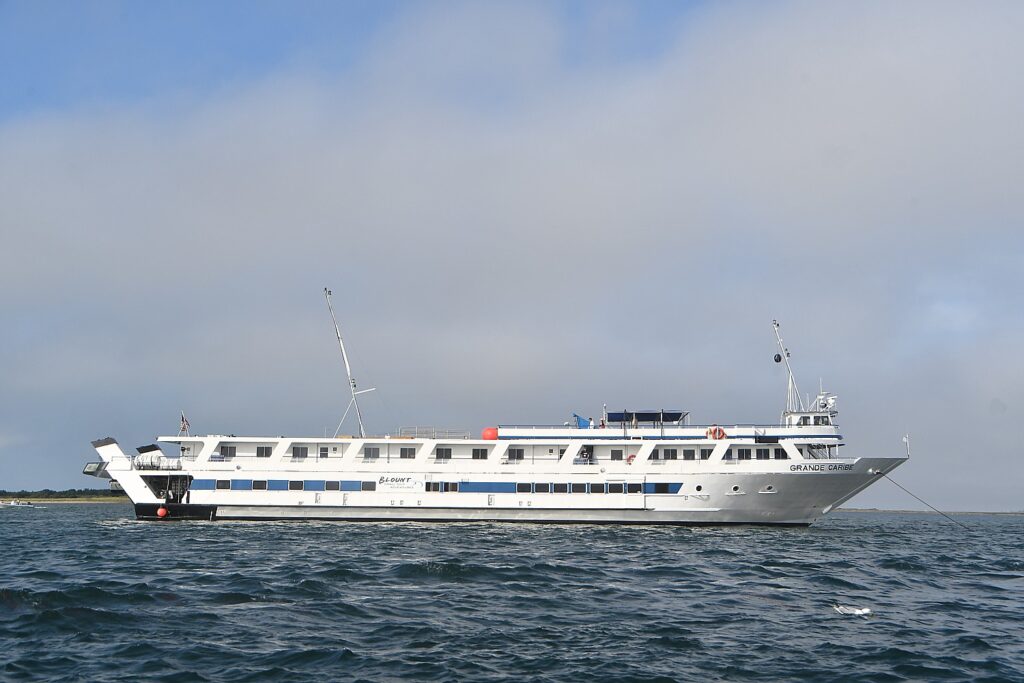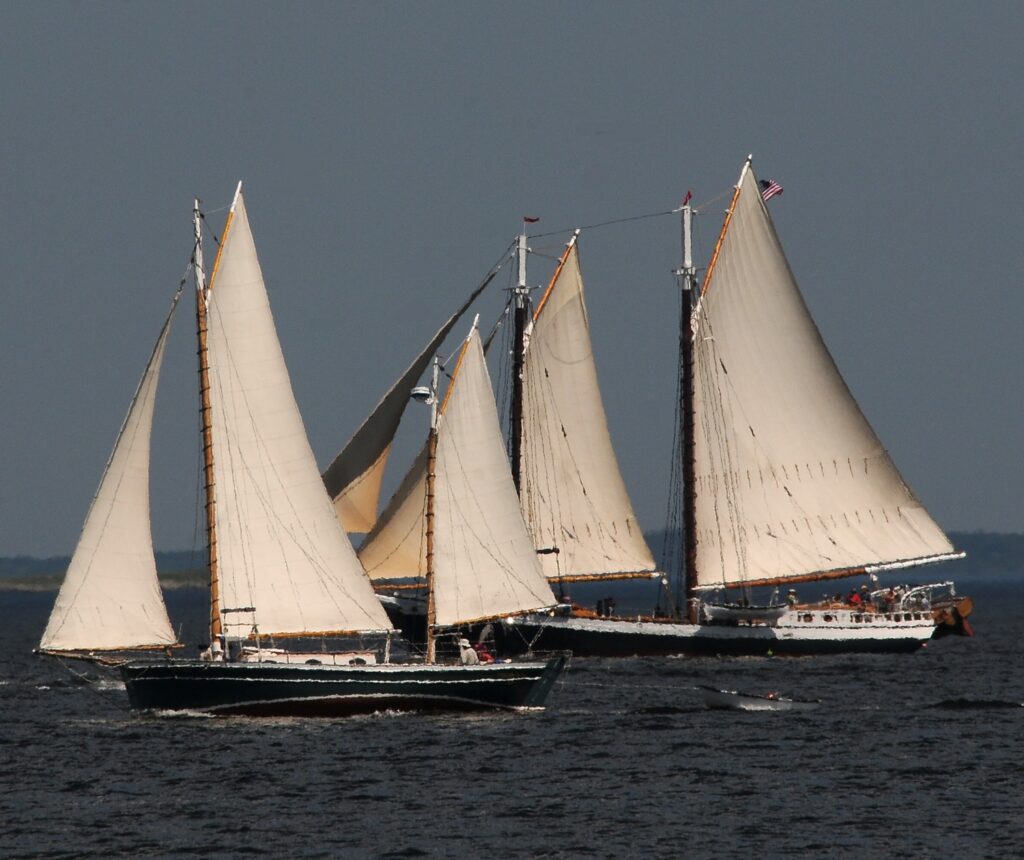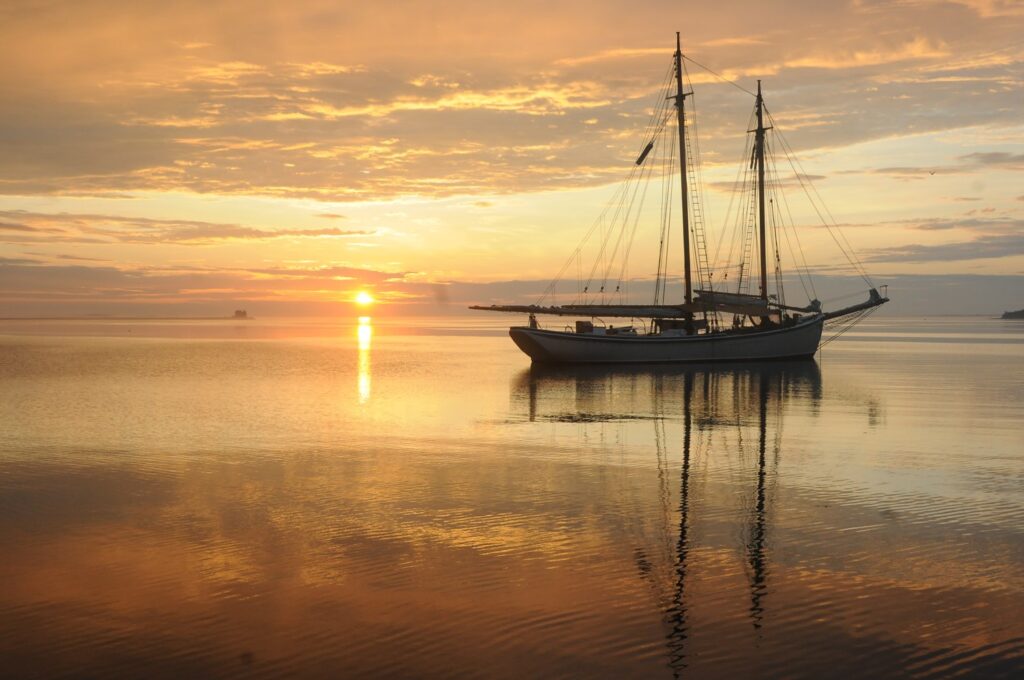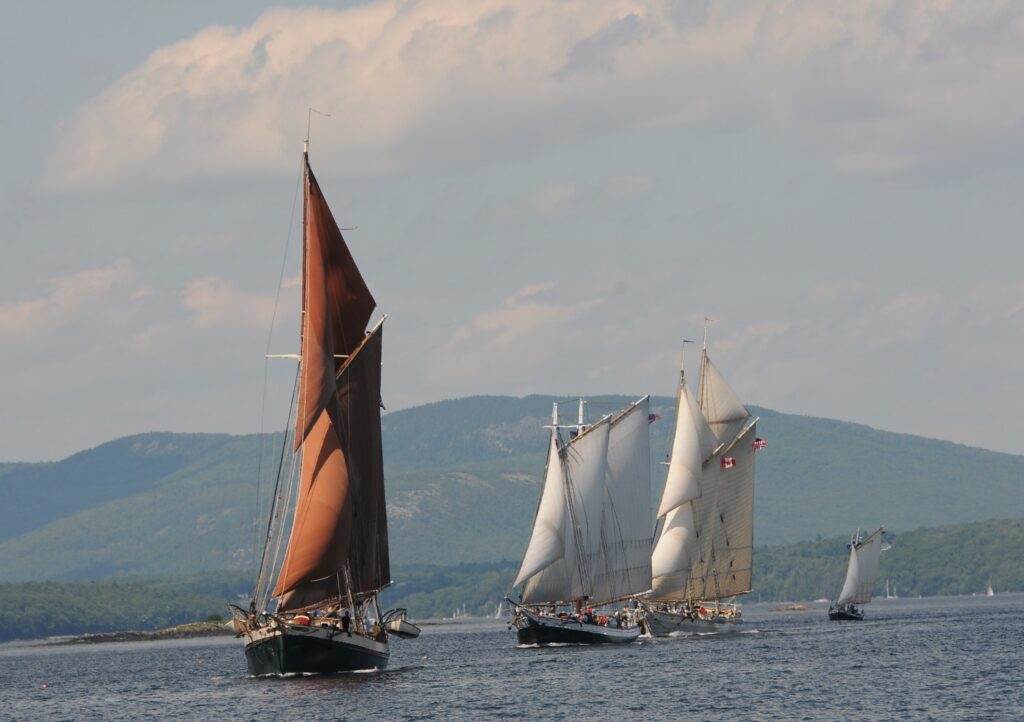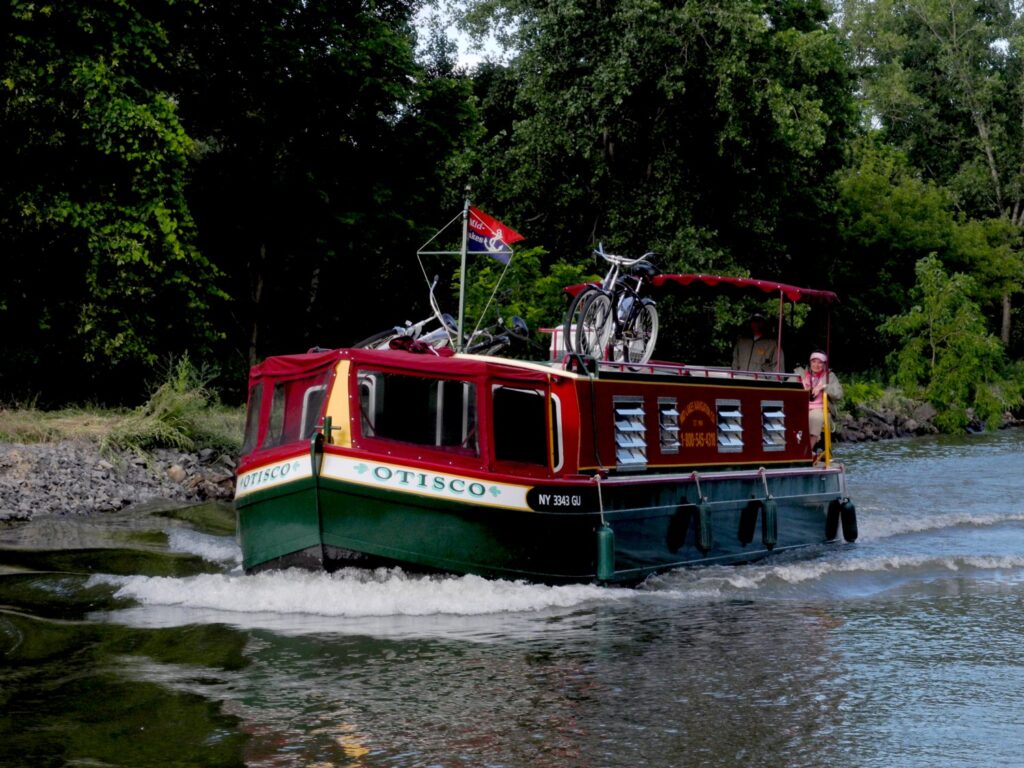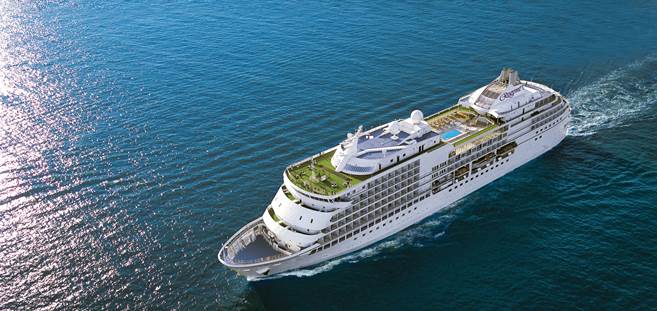
By Karen Rubin, Travel Features Syndicate, goingplacesfarandnear.com
Still looking to trade a ho-hum summer vacation for a memorable adventure? Here are some ideas:
“No Passport” Adventures: 2025 Travel Trend
“No-Passport Vacations” are hot this summer, with American travelers eager to explore incredible destinations right here in the United States. Recent reports show a surge in domestic travel, with 60% of people wanting to see more of their own country.
Here are 10 unforgettable “No-Passport” adventures, from backcountry biking to horseback riding and chasing the Northern Lights (but don’t forget your Real I.D.):
Backcountry Biking in Utah: The Aquarius Trail Hut System offers a backcountry mountain biking experience like no other in the region. A system of five huts furnished with beds, a bathroom, a fully stocked kitchen and solar power has been strategically placed along a 190-mile route through some of Utah’s most scenic backcountry and best mountain biking trails. https://aquariustrail.com/
American Road Trip 2.0: Nothing is more rejuvenating than jumping in your car and heading out on an American road trip, and AdventureGenie is the world’s first AI-powered, end-to-end system for planning one. It offers the most immersive, innovative and intelligent adventure travel planning tools available. Whether starting from a curated GenieTrip or creating a fully customized and personalized journey from your own ideas, AdventureGenie has you covered. https://adventuregenie.com/
Alaska Lodge Adventure: Discover the rugged beauty of Wrangell-St. Elias National Park in Alaska on a guided five-day trip with Adventure Life that combines outdoor exploration with lodge-based comfort. Tour Kennicott Town and learn about its mining history, hike to a hidden lake or across a glacier, try ice climbing, fly into the backcountry for a day of wilderness exploration, and paddle a packraft through pristine waters. https://www.adventure-life.com/alaska/tours/18770/wrangell-st-elias-national-park-lodge-based-adventure

North Rim of Grand Canyon: Providing gently rolling terrain of lung-expanding dimensions, the North Rim has been long-held as sacred ground to hikers and cyclists alike. Escape Adventures is offering a family-friendly, five-day camping and mountain bike adventure that includes riding singletrack to Monument Point, hiking into the canyon on backcountry trails, pedaling across the Kaibab Plateau and conquering the Rainbow Rim trail before descending to Indian Hollow. https://escapeadventures.com/tour/grand-canyon-north-rim-mountain-bike-tour/
Yellowstone Fly Fishing: Take an expertly guided float down the Yellowstone River on one of Flying Pig Adventures’ custom rafts while you enjoy the spectacular scenery, abundant wildlife and world-class fly fishing. Just outside Yellowstone National Park, the upper stretches of the river are lightly fished, but hold large numbers of native cutthroat, rainbow and brown trout. Private access to the river allows guides to take guests where the fish are without fighting the crowds. https://www.flyingpigrafting.com/yellowstone-fly-fishing
Wine Country Weekend: North of San Francisco, the winding Russian River meets the dramatic Pacific coastline, shaping if not sheltering a world all its own. Escape Adventures offers an idyllic three-day road biking tour in this romantic landscape, quilted with a colorful patchwork of old growth redwoods, fruitful vineyards, historic towns and beautiful gardens. https://escapeadventures.com/tour/napa-valley-weekend-road-bike-tour/
Cowboy Up in Montana: Settle in at the Circle Bar Ranch in central Montana for horseback riding and other classic dude ranch adventures. On the ranch’s 520 acres and nearby national forest land, ride a trusty steed through open prairies, across the Judith River or up a ridge for a breakfast cookout, go hiking, try fly fishing, sport shooting or archery, or tour a Yogo sapphire mine by UTV. At the end of the day, enjoy traditional ranch recipes and locally inspired dishes, and cozy accommodations in a historic cabin, the lodge or Ranch House. https://www.circlebarranch.com/
Jackson Hole Tiny House: Fireside Jackson Hole redefines the traditional vacation with its collection of sustainably built, LEED-certified luxury cabins. Experience the intimacy of a boutique hotel and ambiance of a private residence, set within the atmosphere of a wooded campground – all moments away from the majesty of Grand Teton National Park. https://www.firesidejacksonhole.com
Alaska Northern Lights: On Gondwana Ecotours’ Alaska Northern Lights Adventure, guests will get a dose of local culture by day and photograph the Aurora Borealis at night. Highlights of the tour include dogsledding through snowy forests, taking curling lessons from locals, enjoying a meal with homesteaders, soaking in a geothermal hot spring, learning how to photograph the Aurora Borealis, snowshoeing on private land, having tea with a family of reindeer herders and more. https://www.gondwanaecotours.com/adventure-tours/northern-lights-tour-fairbanks-alaska/
Big Sky Summer: In Big Sky, Montana, The Wilson Hotel serves as a basecamp for summer adventures on the edge of Yellowstone National Park. Hike through shaded forests and wildflower-filled meadows, raft or fly fish the clear waters of the Gallatin River, experience the adrenaline rush of lift-served mountain biking, and explore the natural wonders and wildlife of the park. Afterward, enjoy Montana fare at the upscale yet casual Block 3 Kitchen & Bar on site or burgers, sandwiches and entertainment at Tips Up. https://thewilsonhotel.com/
L.L. Bean’s Maine Guided Adventures

The famed adventure retailer now offers inclusive multi-day guided outdoor adventures in Maine. Among them:
Maine Island Lighthouse Birding Trip: Discover a birder’s paradise on a small Maine island, where you’ll rack up sightings during peak migration and spend three cozy nights in a renovated light keeper’s house.
Maine Coastal Inn Kayak ing Trip: Experience the classic coastal Maine combo: an island-hopping kayak adventure in Casco Bay, complete with a memorable stay in an historic seaside inn.
Allagash River Canoe Trip: Paddle through history on this iconic Maine canoe trail, a once-in-a-lifetime experience that leads you through the unspoiled nature of the Allagash Wilderness Waterway.
Maine Island Kayak Camping Trip; Spend your days touring picturesque islands, your nights camping under the stars, and every moment enjoying the unmatched beauty of the Maine coast.
Visit https://www.llbeanoutdoors.com/overnight-trips
Backroads Travel: Summer in Europe—There’s Still Time!
Backroads Travel has a special site dedicated to last minute trips taking off in the next two months. When we checked, there were 24 on the list including:
Denmark Islands Bike Tour of charming harbors, medieval villages and fairy tale castles.
Scotland & England Bike Tour, Edinburgh to the Yorkshire Dales
A new multi-adventure to Bavaria, Tyrolean Alps and the Dolomites Tour, featuring ”peak experiences” in Germany, Austria and Italy
A Basque Country Multi-Adventure Tour, Bibao to San Sebastian and Biarritz
Cinque Terre & Tuscany Walking & Hiking Tour, featuring coastal Italy’s seaside charm and Tuscan villages.
Italian & Swiss Alps Walking & Hiking Tour, Monte Rosa to the Matterhorn and Zermatt.
See more at https://www.backroads.com/award-winning-tours/last-minute-trips
CroisiEurope Focuses on Families for Summer River Cruises at Special Rates
As an independent, family-owned company, CroisiEurope, one of the leading river cruise companies in Europe, has accepted the challenge of planning a holiday that delights every generation. Children crave excitement and adventure, while parents and grandparents seek culture, fine dining, and relaxation. Affordability is also a key issue. The company has designed a series of CroisiFamily and Multi-Generational Cruises to bring families together on unforgettable journeys along the water, with an ideal balance of fun, discovery, and relaxation, and a value proposition.
The CroisiFamily deals include a free or discounted cruise for children up to 16, waived solo supplement, adjacent cabins for family members, adapted menus, the Multi-Generational Offer comes with a 20% discount for 2nd generation and free cruise for the 3rd generation up to 16 years old.
Among the family cruise offerings:
Rhine in the heart of the Black Forest (5 nights: Strasbourg, Rudesheim, Koblenz, Mainz, Rastatt, Strasbourg, featuring a day excursion at Europa-Park, the “world’s best theme park: for the 8th consecutive year, or at Rulantica, a Scandinavian-style water park.
Portugal to Spain: the Douro Valley and Salamanca (7 nights: Porto, Regua, Vega de Terron, Salamanca, Barca d’Alva, Ferradosa, Pinhão, Porto)Andalusia: tradition, gastronomy and flamenco (7 nights: Sevilla, Córdoba, Cadiz, El Puerto de Santa Maria, Isla Minima, Granada, Sevilla)
The Adriatic’s Treasures for the whole Family: Croatia & Montenegro (7 nights: Dubrovnik, Mljet, Korcula, Sibenick, Trogir, Split, Hvar, Vis, Kotor, Dubrovnik)
See more: https://www.croisieuroperivercruises.com/destination/family-cruises, 800 768 7232.

CroisiEurope has just come out with a list of summer cruises it is offering at 20 to 40% off the fare, or no supplement for solo cruisers. These include:
Coastal Cruises: Croatia & Montenegro, 7-nights; Splendors of the Northern Adriatic Sea, 7 nights;
Southern Europe: Timeless Venice, 5 nights; Andalusia: Tradition, Gastronomy & Flamenco, 7-nights;
France: From Lyon to the tip of Provence, 6 nights; All the must-see sites on the Rhone between Lyon, Provence, and Camargue, 6 nights; Cruise through the Aquitaine Region from Bordeaux to Ryan, 6 nights;
Northern and Central Europe: Best of the Netherlands, 5 nights; Prague, Dresden and the Castles of Bohemia, 6 nights; The Beautiful Blue Danube, 7 nights; Discover the greatest cities along the Danube, 5 nights;
Contact your travel agent or call 800 768 7232, email: info-us@croisieurope.com, www.croisieuroperivercruises.com.
Global Family Travels
Mission-driven experiential travel company, Global Family Travels, is dedicated to providing authentic community-based Learn, Serve and Immerse travel experiences as means to foster cross-cultural understanding, destination stewardship and better global citizens.
“In partnership with community organizations and nonprofits, we apply regenerative tourism principles to develop community-based travel experiences which address environmental and societal challenges in the destinations we work in,” says founder Jennifer Spatz. “Our ultimate vision is to unite humanity and nature, and inspire travelers to take responsibility for the challenges and opportunities facing our increasingly inter-connected planet” – a very innovative idea when the company launched 15 years ago.
“Long before ‘regenerative travel’ was in vocabulary, we put the destination’s needs at the heart of the tourism experience – what locals concerned about.” She designs itineraries around the United Nations’ Sustainable Development Goals and partners with nonprofits, community based organizations.
“Responsible, respective travel means more authentic engagement and collaboration with local communities,” she said. “We do due diligence to choose carefully which NGOs [non-governmental organizations] to support.”
Family & Custom Travel Experiences: Purpose-driven trips rooted to Learn, Serve & Immerse, tailored for families (in most cases, itineraries accommodate children as young as 8) and private groups, designed to foster cultural understanding and global citizenship. These immersive journeys often include community engagement, hands-on service learning, and meaningful community interactions.
I am eyeing Global Family Travels’ family-friendly trips to Costa Rica. “Few destinations offer the fascinating abundance of this coastal country, both from a family friendly and an eco-tourism perspective. Costa Rica hosts more than 5 percent of the world’s biodiversity even though its landmass only takes up .03% of the Earth’s surface. The entire country is smaller than Lake Michigan. Meaning, it’s a place where travelers can easily see and experience a great deal during a visit.” The trips are tailored to offer a mix of cultural activities and participation in local service projects aimed at helping local conservation initiatives and improving the lives of people in the communities visited. (https://www.globalfamilytravels.com/post/costa-rica-conservation-learning-family-adventures)
Other popular programs:
Panama: participate in sea turtle conservation, cultural activities, marine ecosystems, and community based solutions
Peru: learning from Quechua elders and farmers, focus on traditional agriculture, environmental stewardship.
Educational Student Travel Programs: Transformative learning journeys for schools, universities, and youth groups that integrate academic themes with real-world experiences—ranging from climate action and biodiversity to cultural heritage and social justice.
Another category, geared more to adults is Wellness & Retreat Travel: Mindful retreats that combine yoga, healing practices, and connection to nature, designed to nurture personal growth and spiritual renewal. Popular destinations include Ladakh, Peru, and the Pacific Northwest.
In addition to scheduled programs, Global Family Travels offer:
Family GAP Year and Extended Travel Planning – planning an extended journey filled with cultural immersion experiences.
Travel Advisor Services: custom trip planning for families, multi-generational travel, individual adventurers, or spiritual seekers.
Destinations run A-Z, from: Africa, Bali, Belize, Bhutan, Bolivia, Chile, China,Costa Rica,Cuba,Ecuador, Galapagos Islands, Iceland, India, Indonesia, Japan, Ladakh, Mexico, Rwanda, Scotland, Thailand,Vietnam, Zimbabwe.
Global Family Travels.com, 425-371-7143, info@globalfamilytravels.com, globalfamilytravels.com
Join an Earthwatch Expedition to Assist Climate Researchers
Earthwatch is another company that offers programs that turn a summer vacation into a meaningful, impactful experience. It is one of the first companies that enables “citizen scientists” to join actual climate and environmental protection and conservation research projects.
“Since its founding in 1971, Earthwatch has been taking action to address global change through a time-tested model of citizen science and community engagement. By pairing volunteers from all sectors of society with researchers around the world, Earthwatch teams have helped to safeguard critical habitats, conserve biodiversity, and promote the sustainable use of natural resources.”
Earthwatch is working in nearly 30 countries and currently supporting more than 40 research projects globally
Named a top Sustainable Travel Tourism Organization, find the various expeditions you can join at https://earthwatch.org/expeditions/browse.
_____________________________
© 2025 Travel Features Syndicate, a division of Workstyles, Inc. All rights reserved. Visit goingplacesfarandnear.com and travelwritersmagazine.com/TravelFeaturesSyndicate/. Blogging at goingplacesnearandfar.wordpress.com and moralcompasstravel.info. Visit instagram.com/going_places_far_and_near and instagram.com/bigbackpacktraveler/ Send comments or questions to FamTravLtr@aol.com. Bluesky: @newsphotosfeatures.bsky.social X: @TravelFeatures Threads: @news_and_photo_features ‘Like’ us at facebook.com/NewsPhotoFeatures






